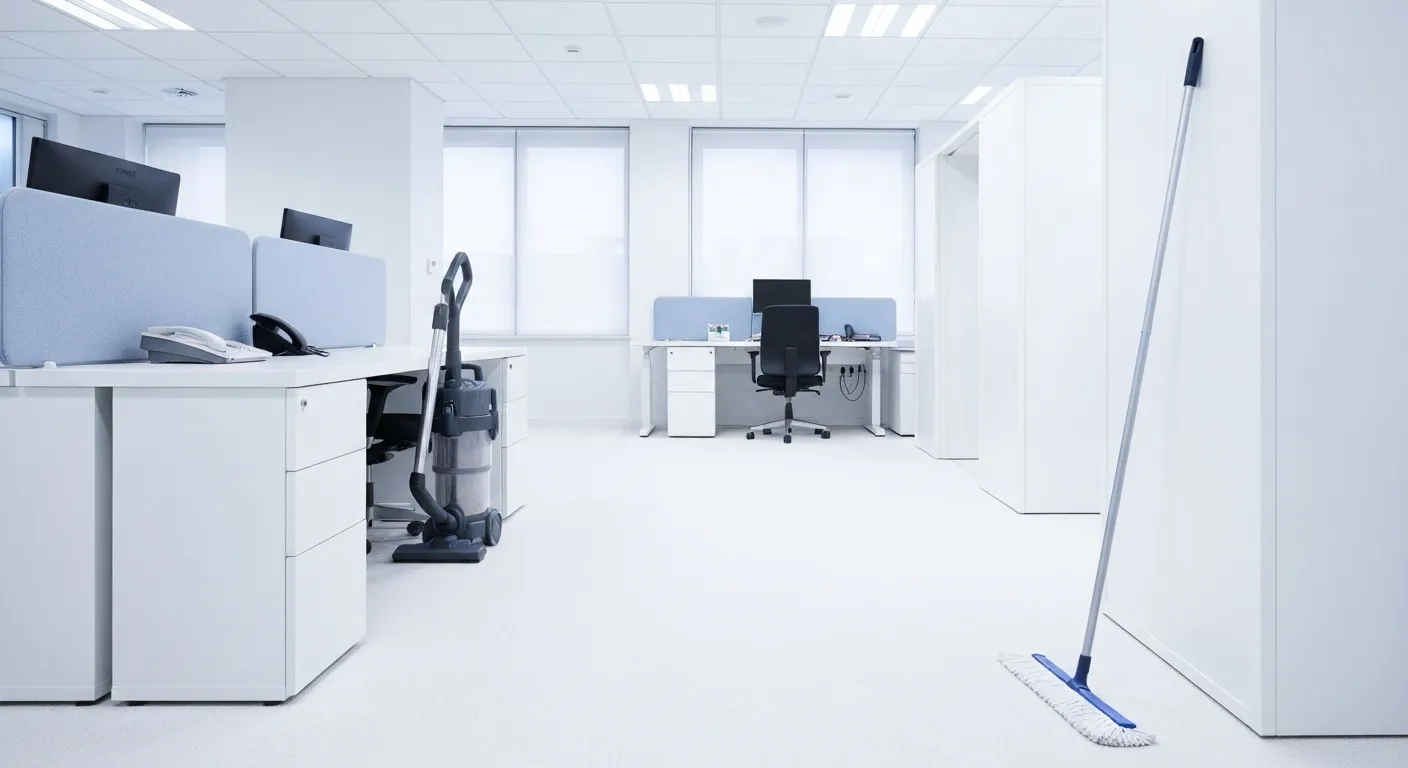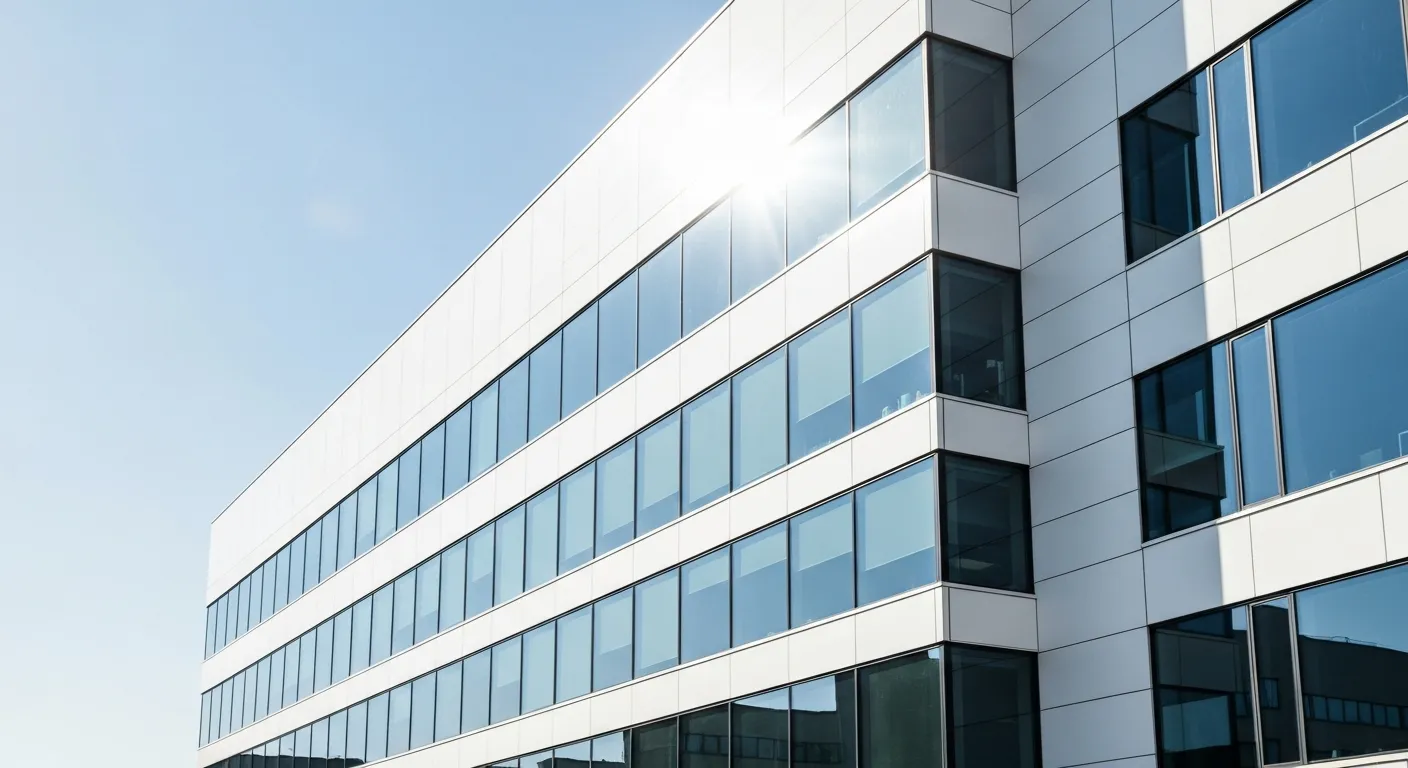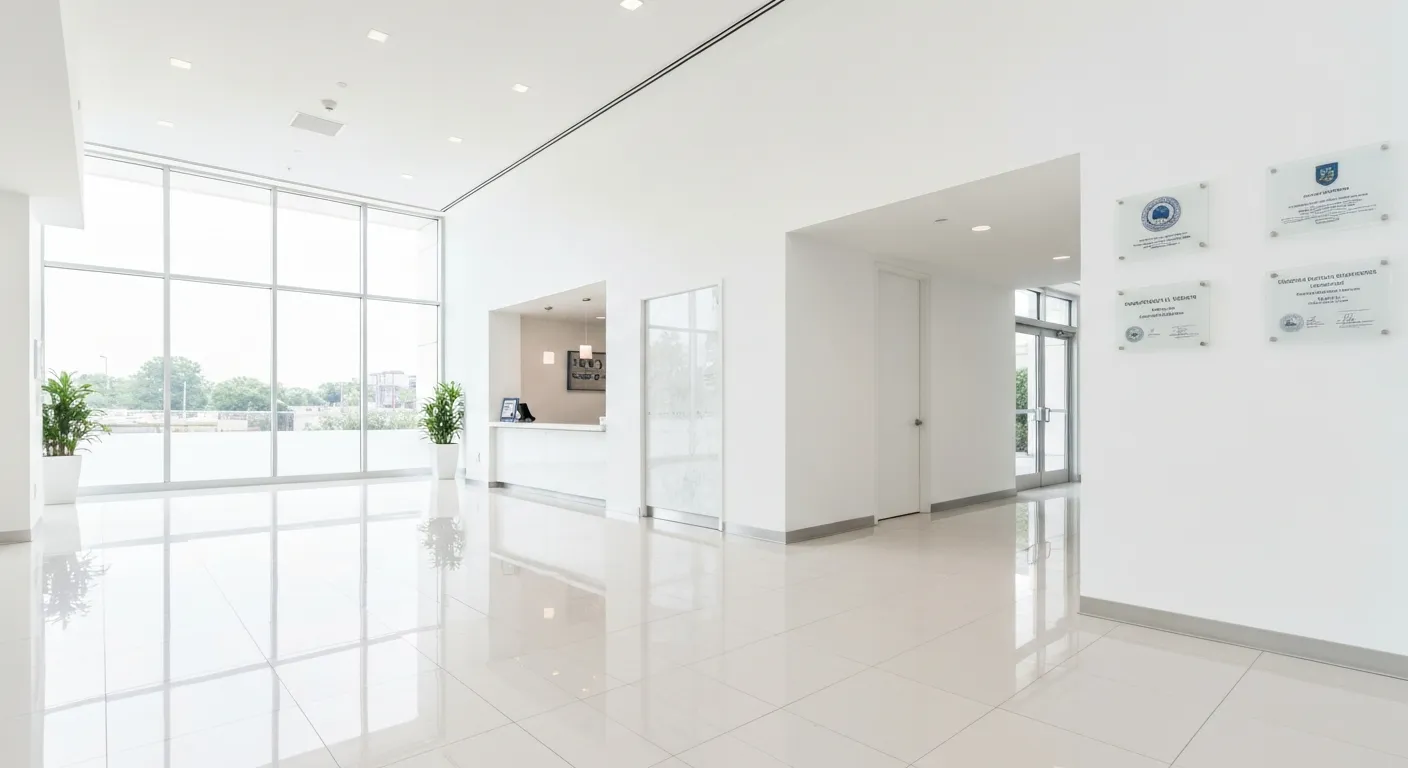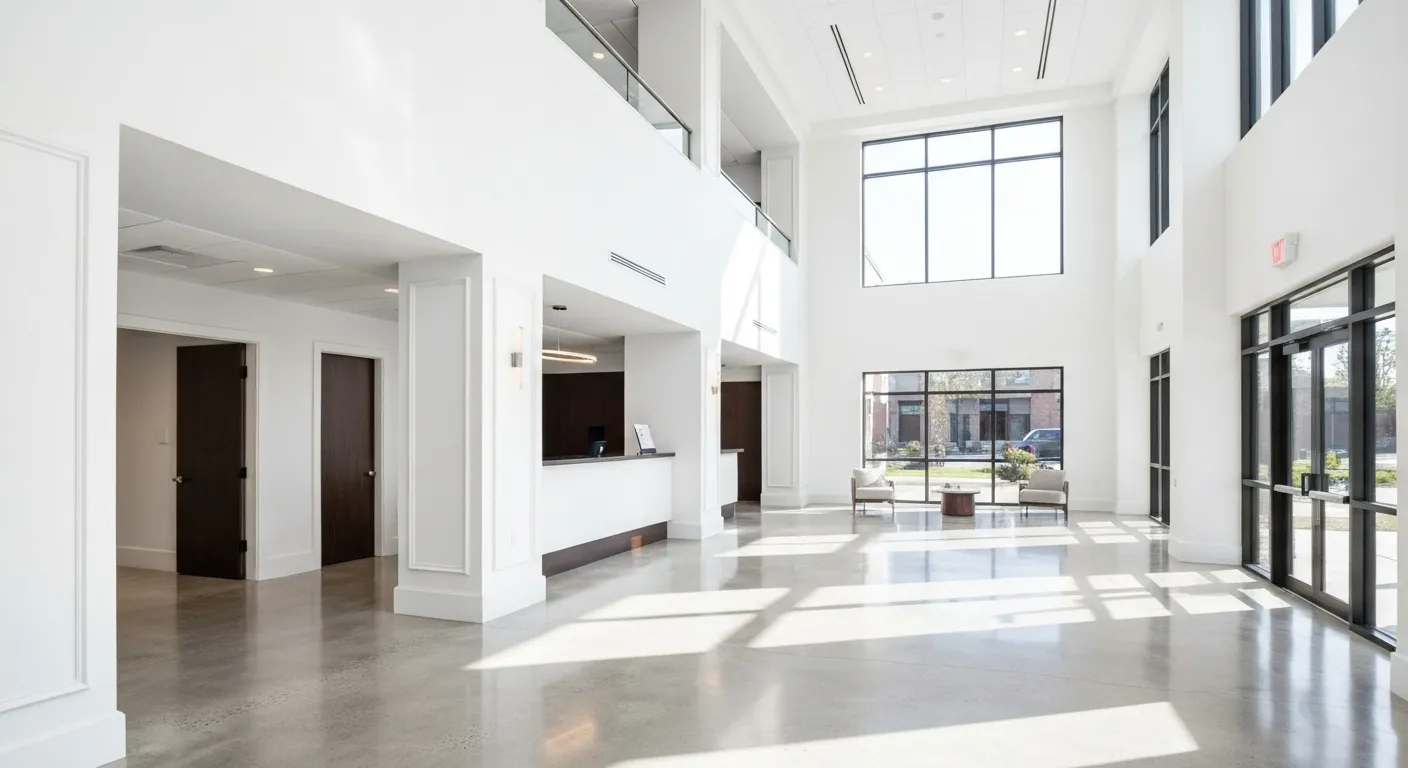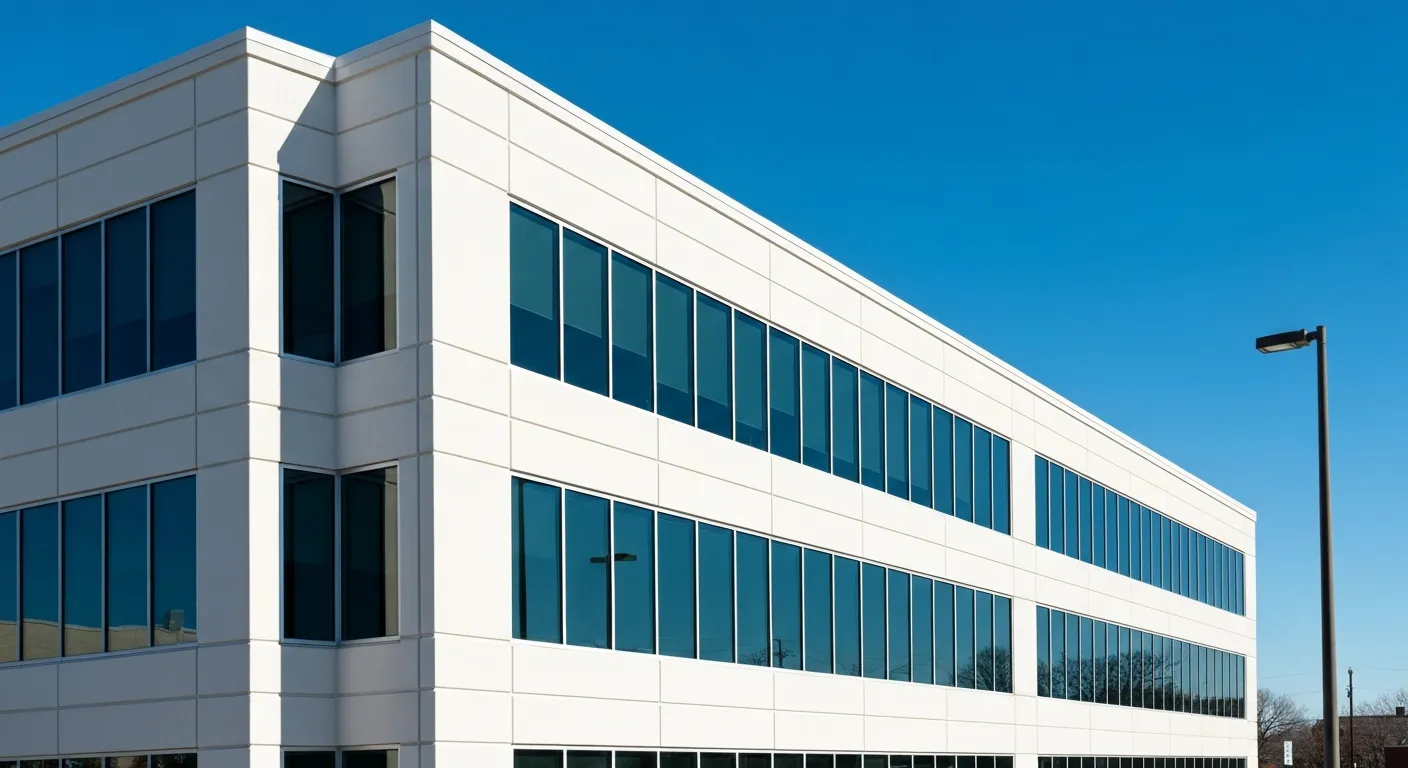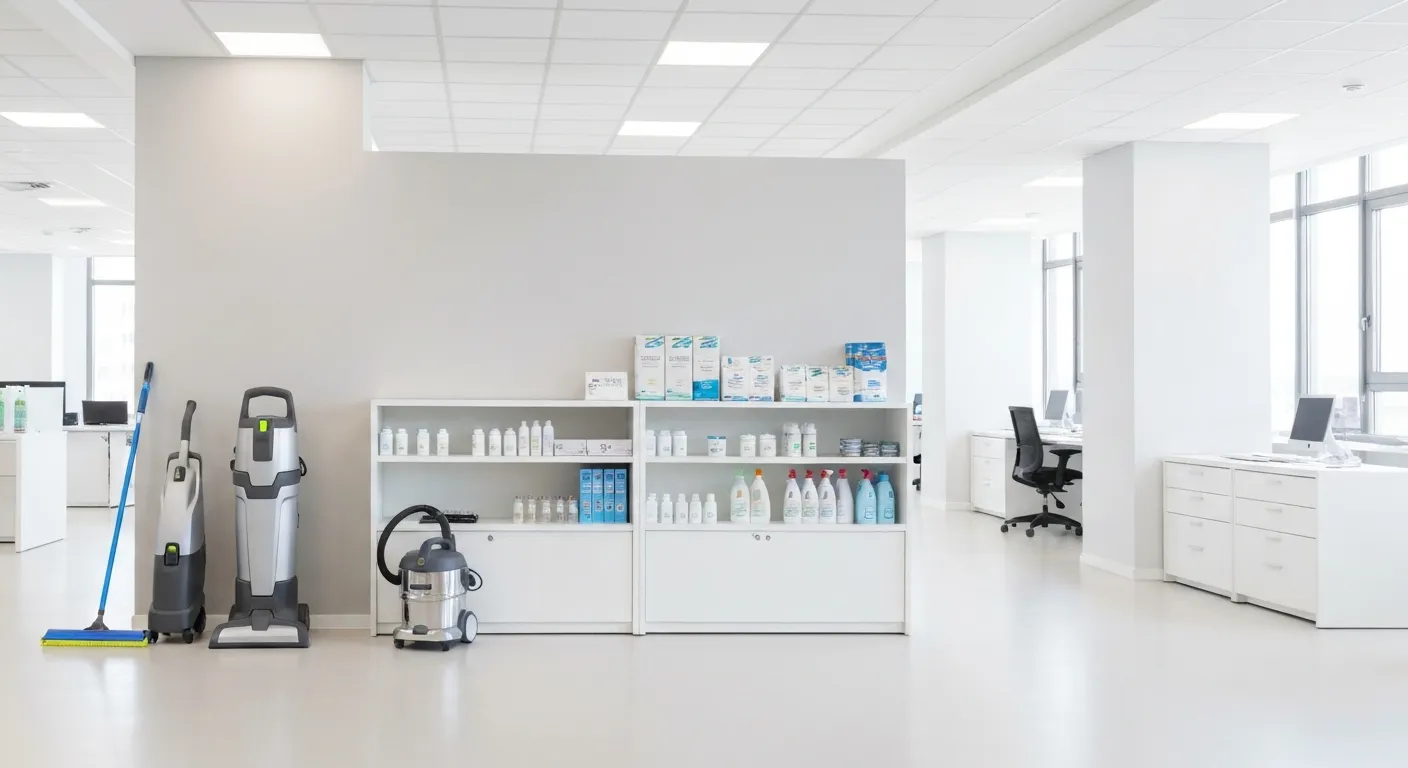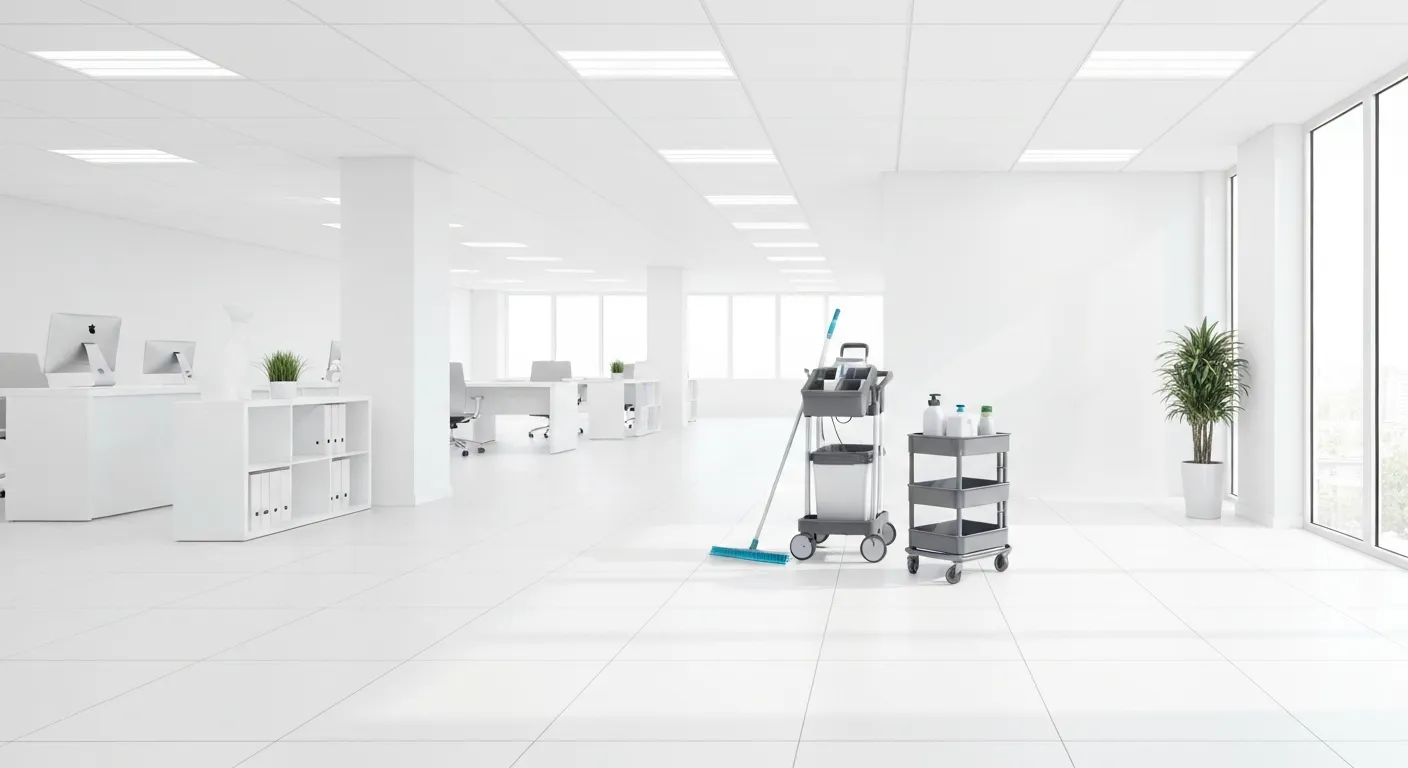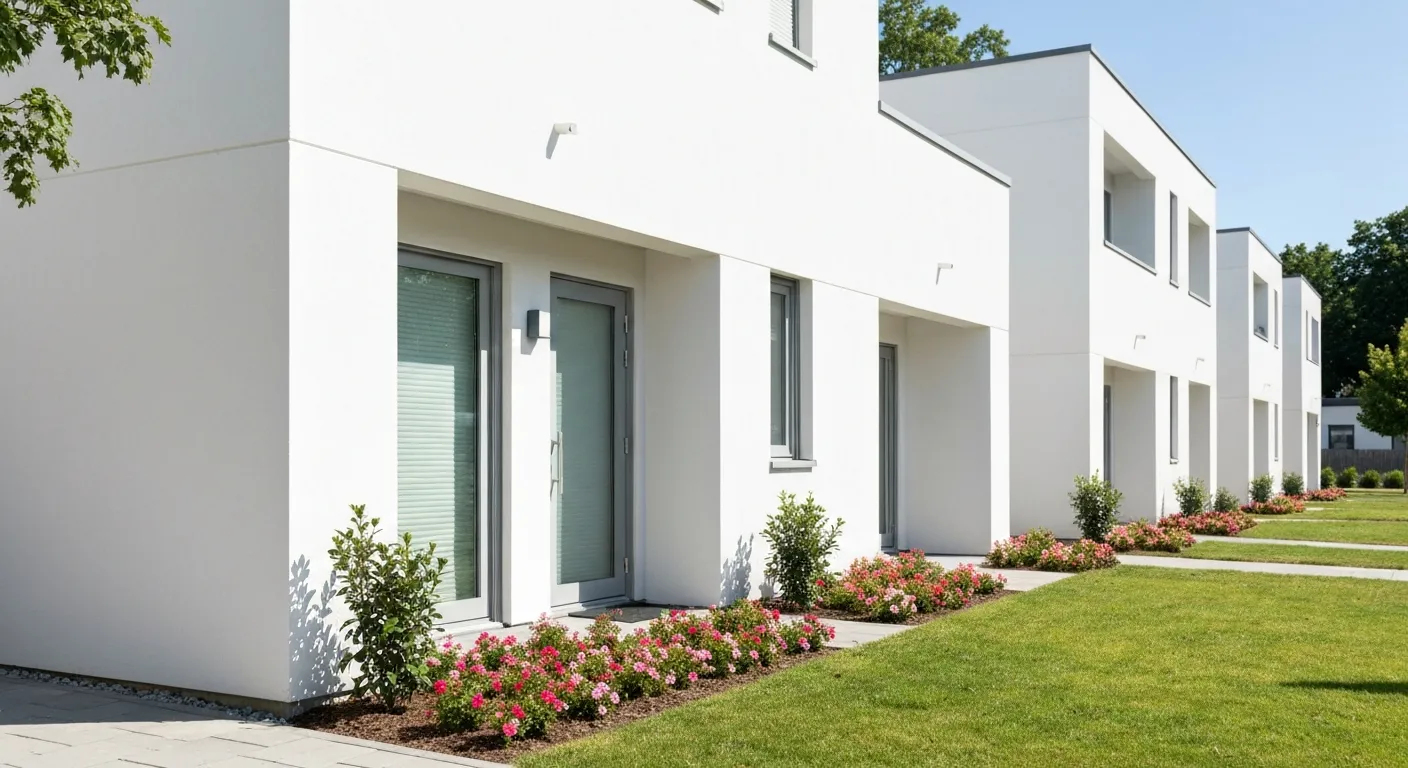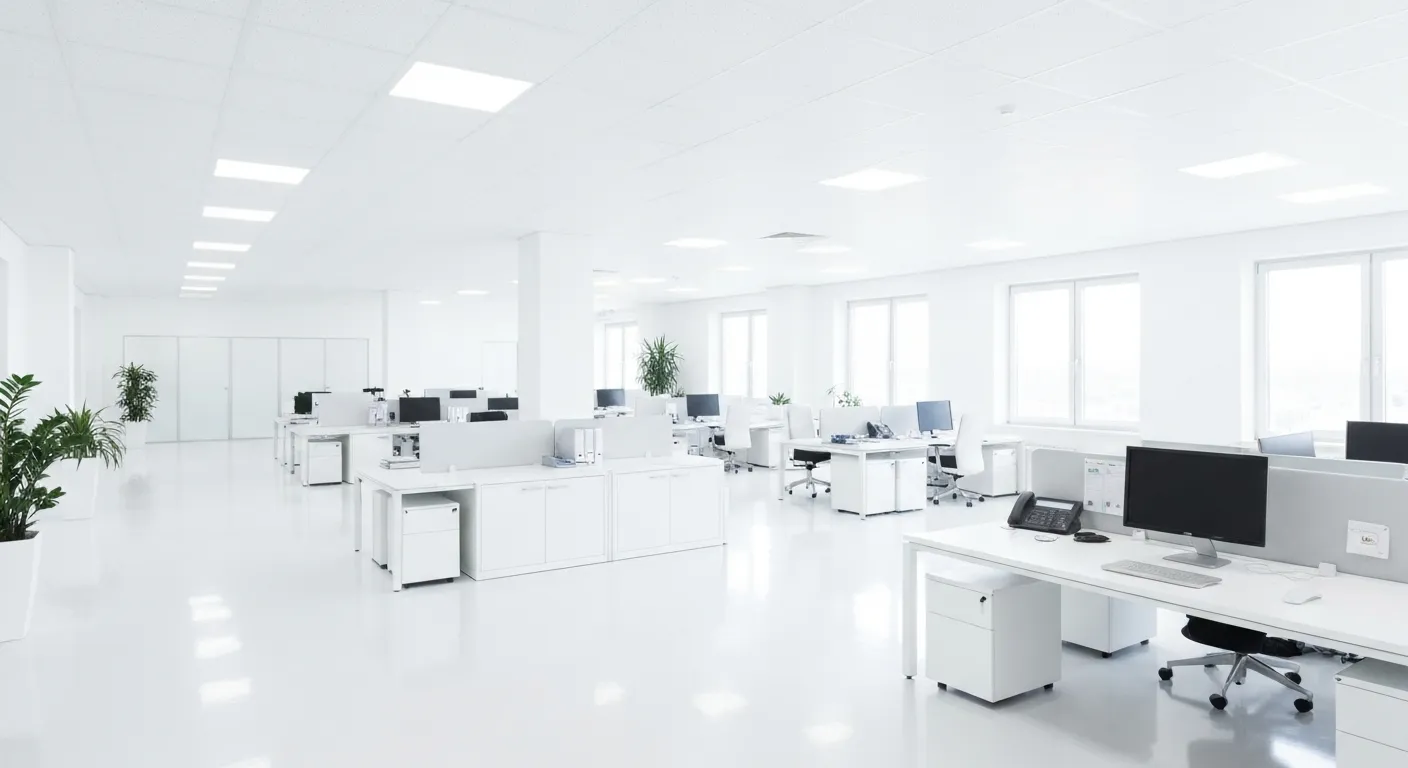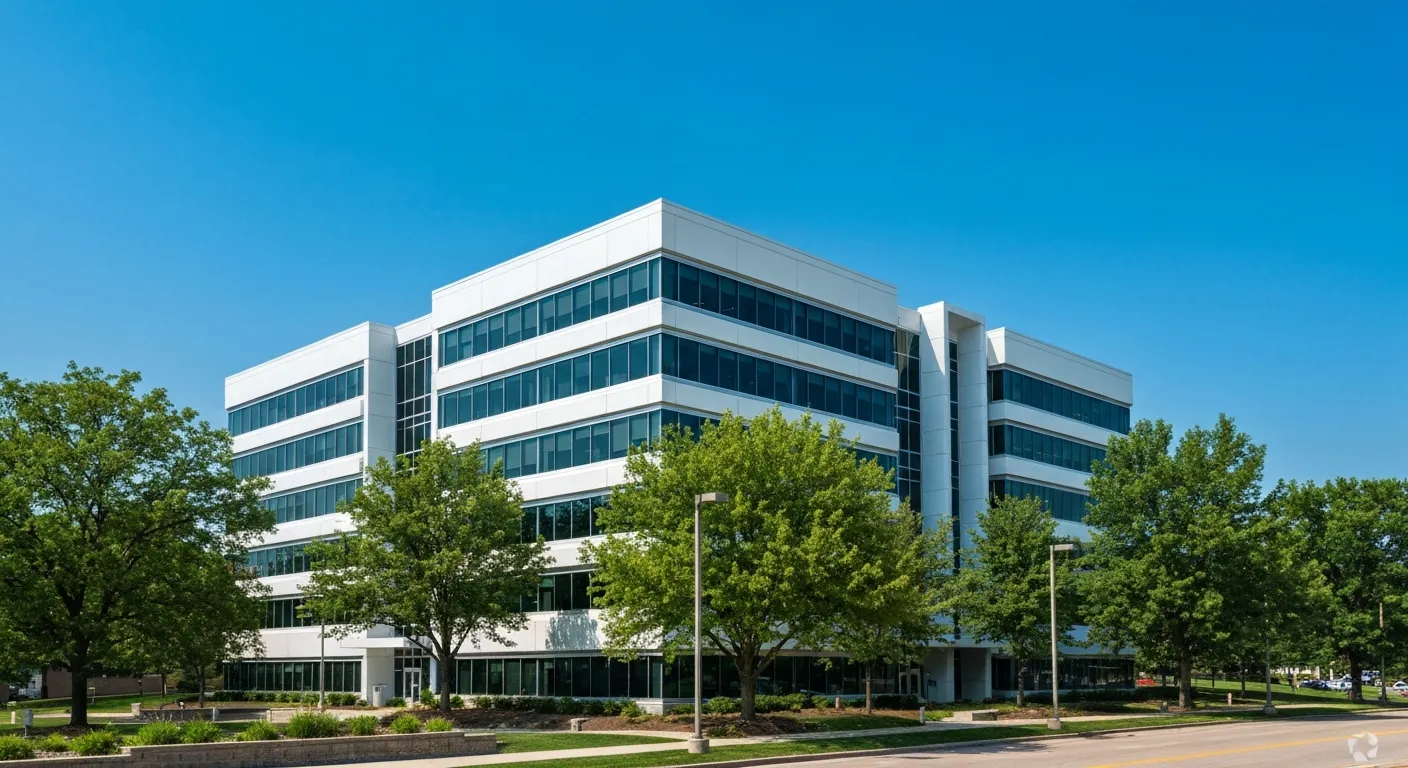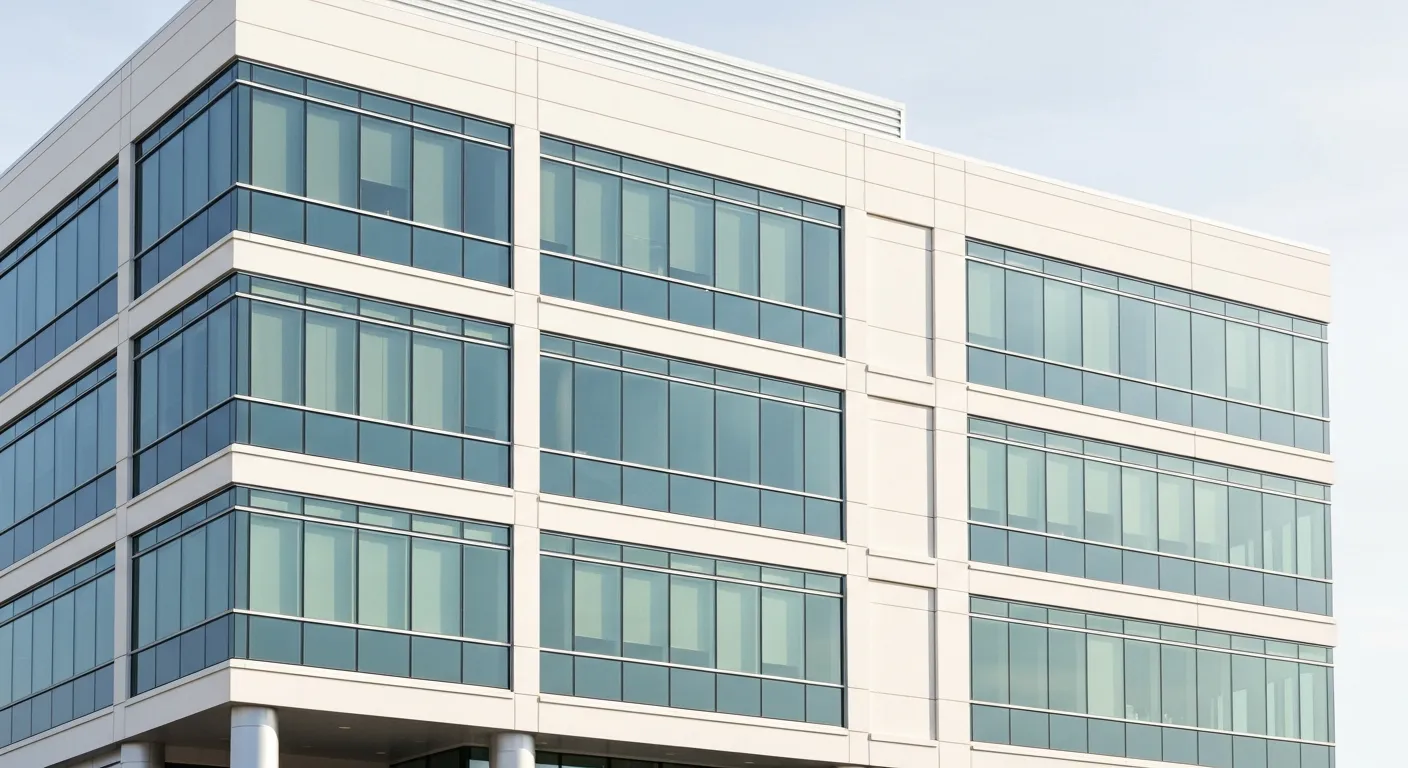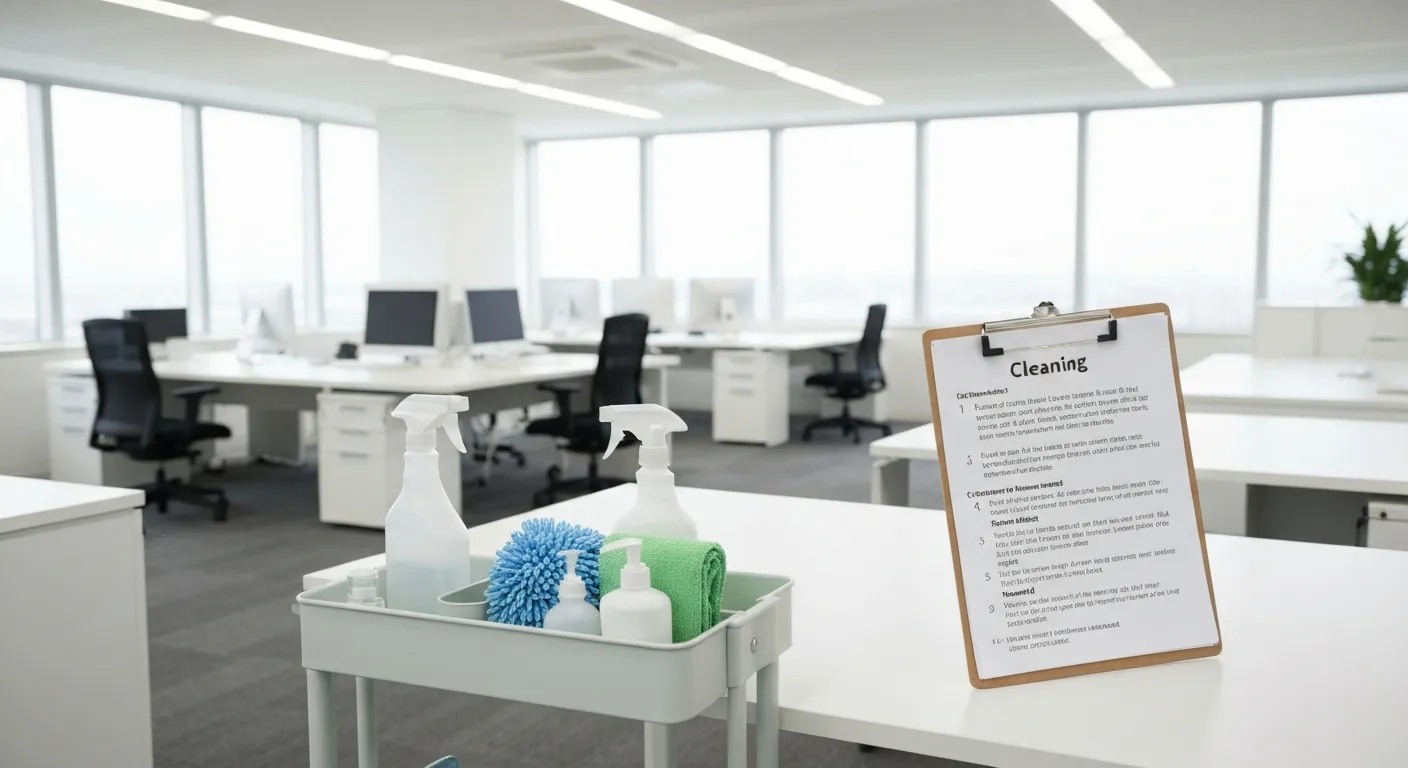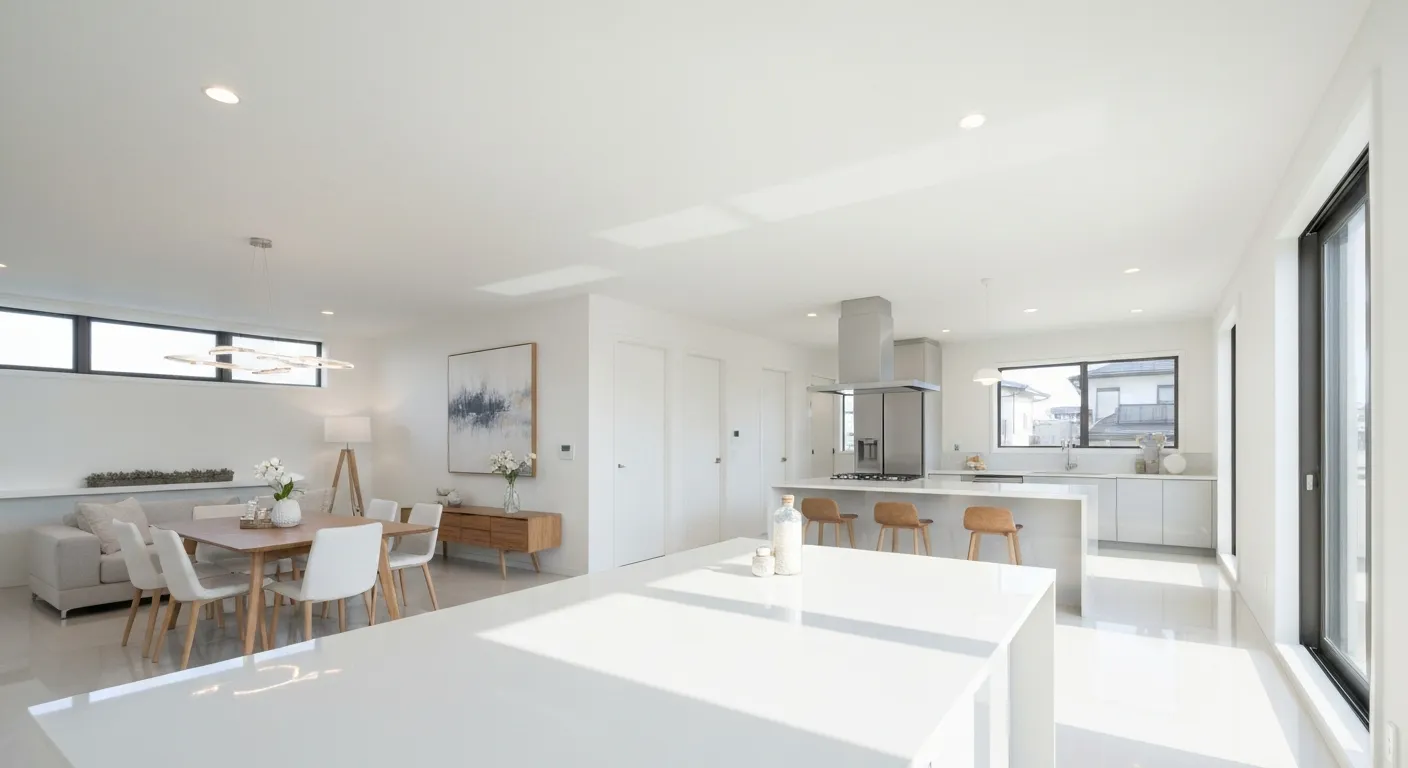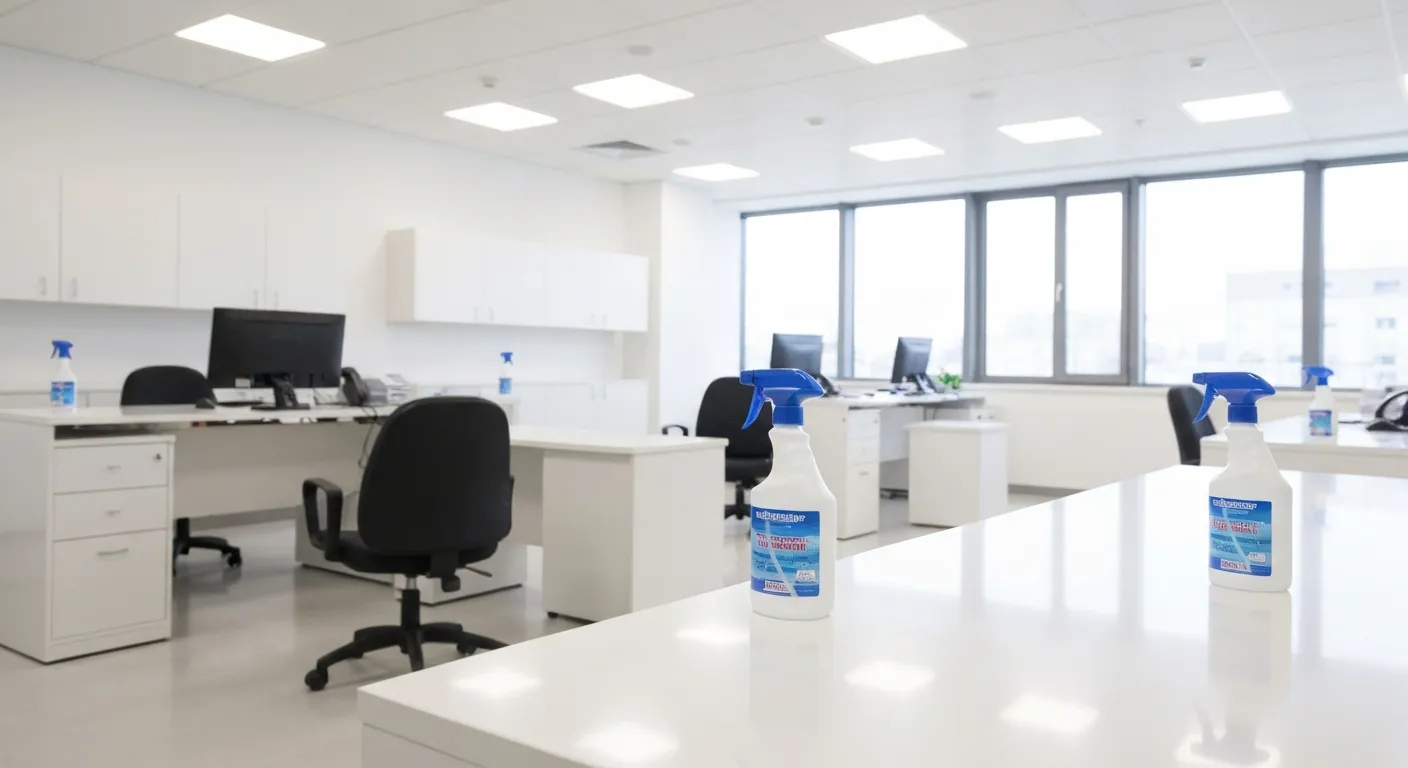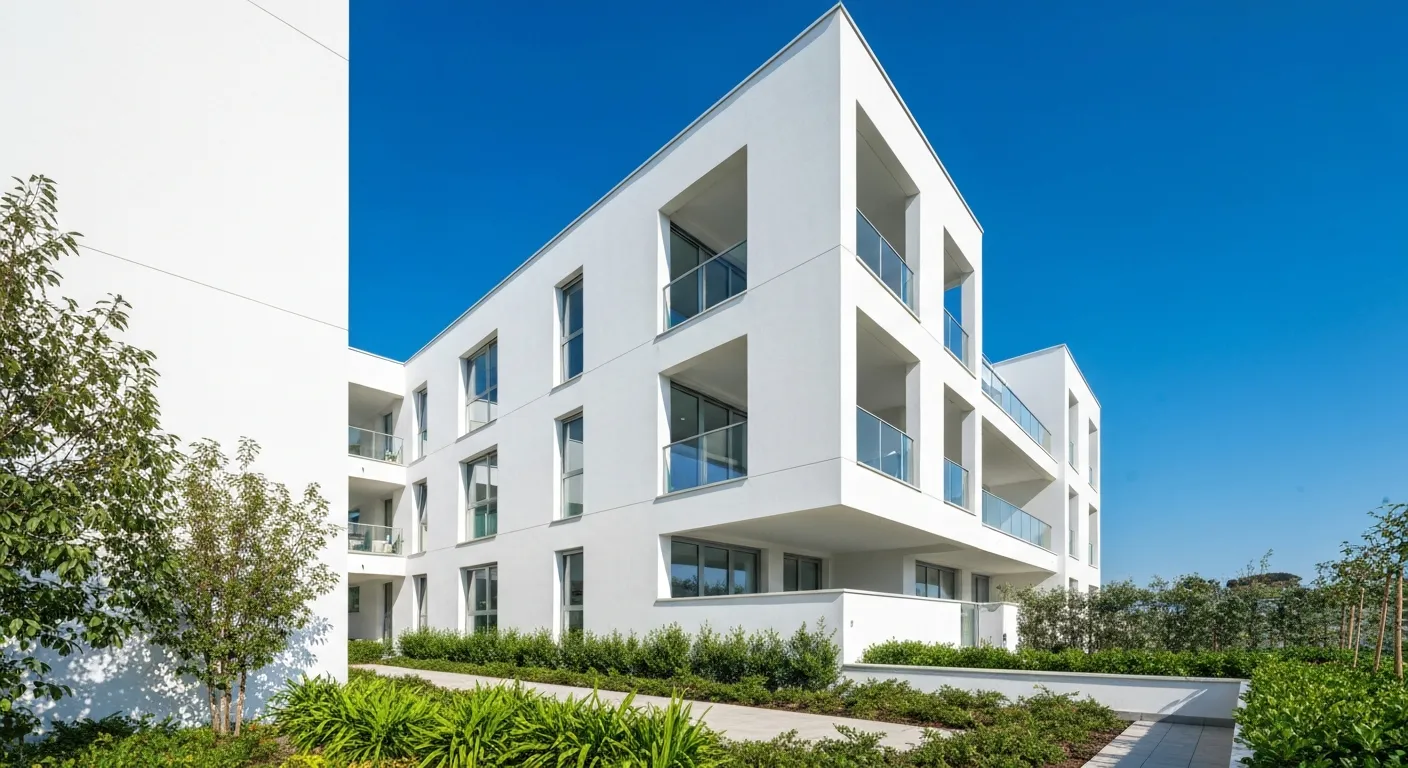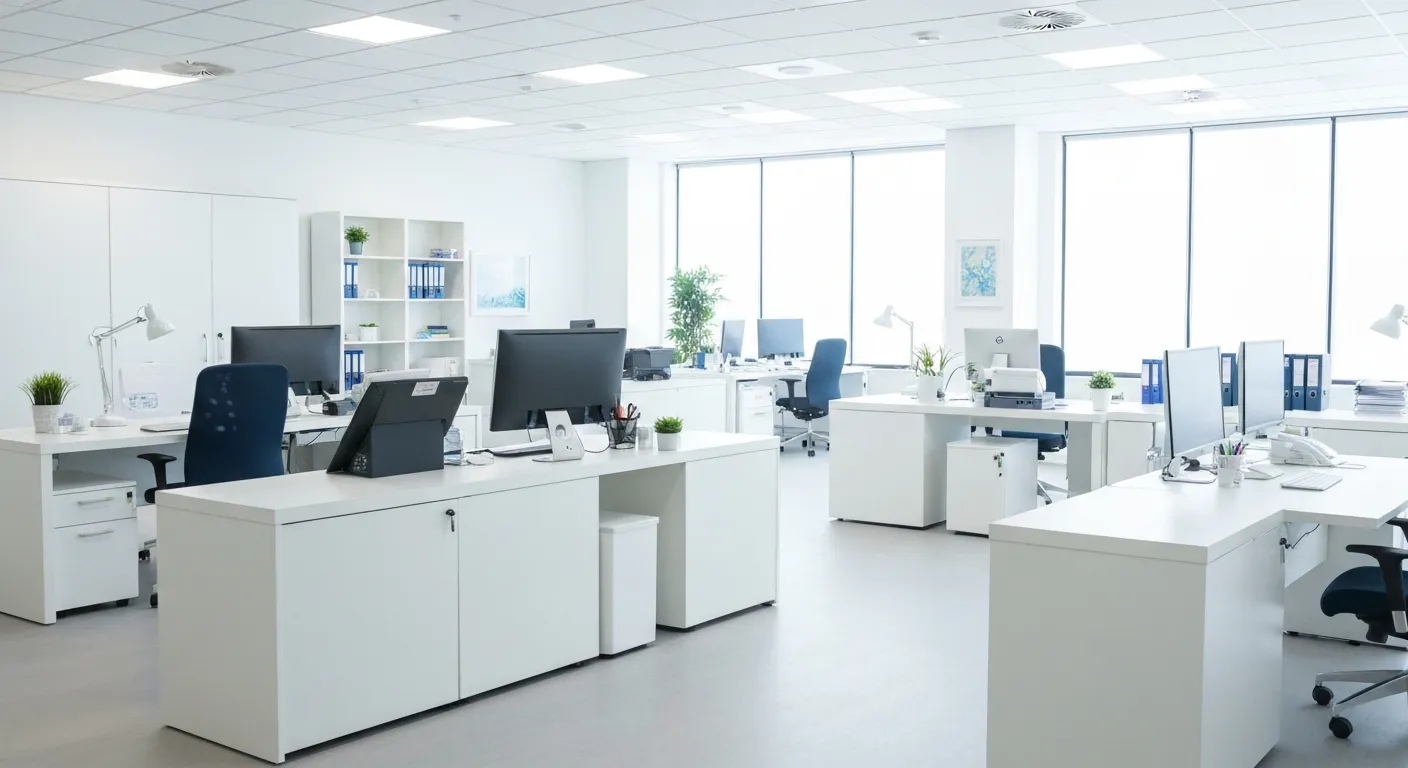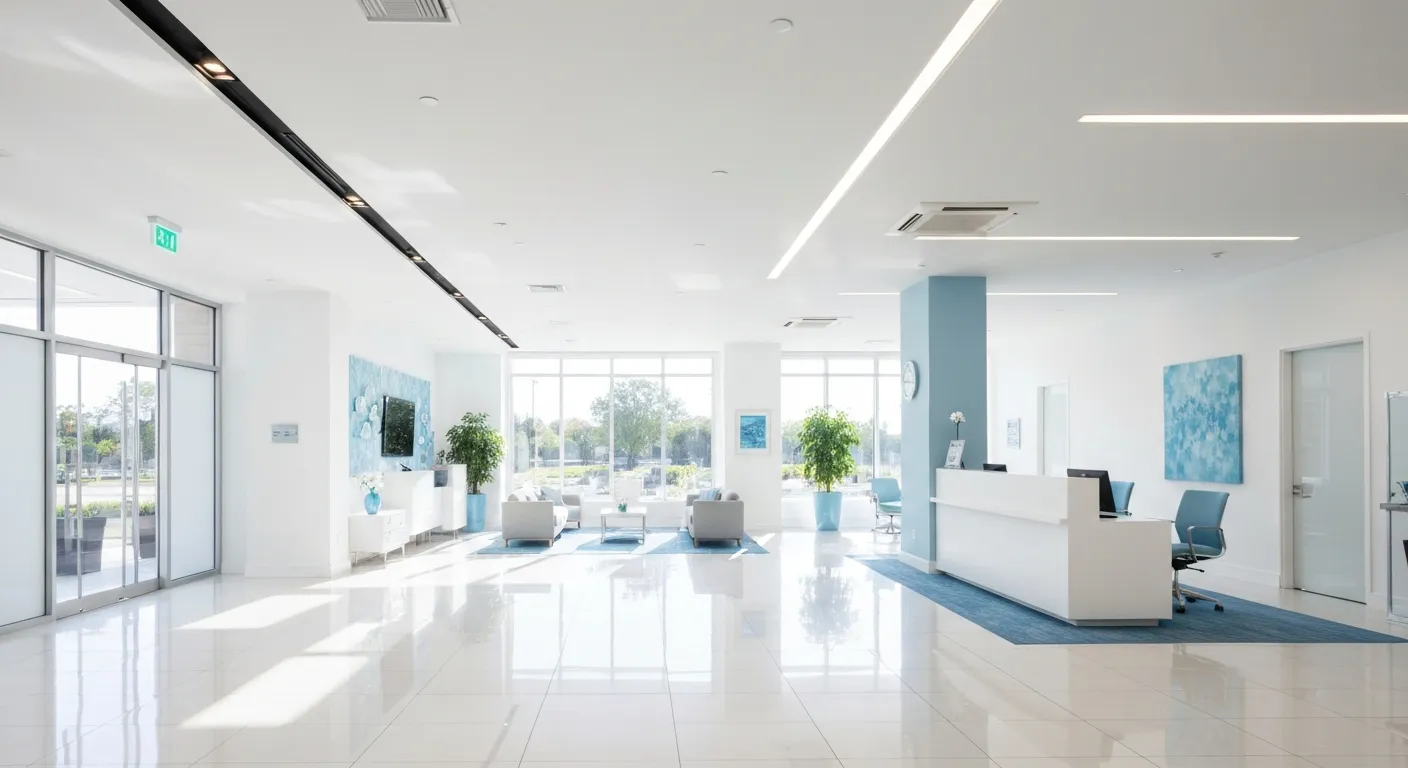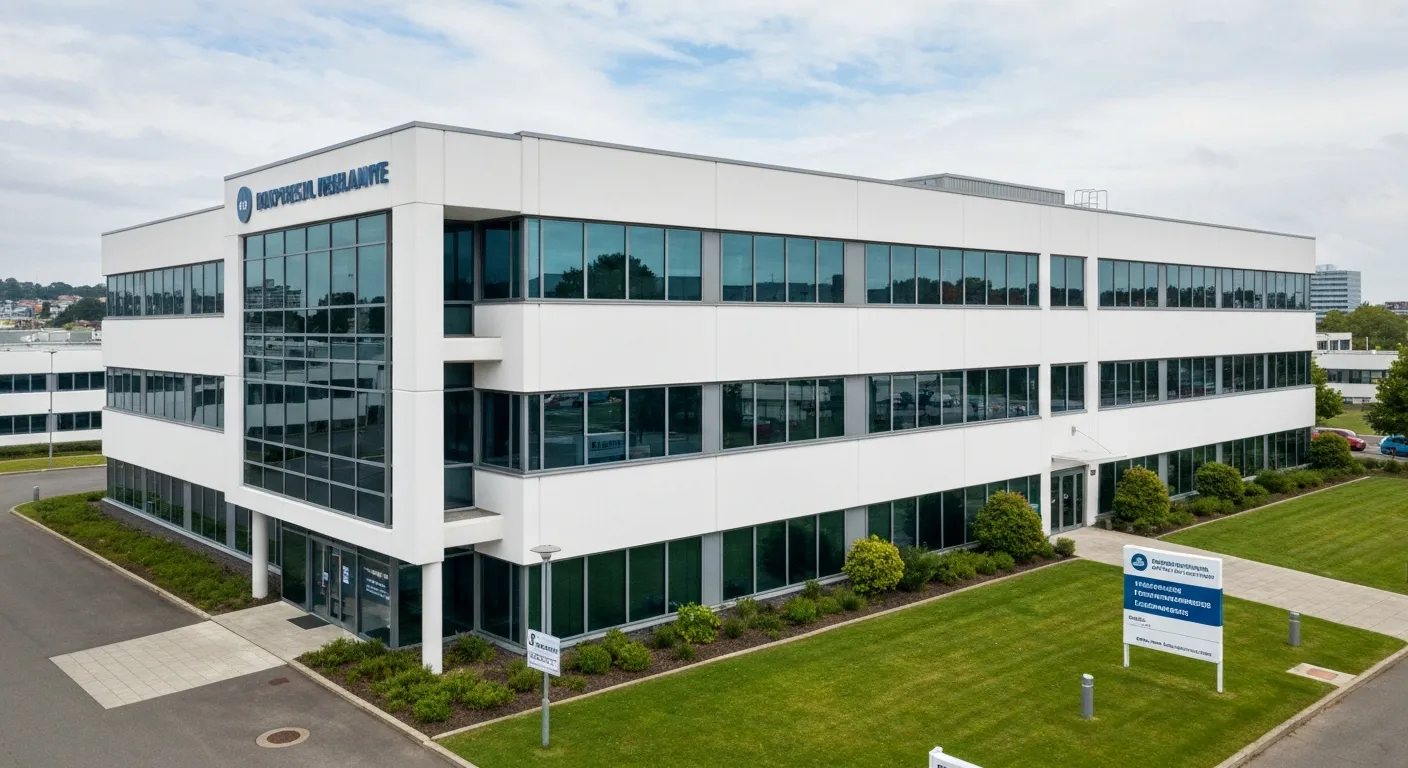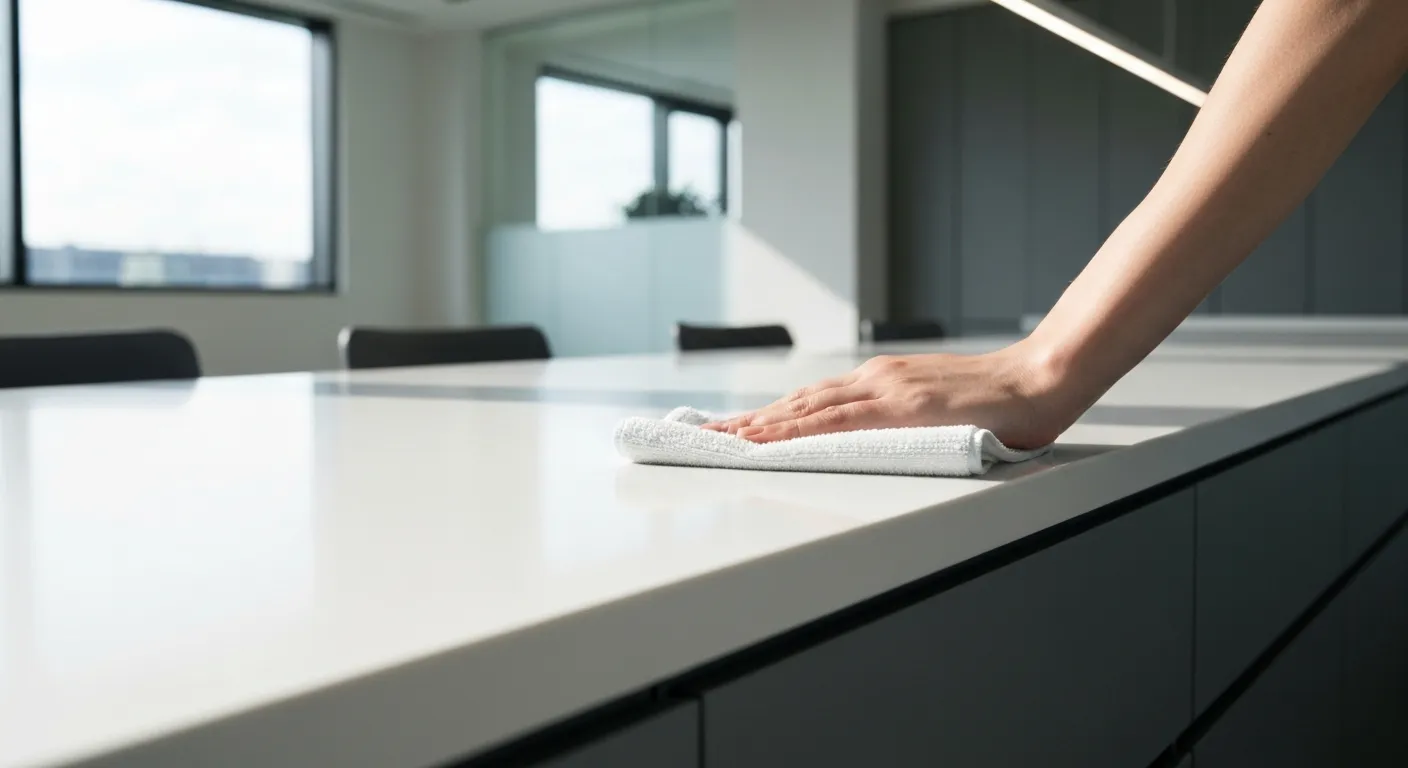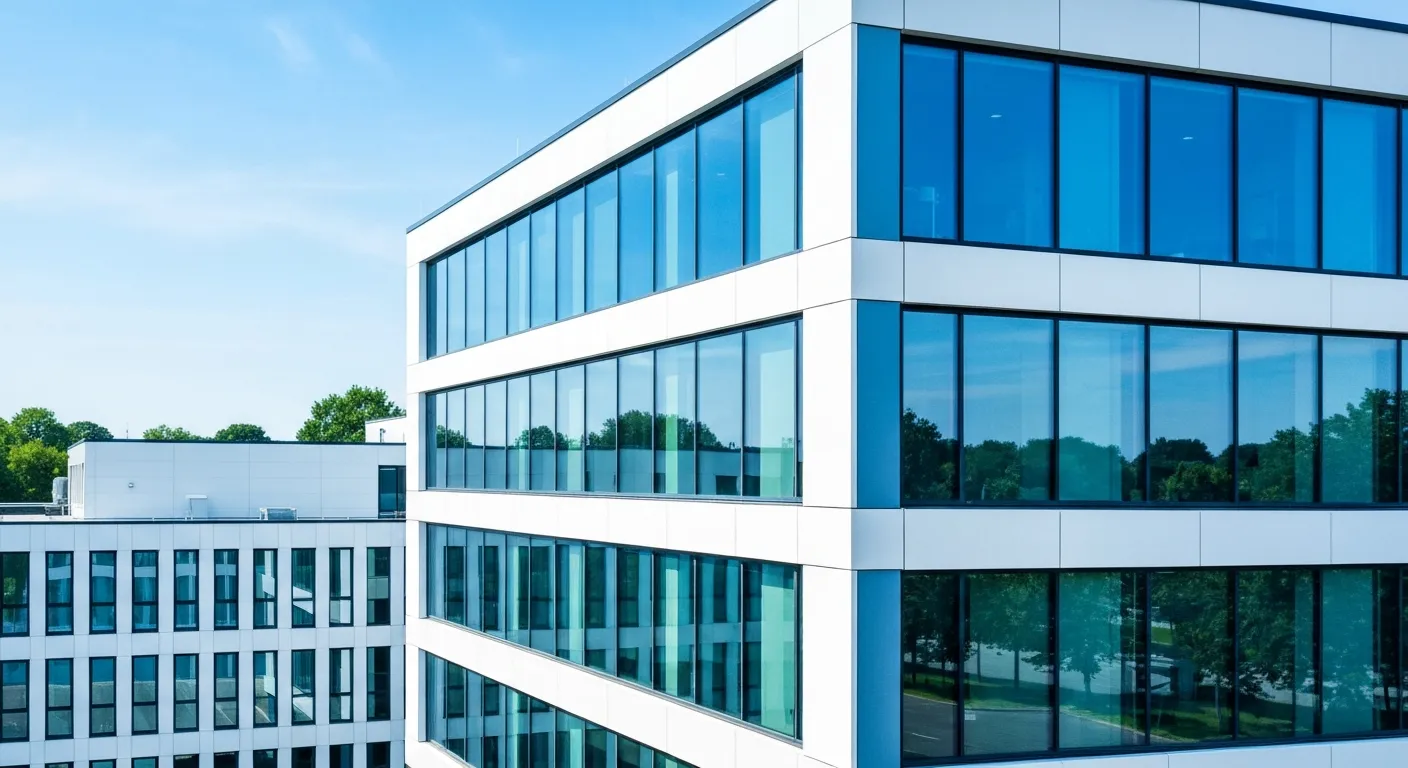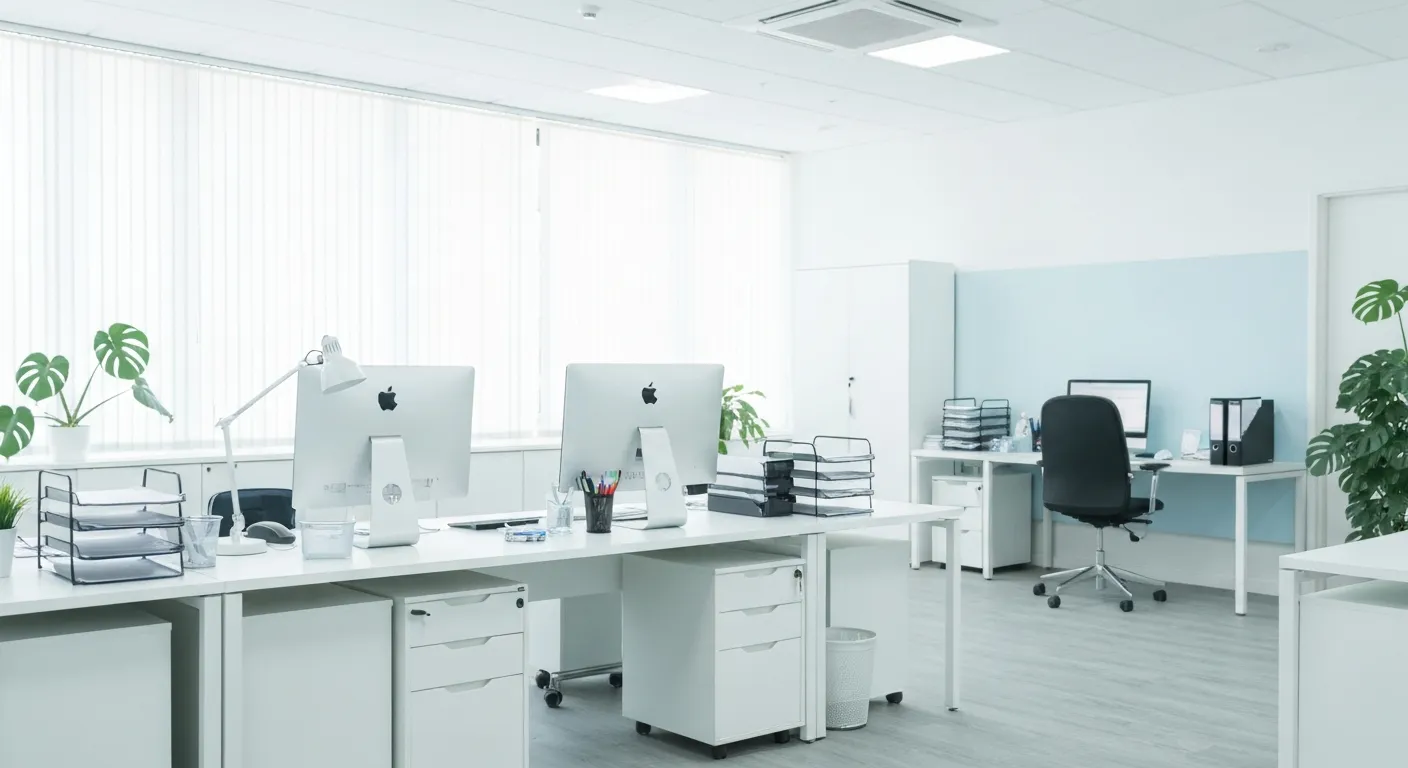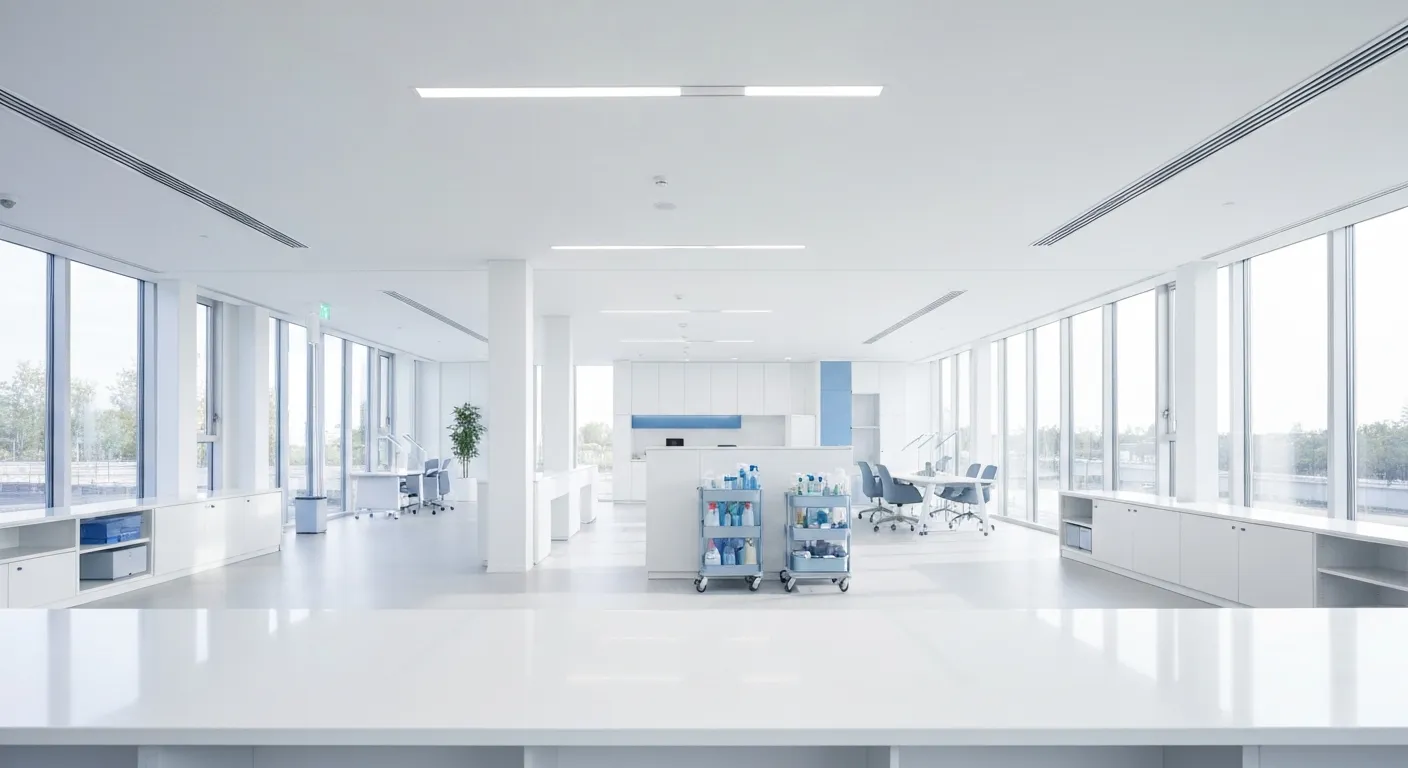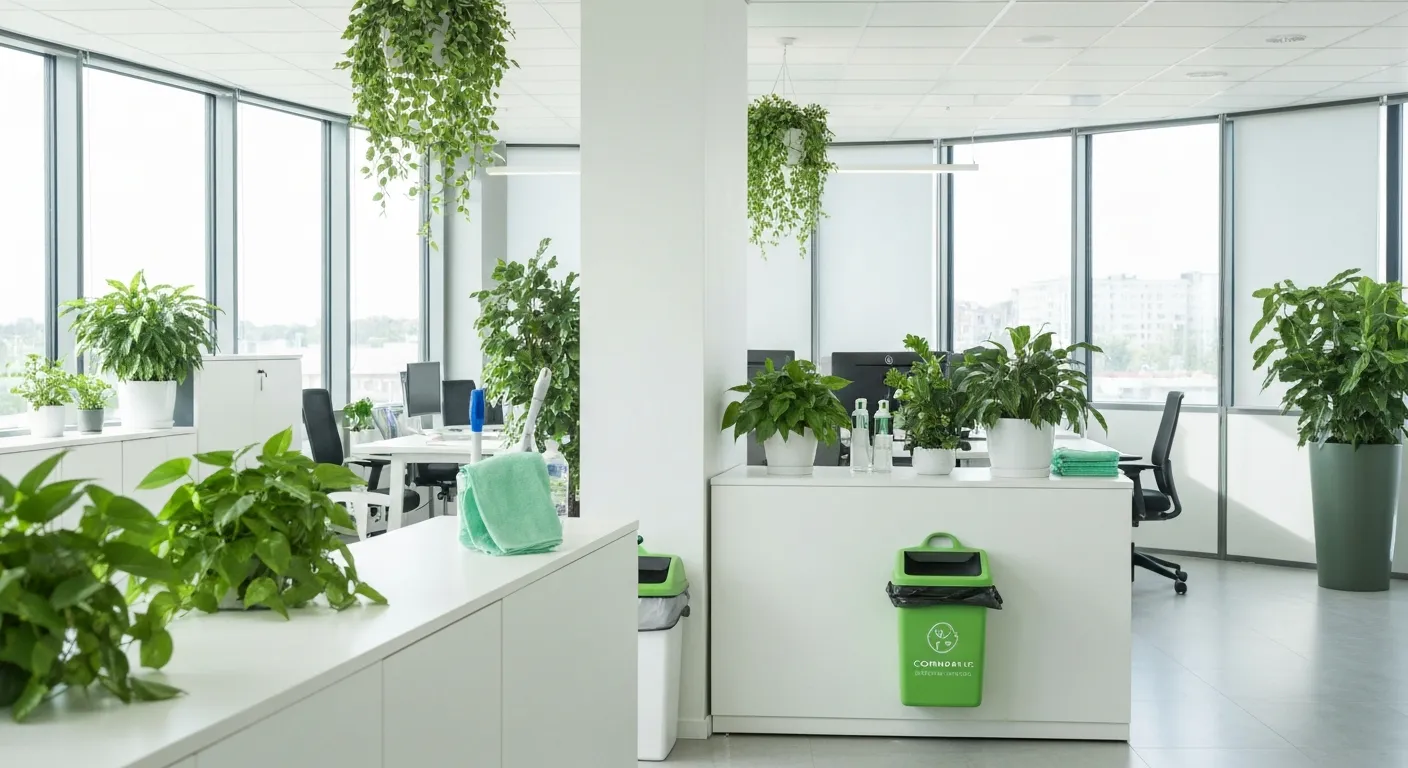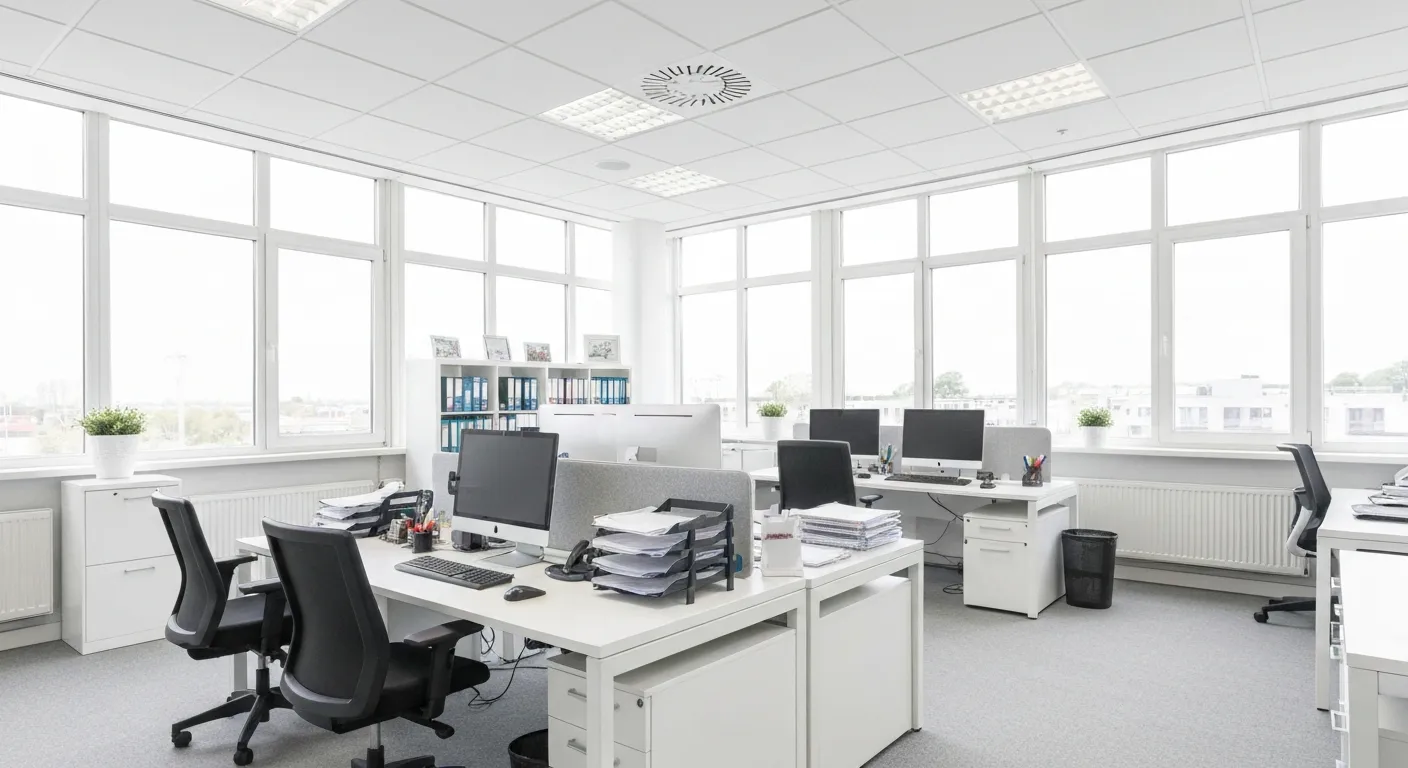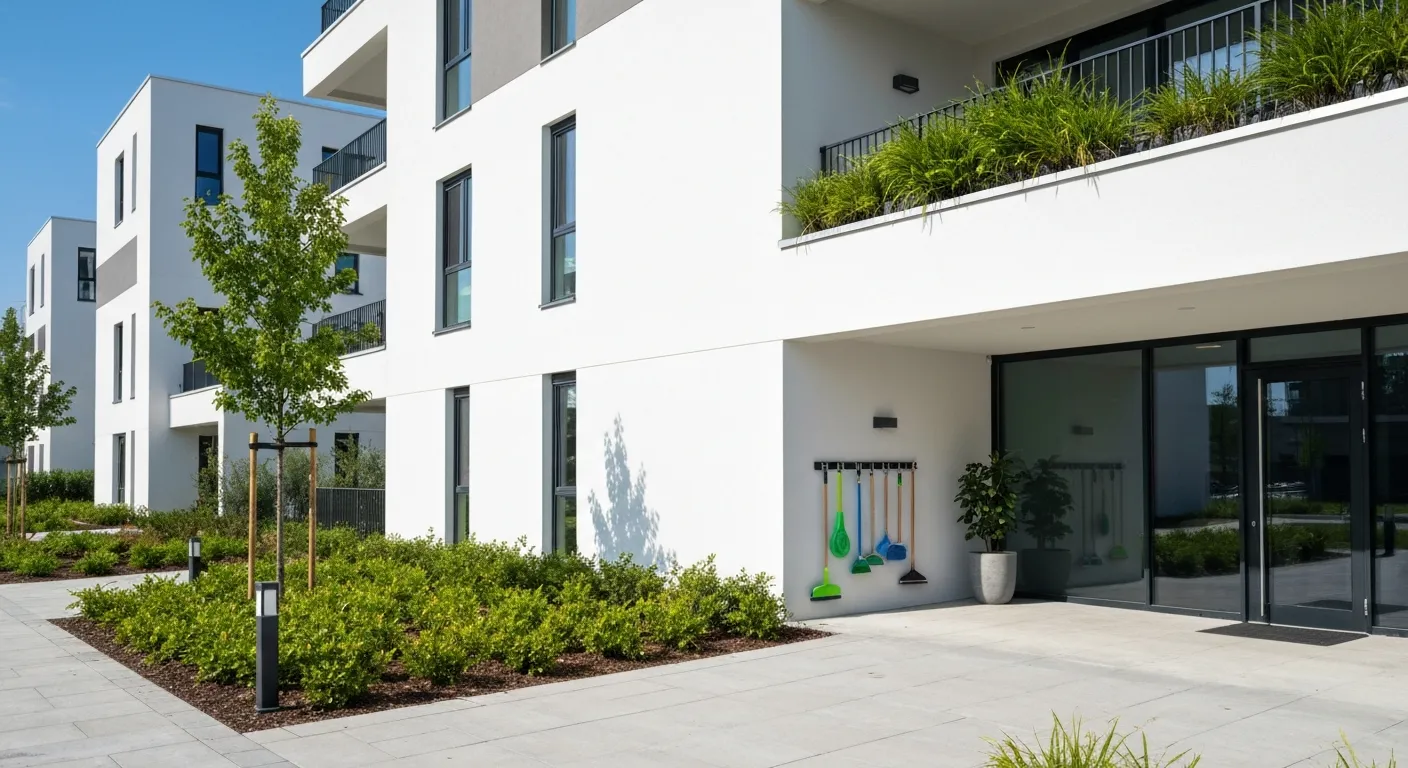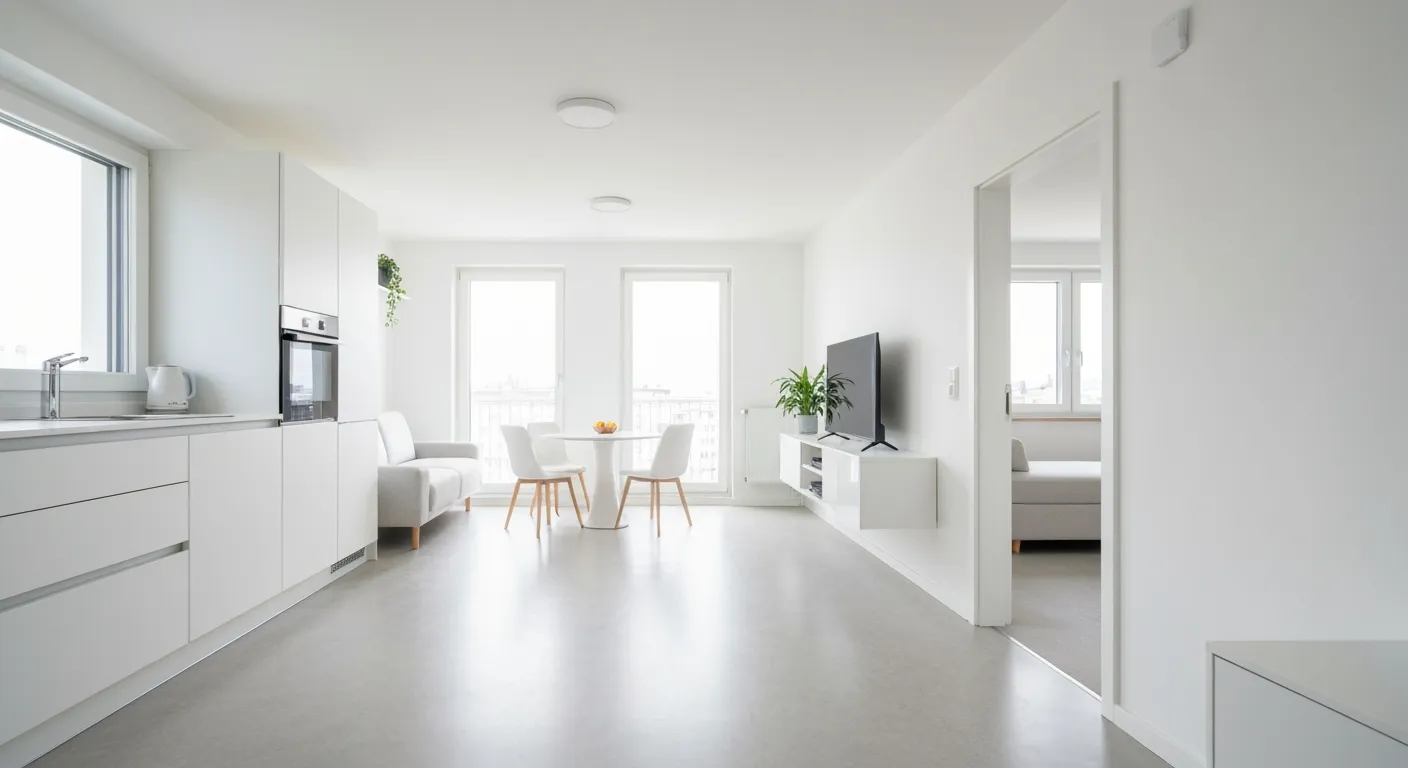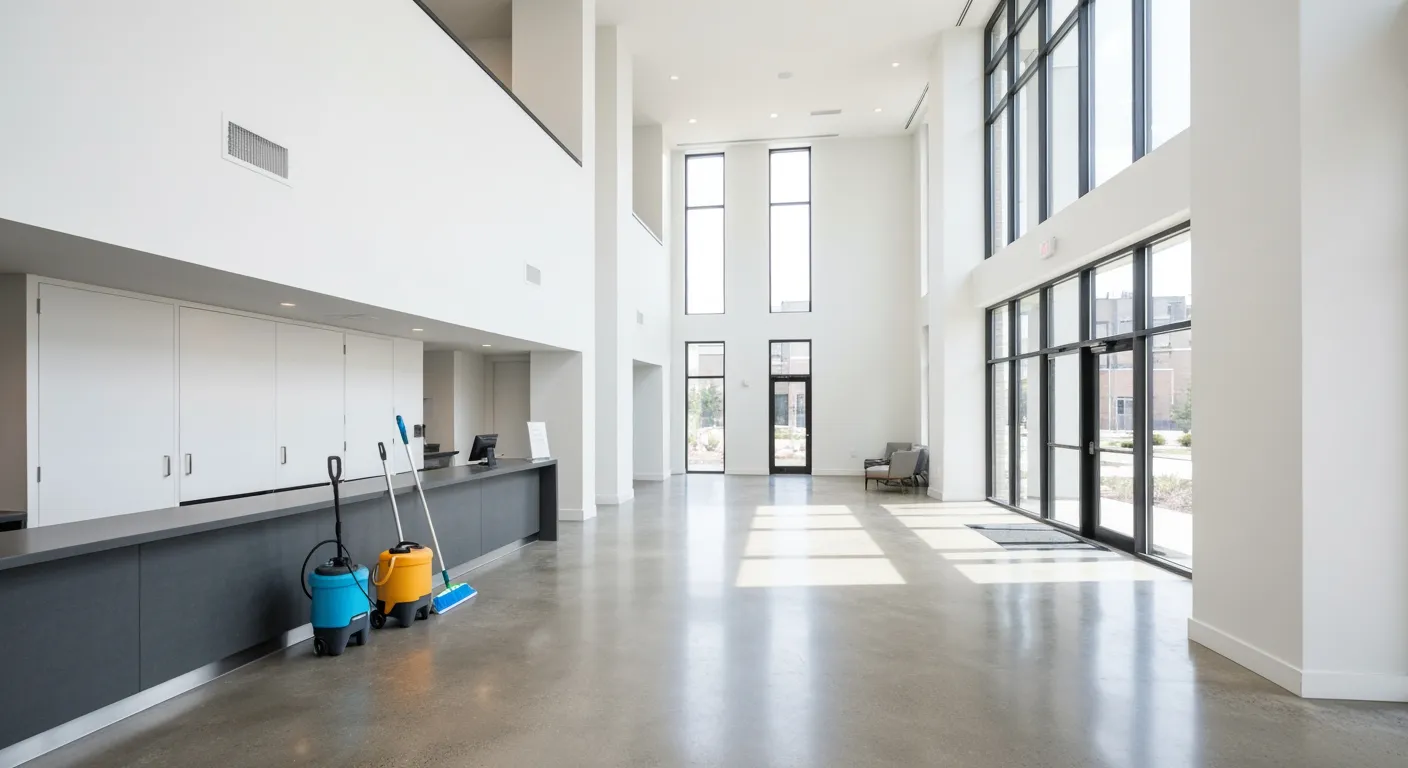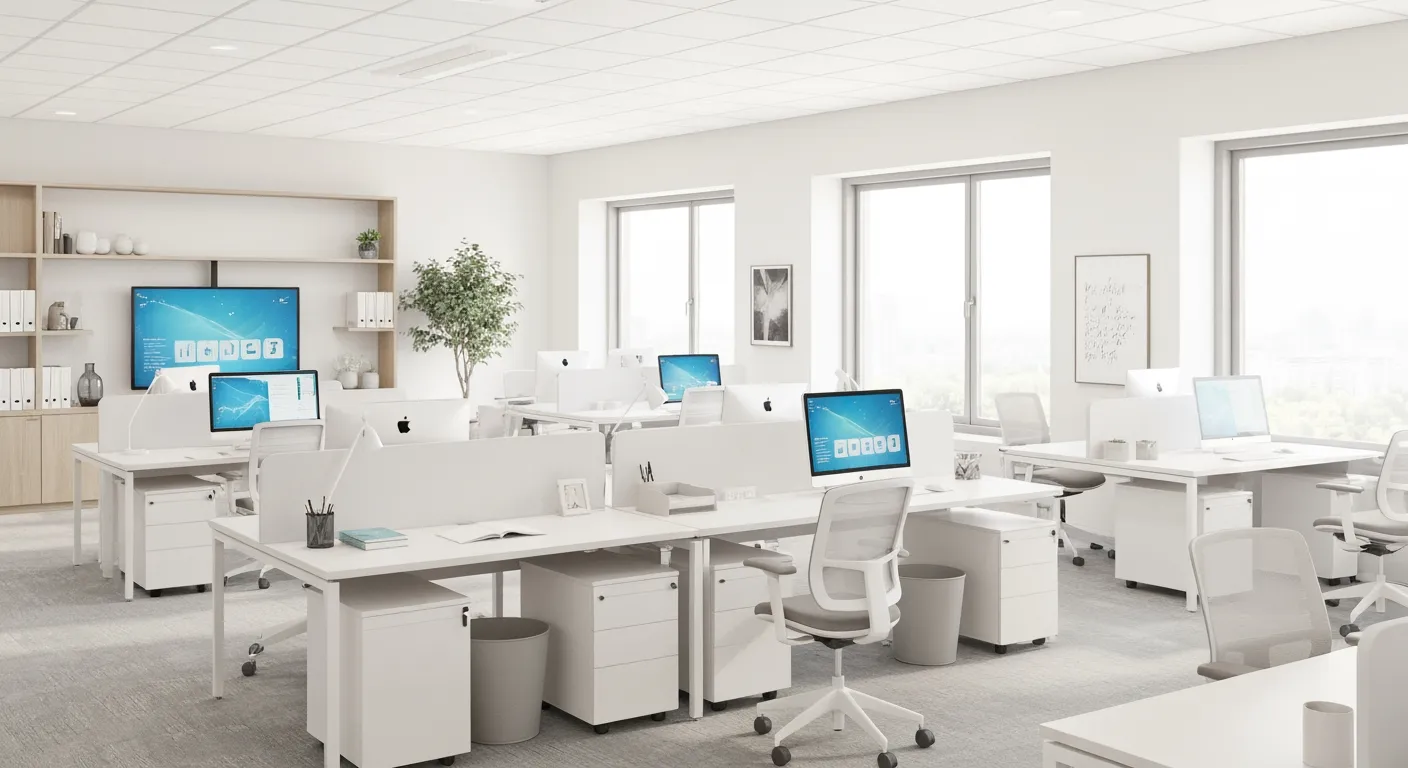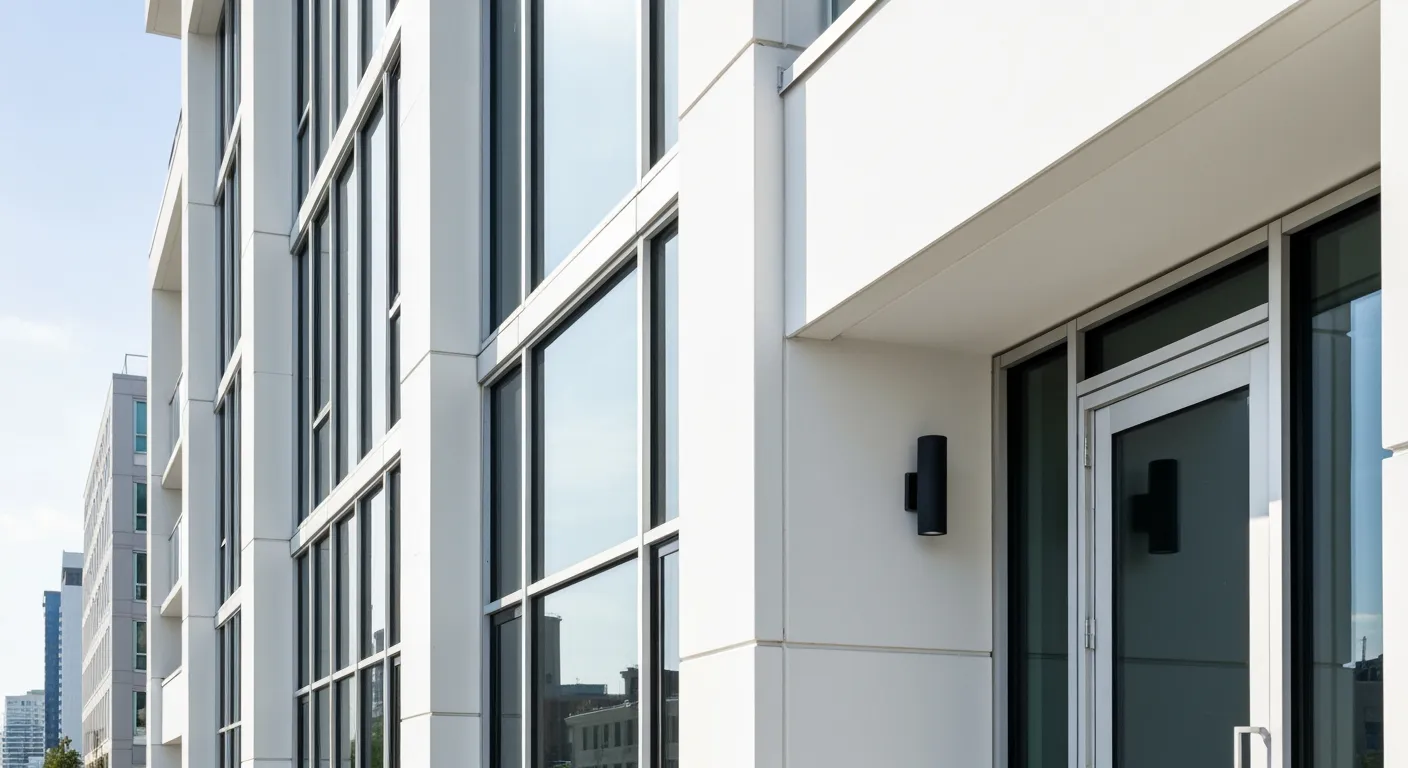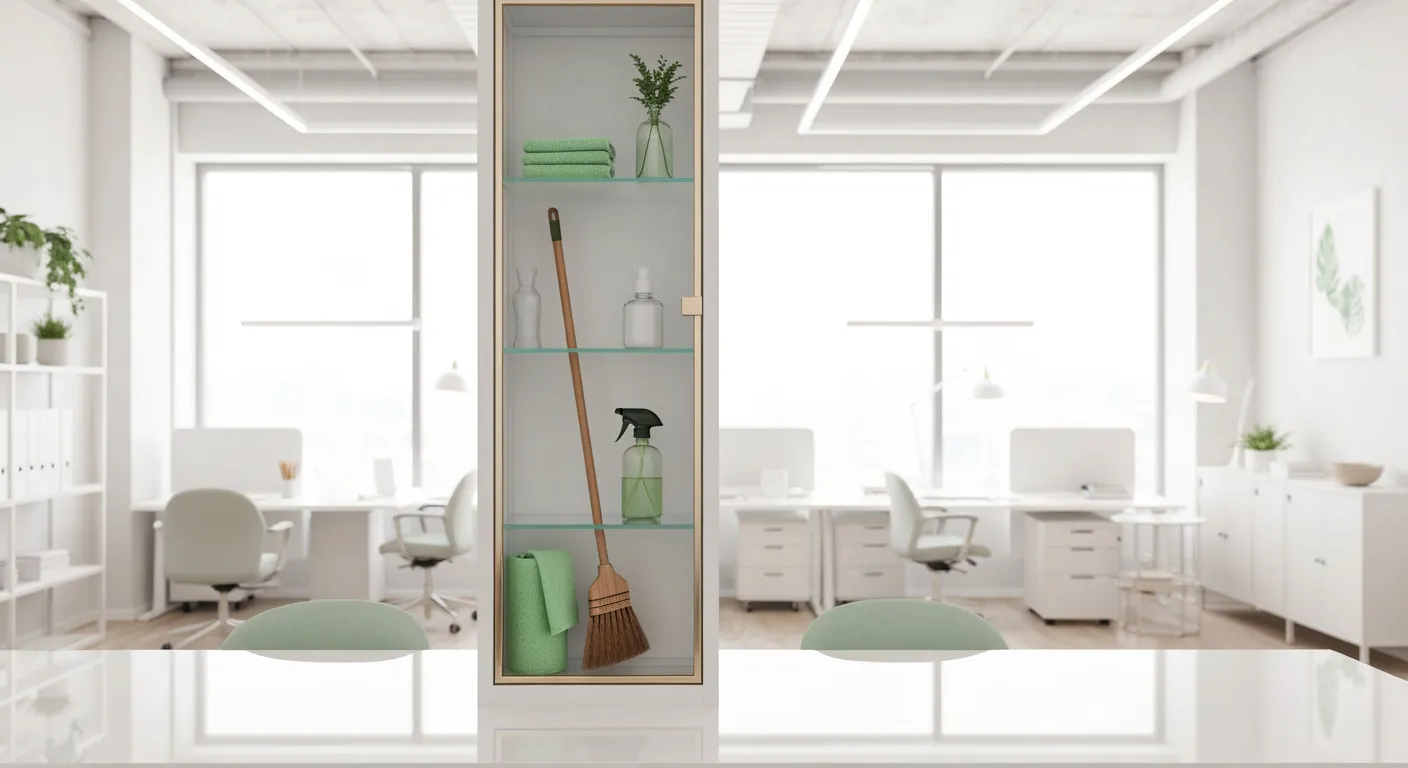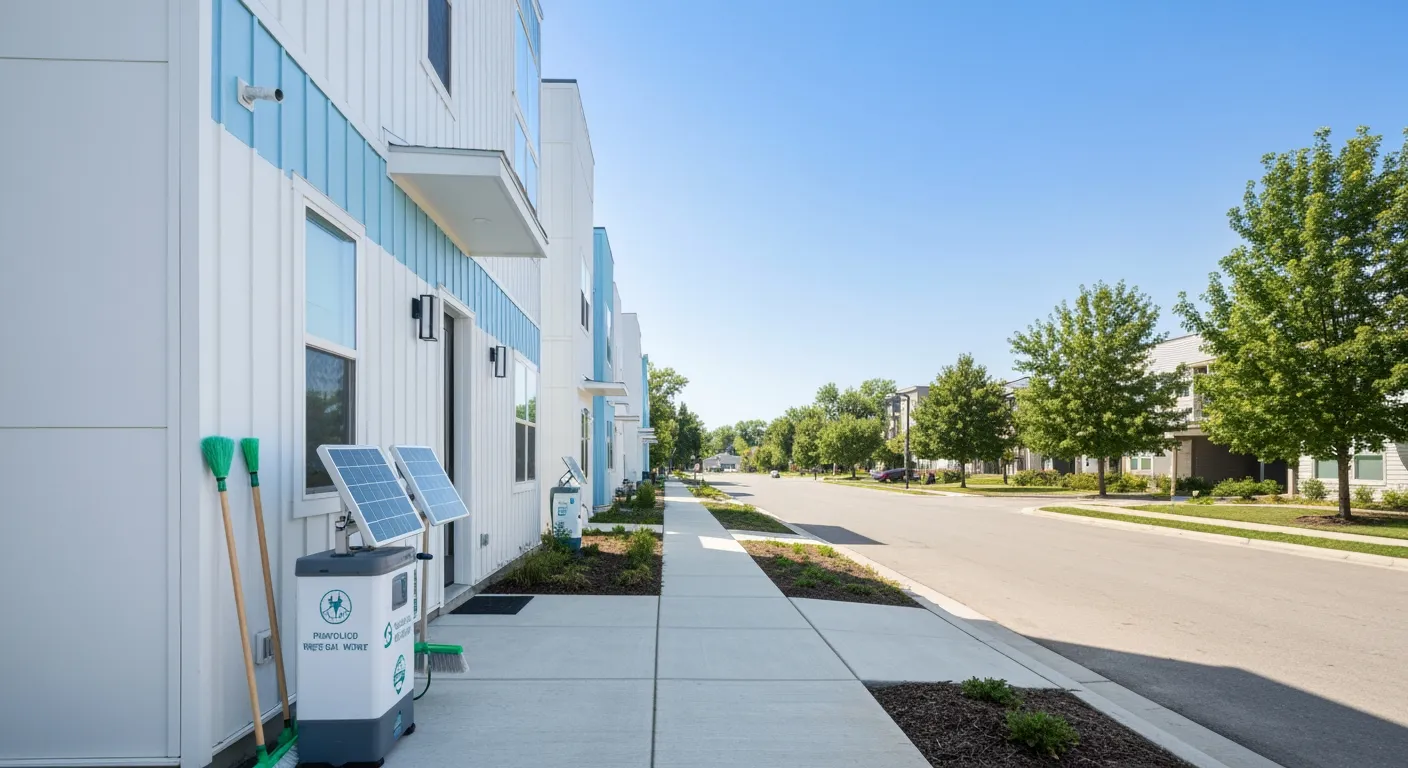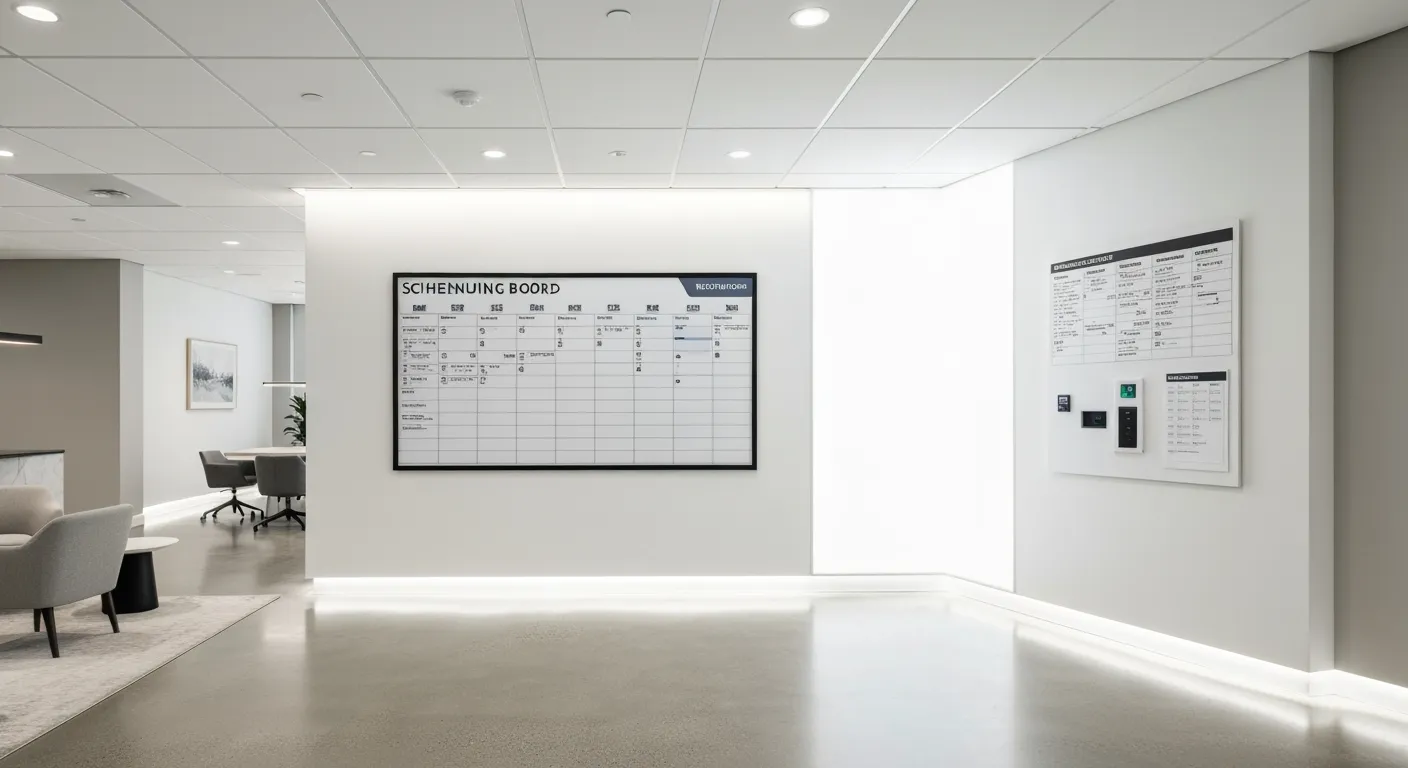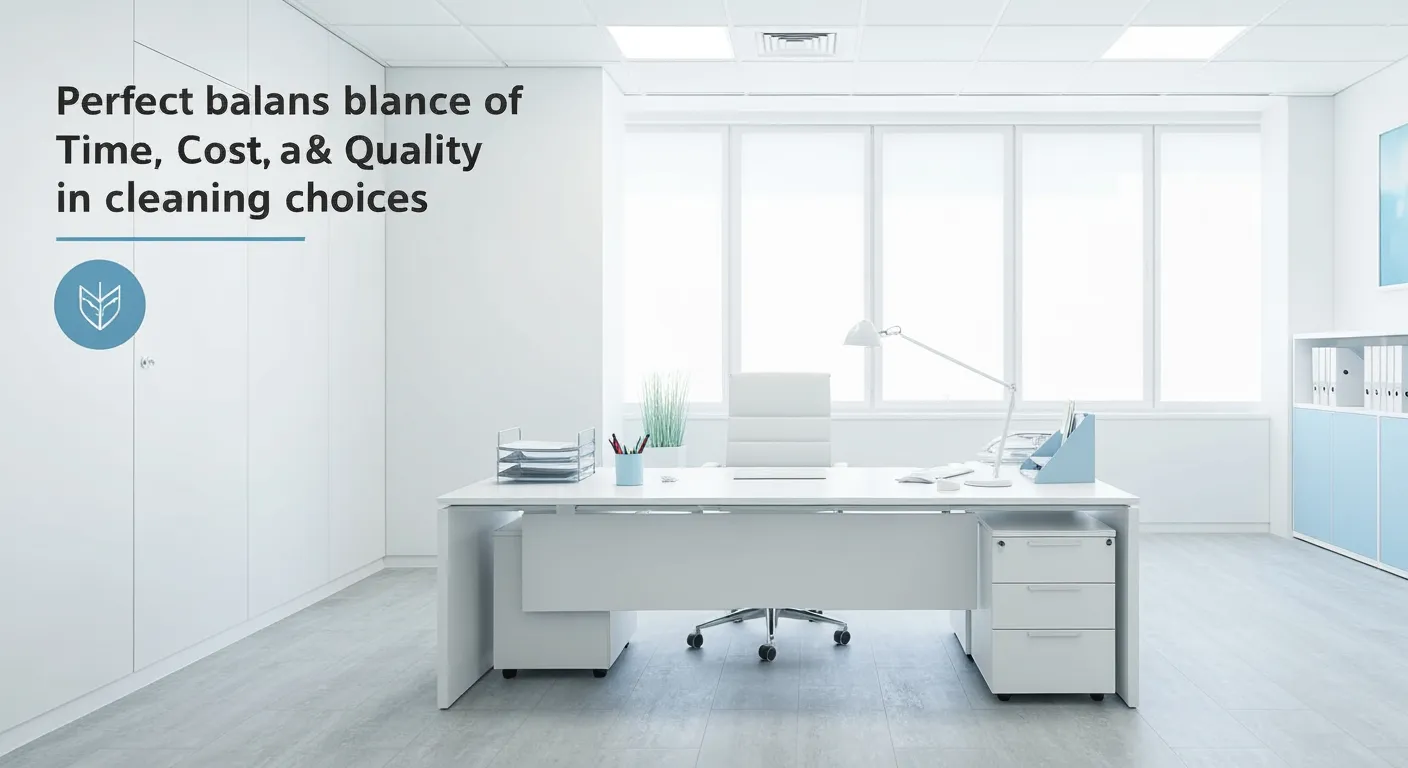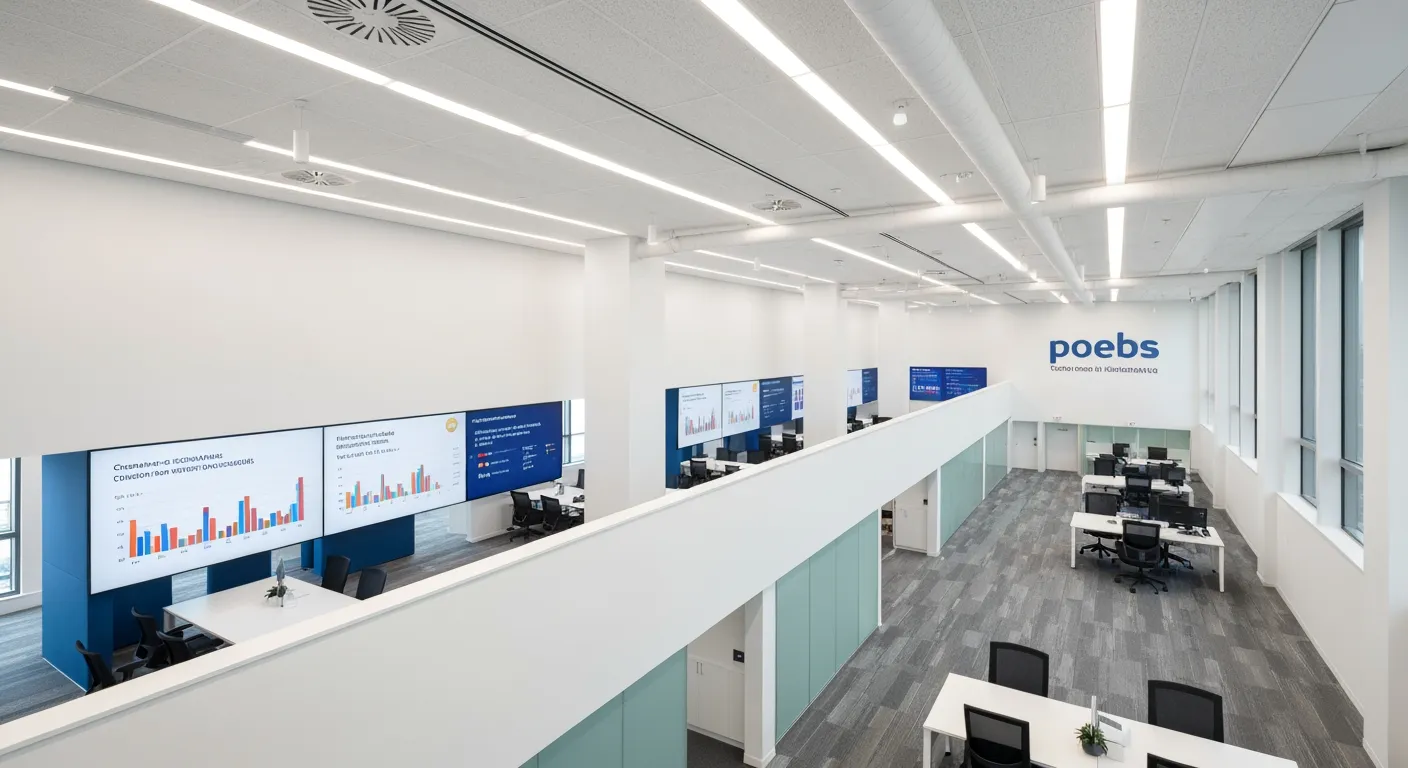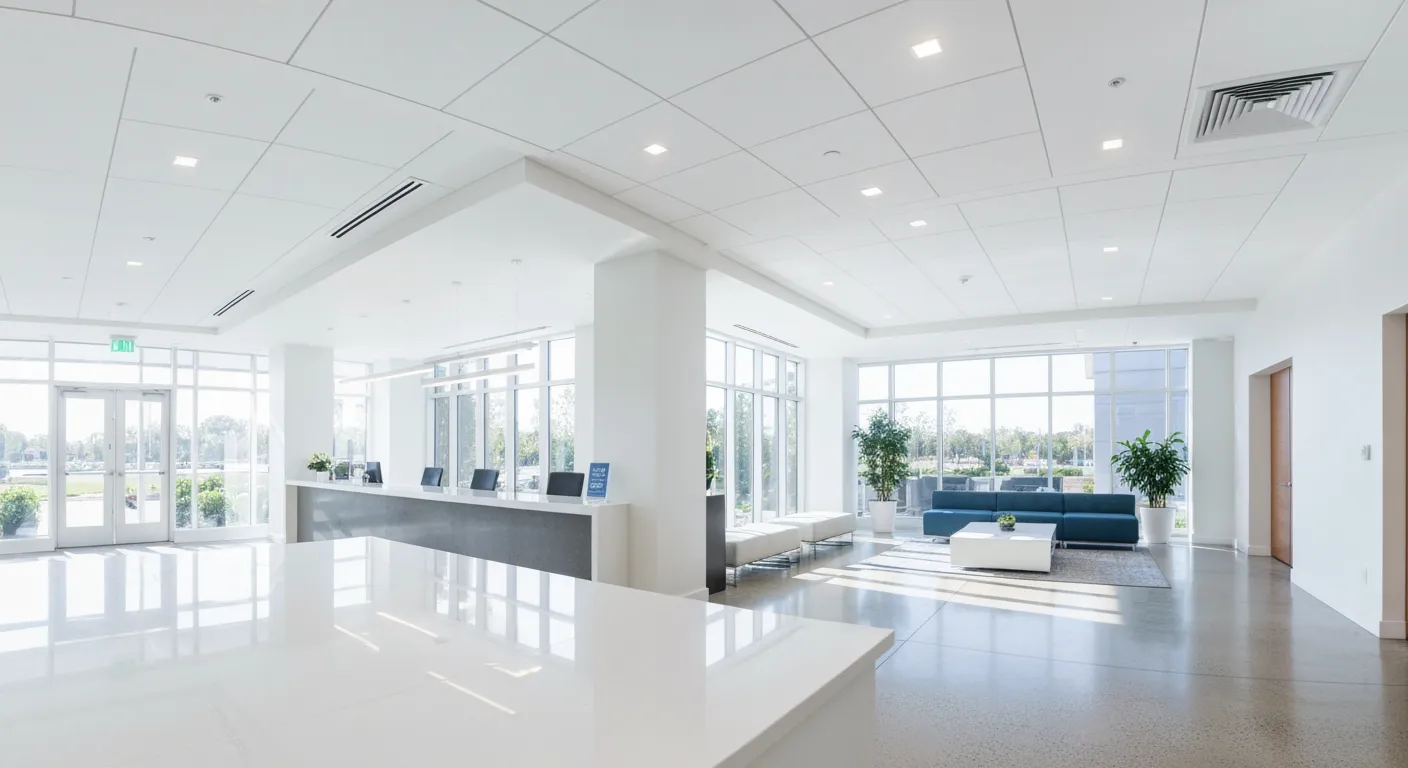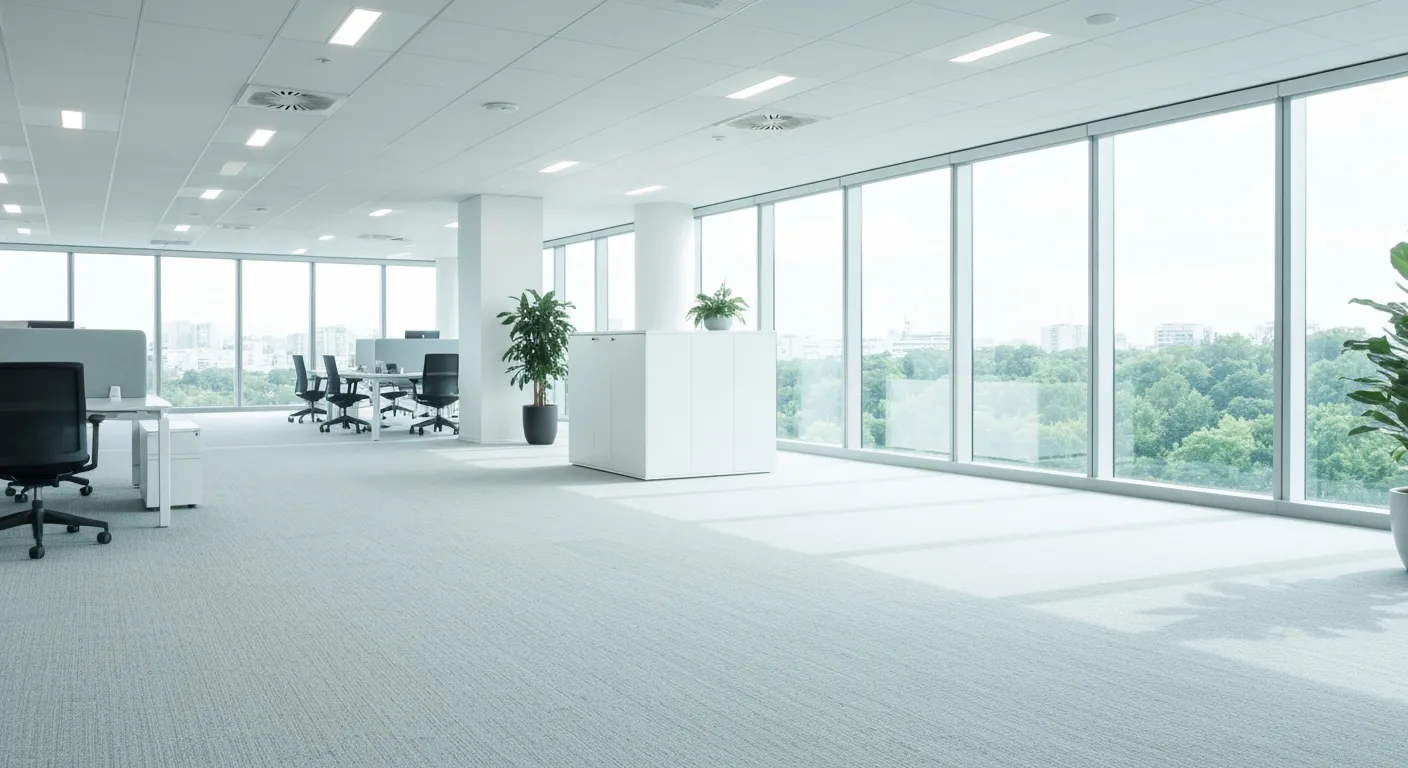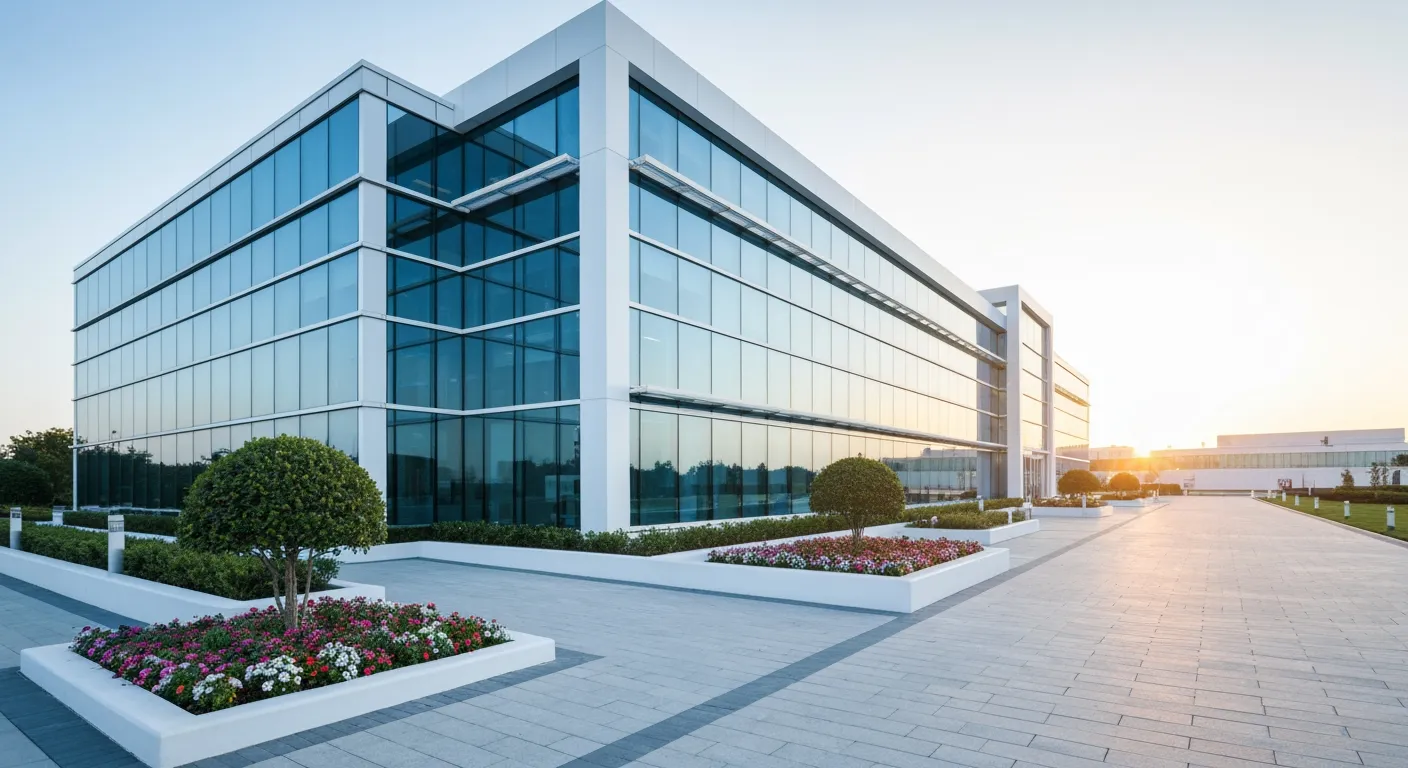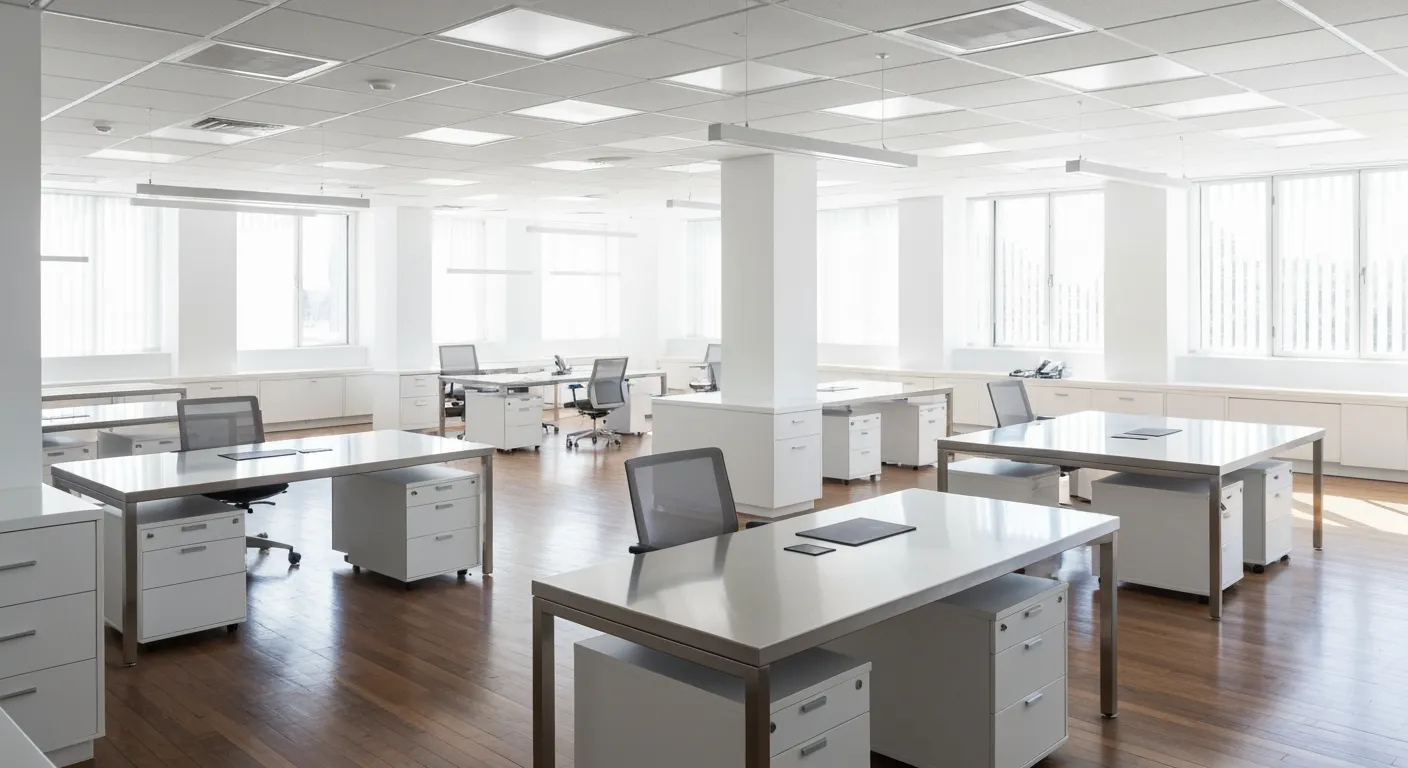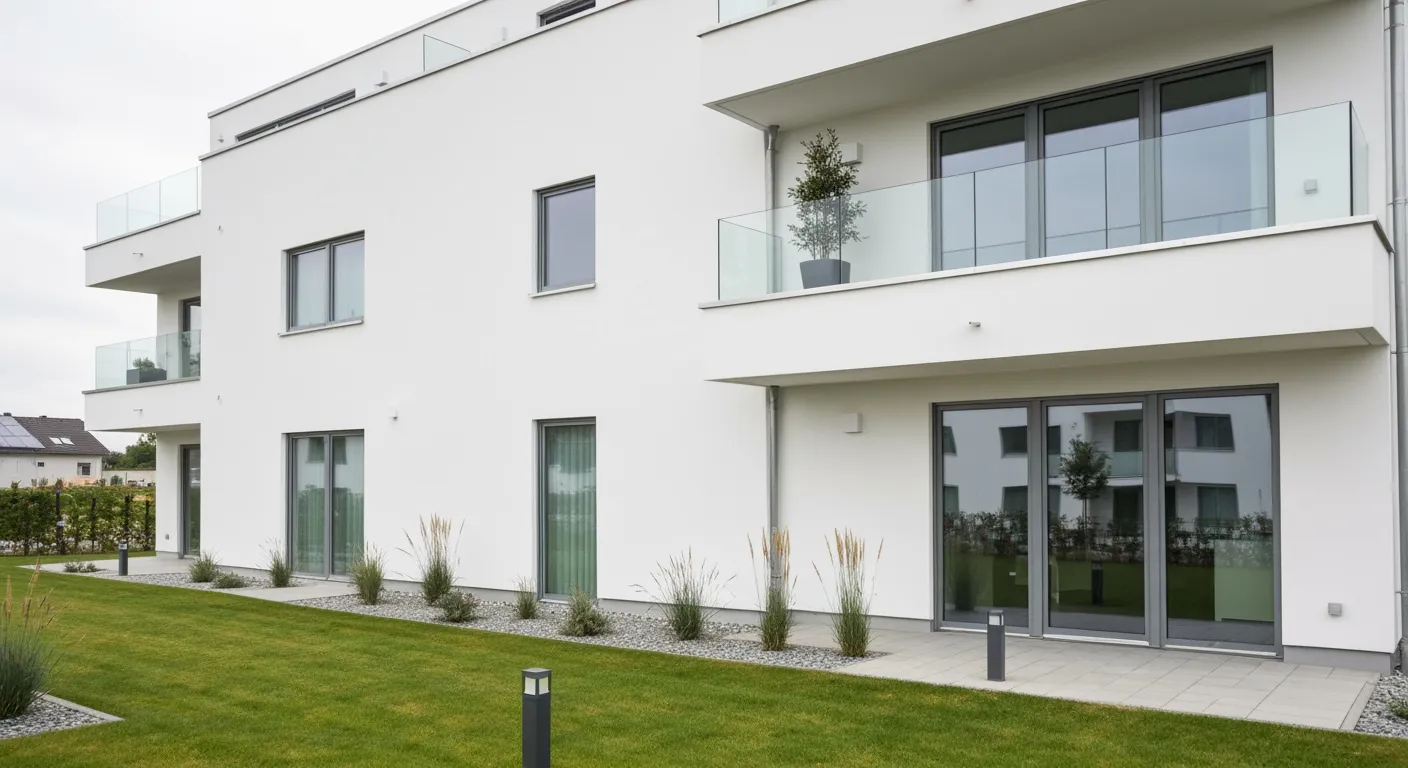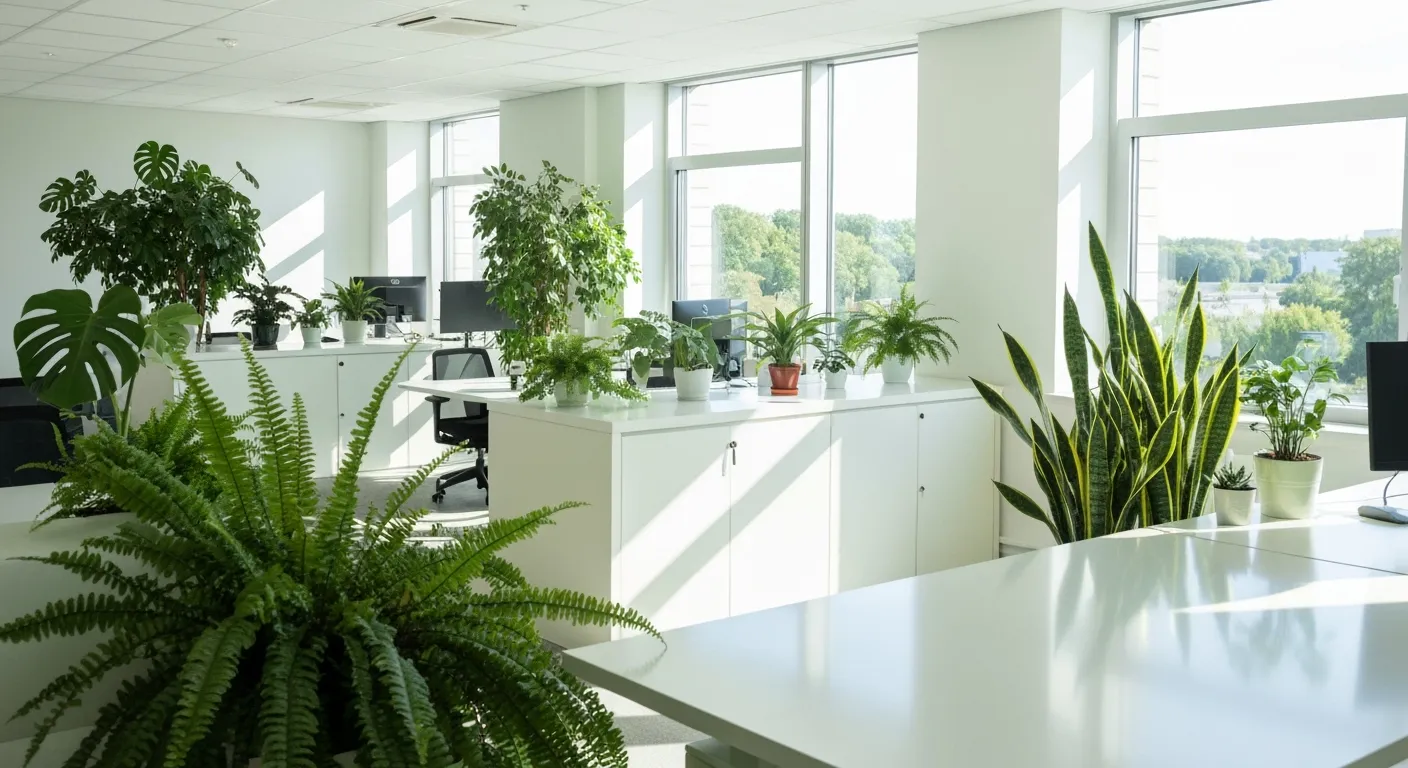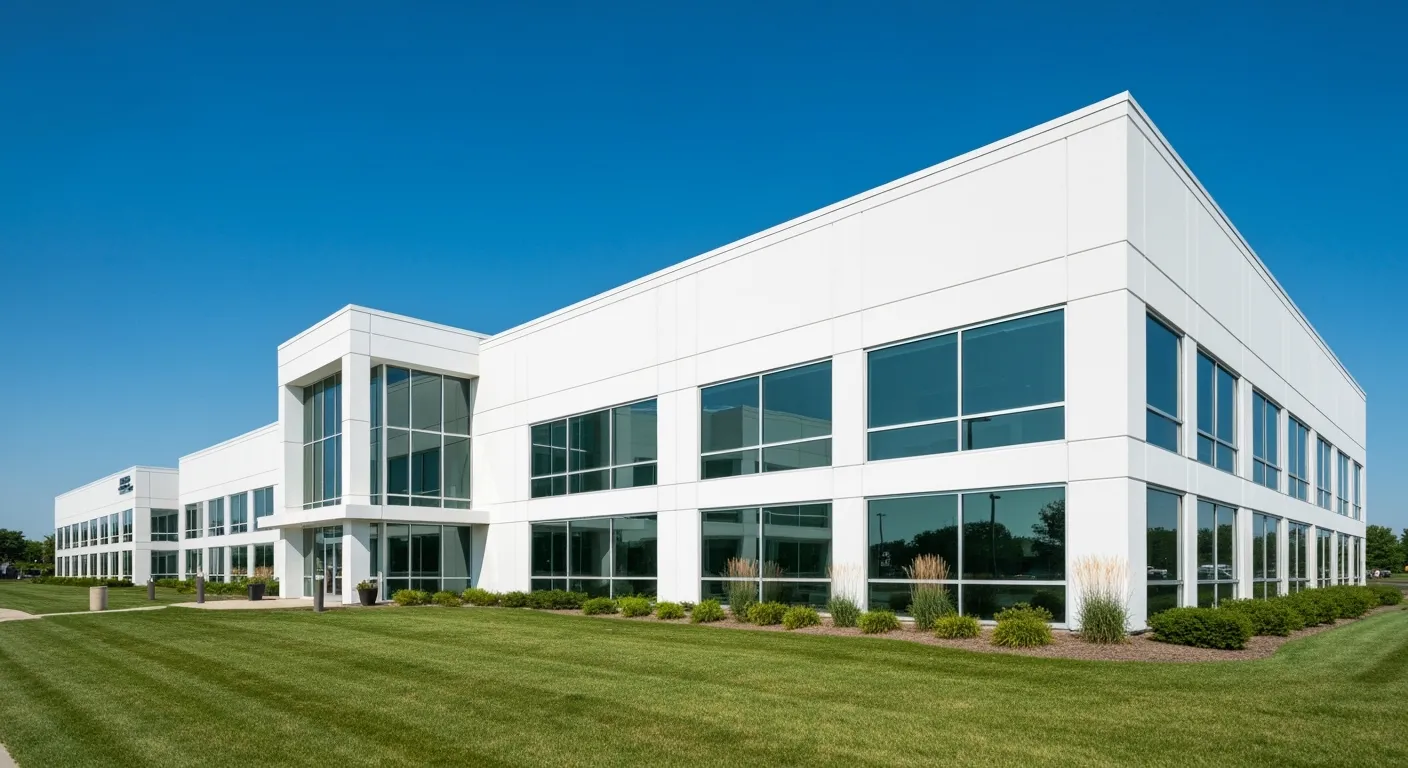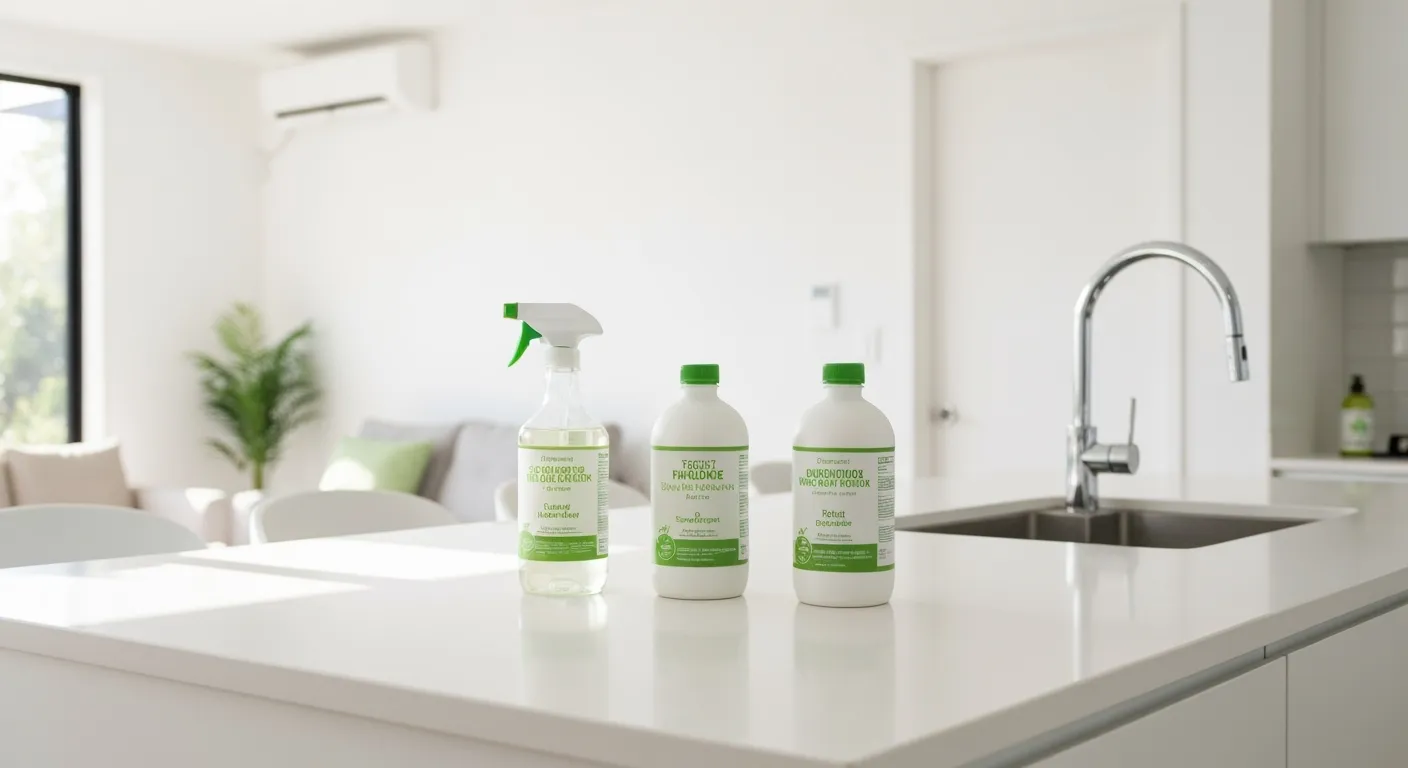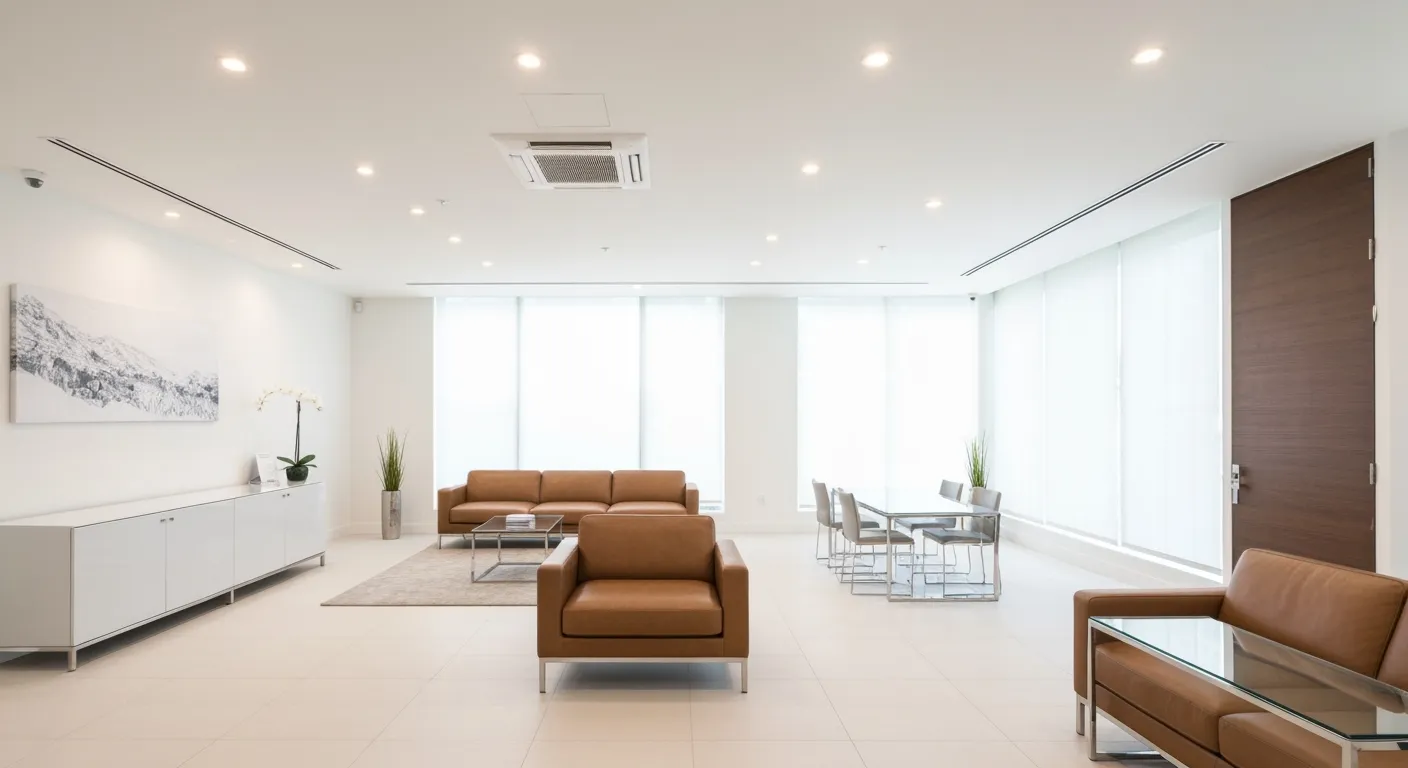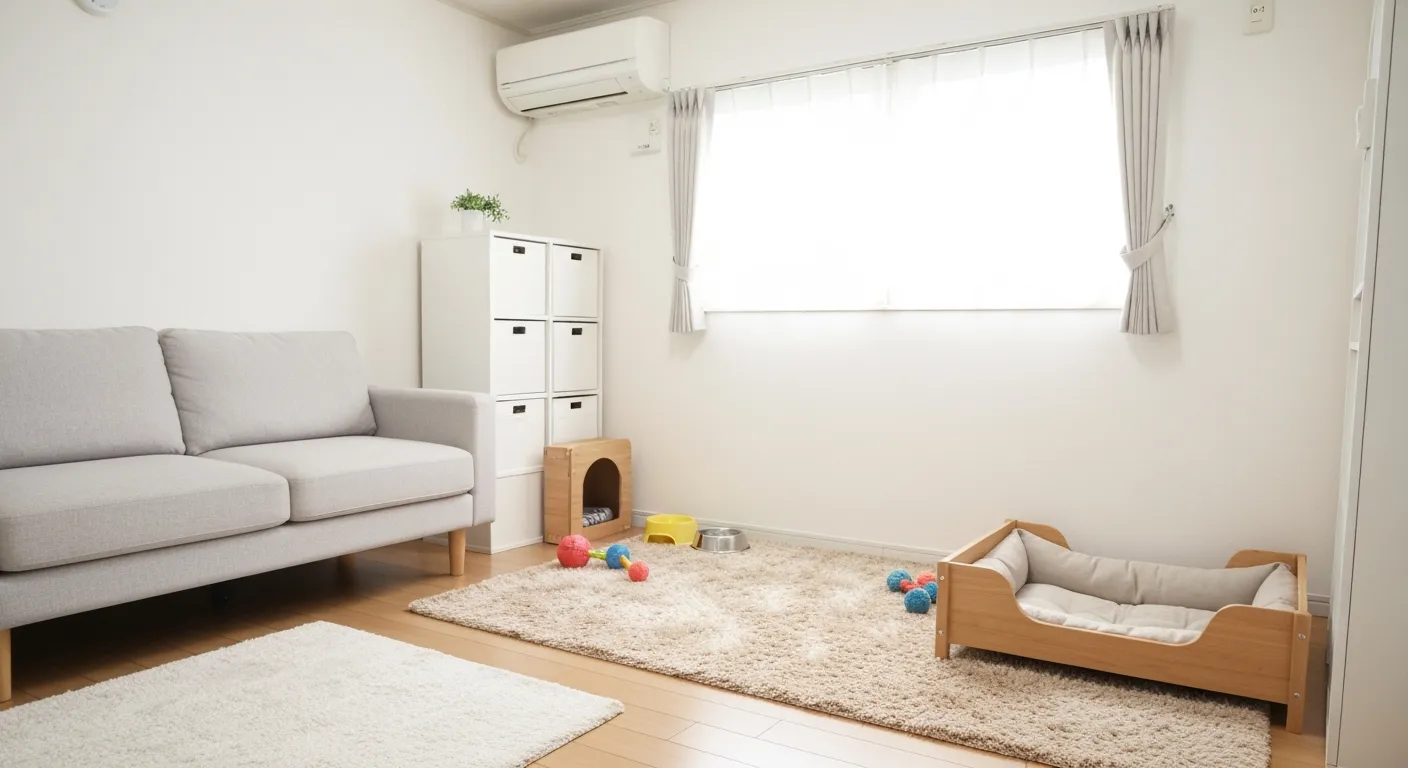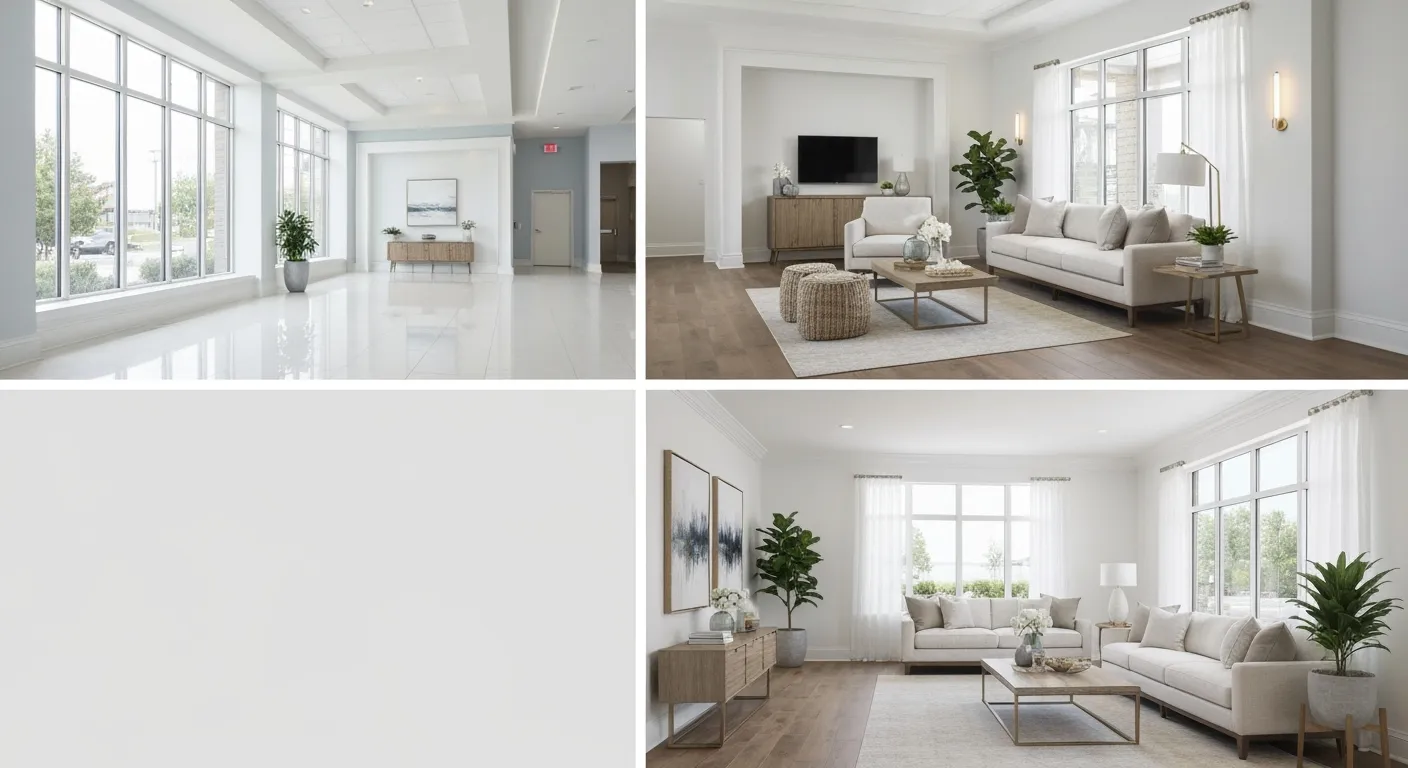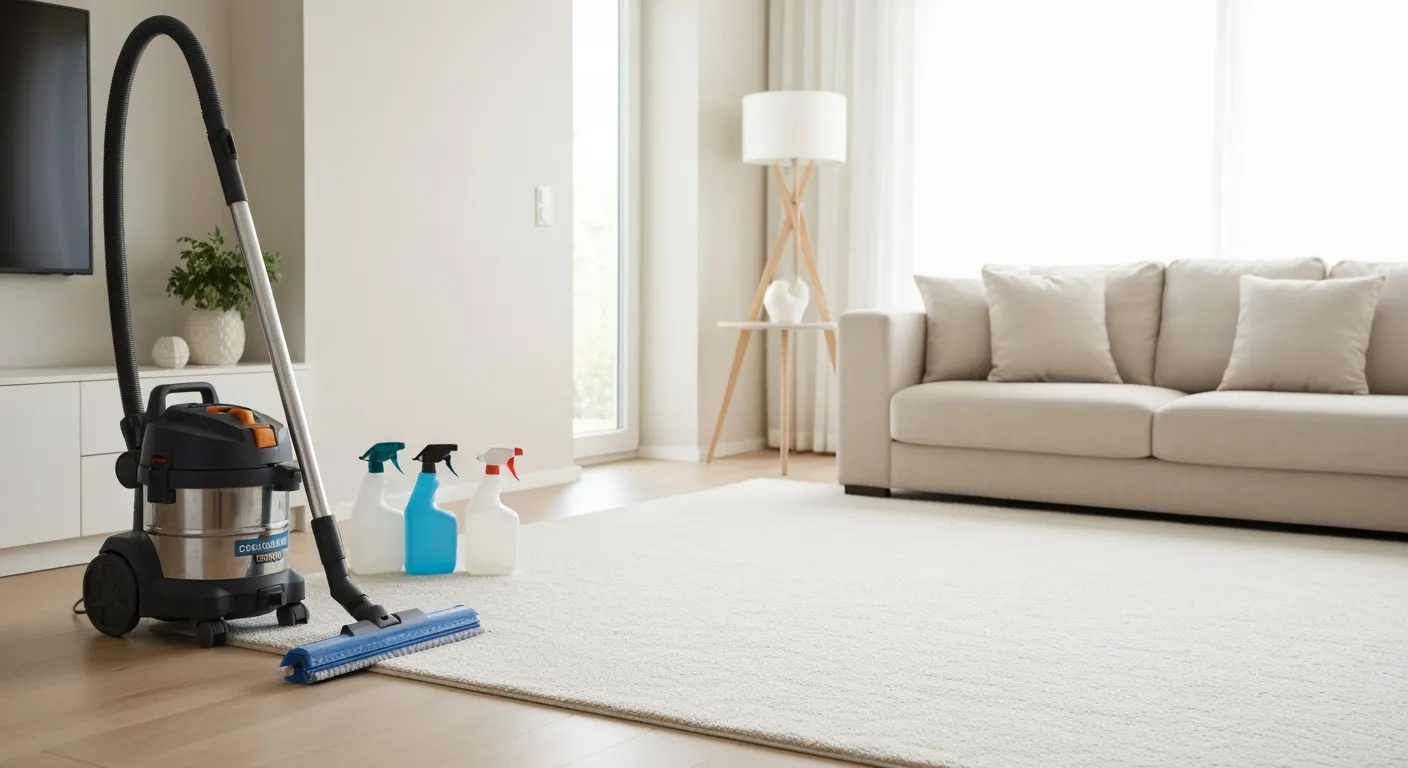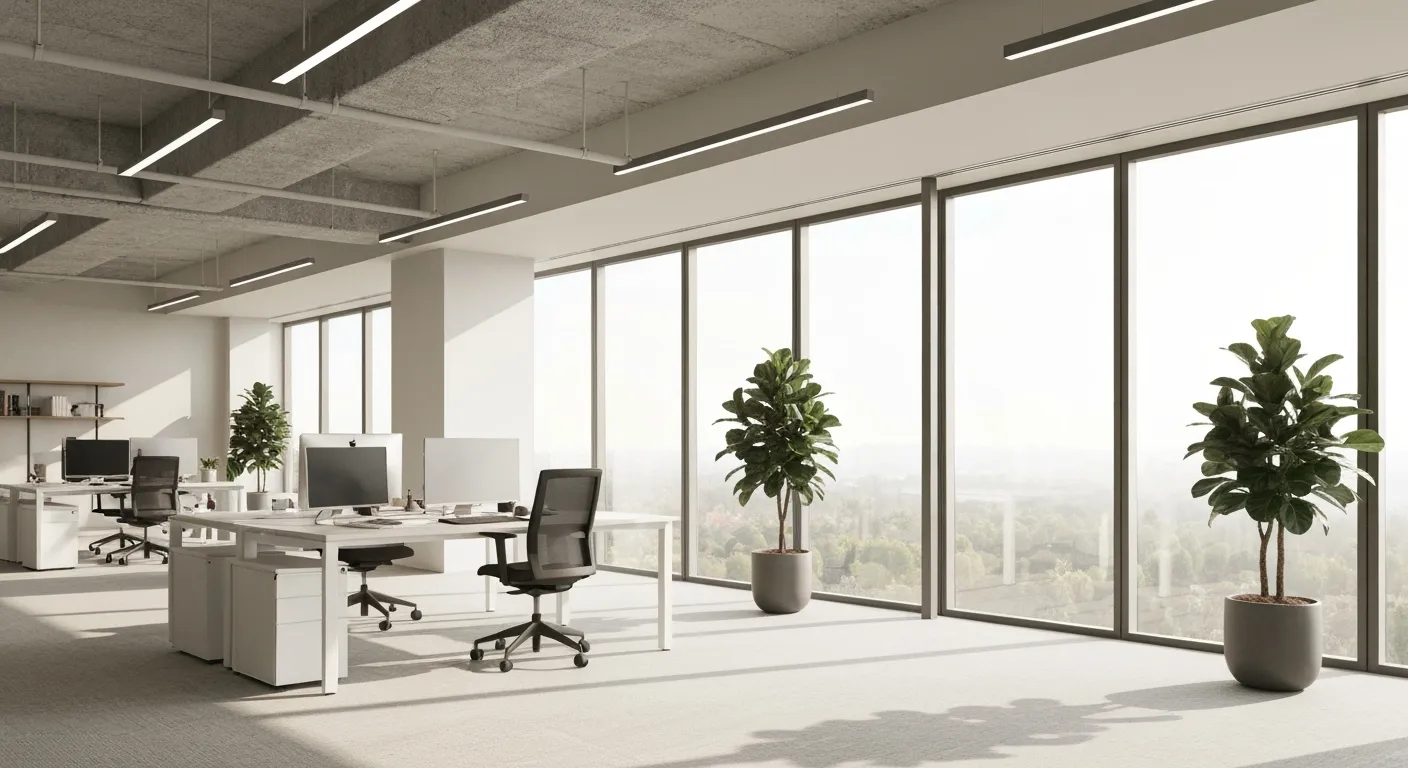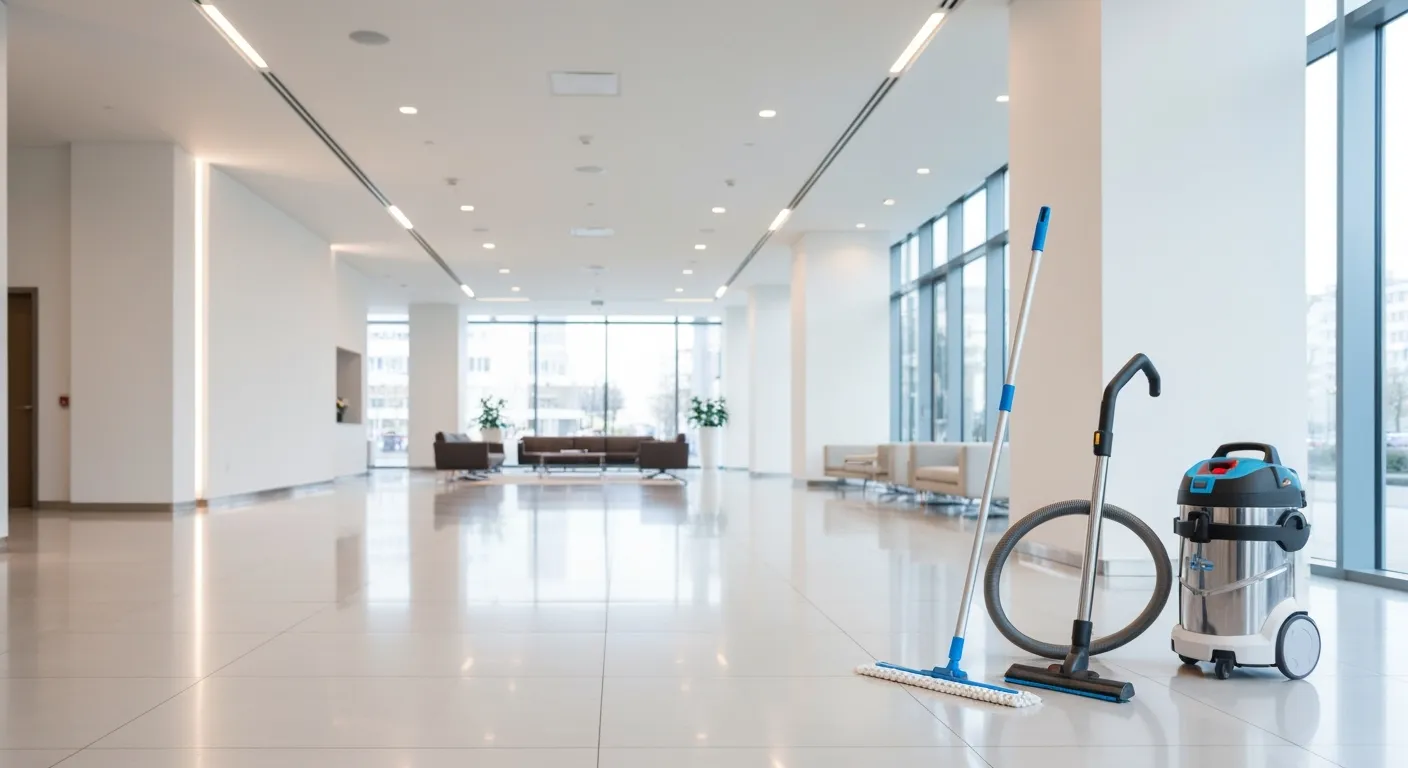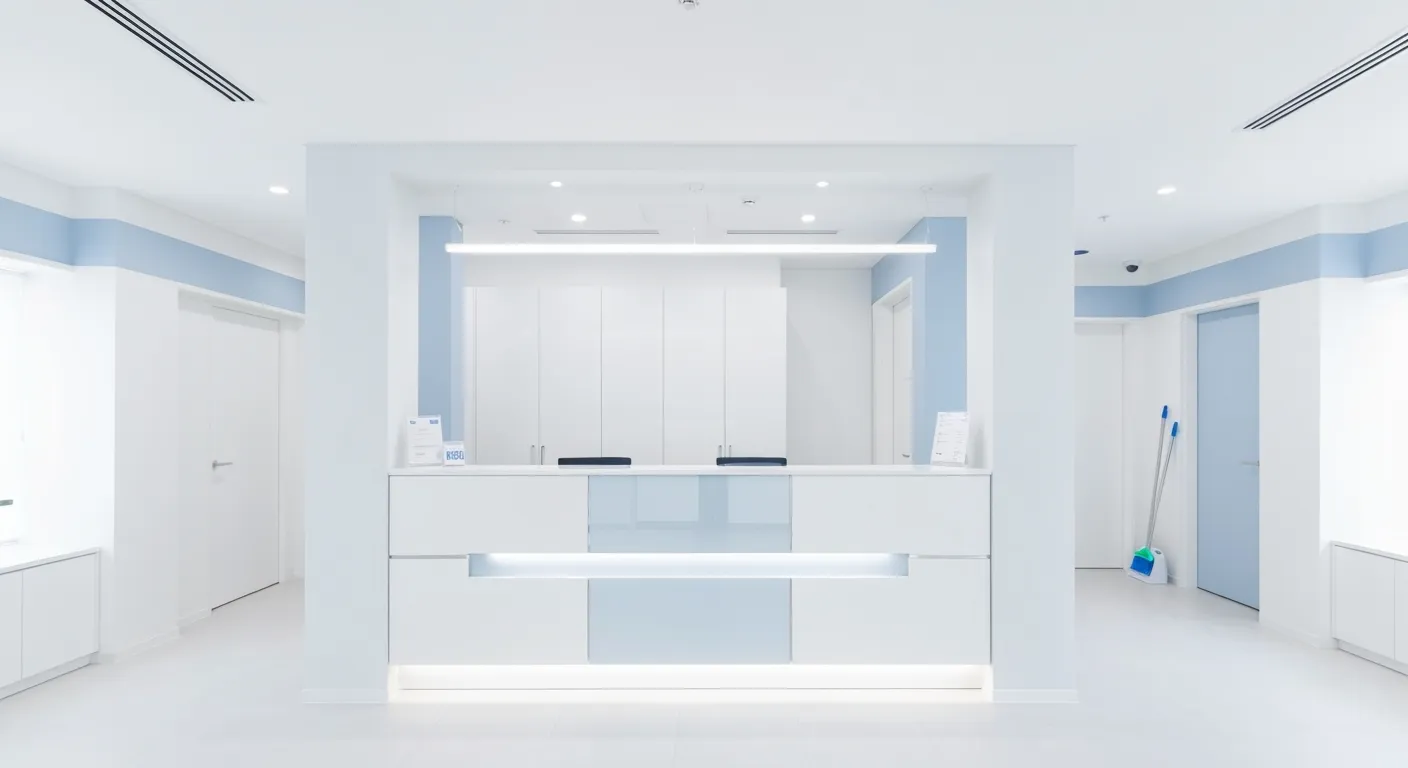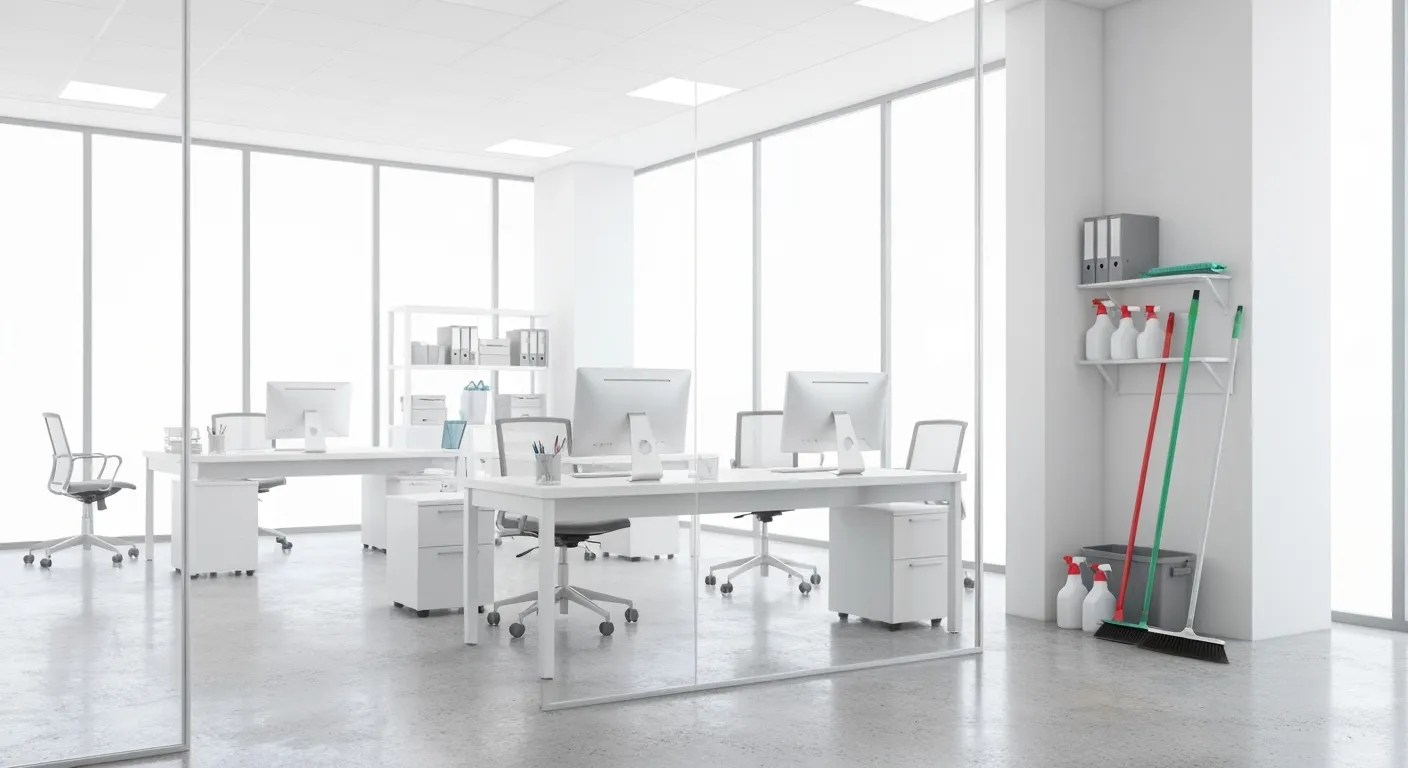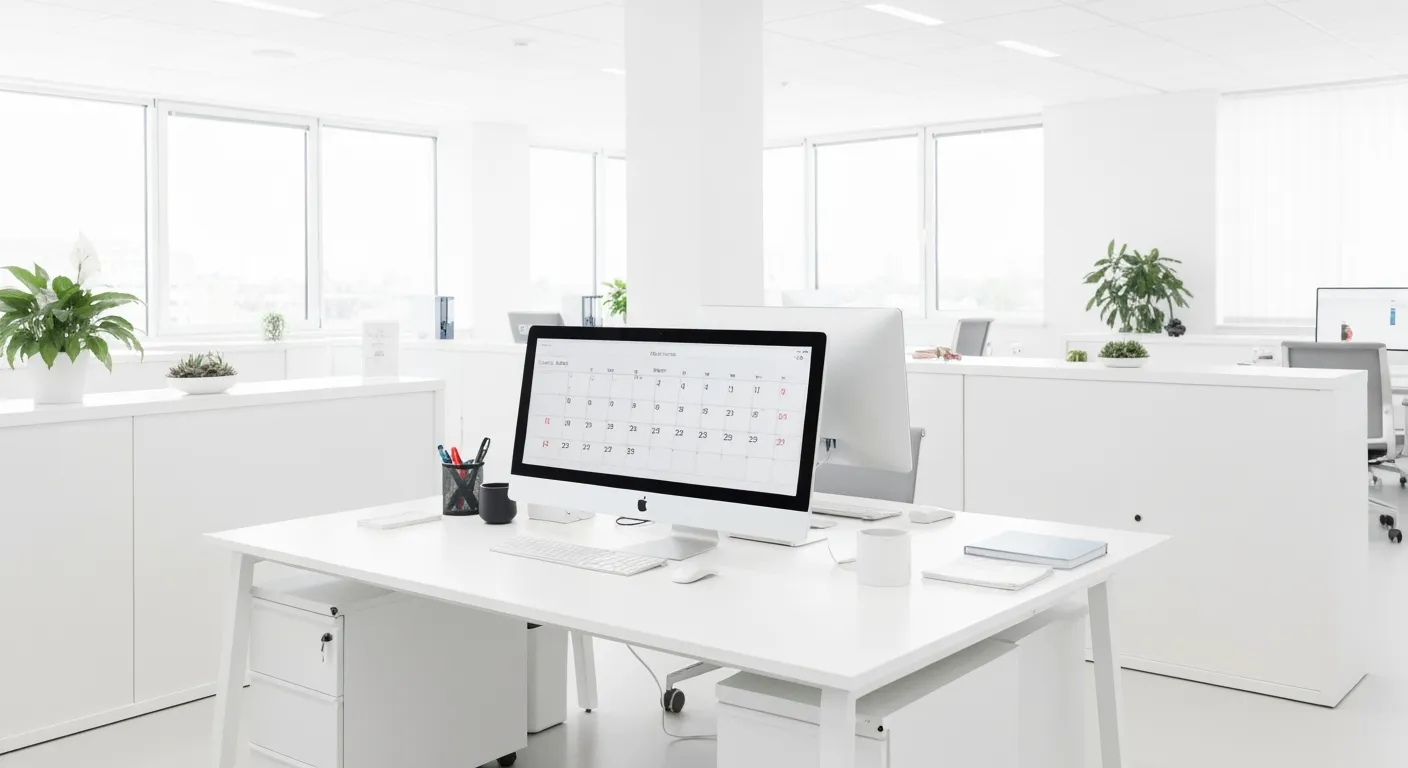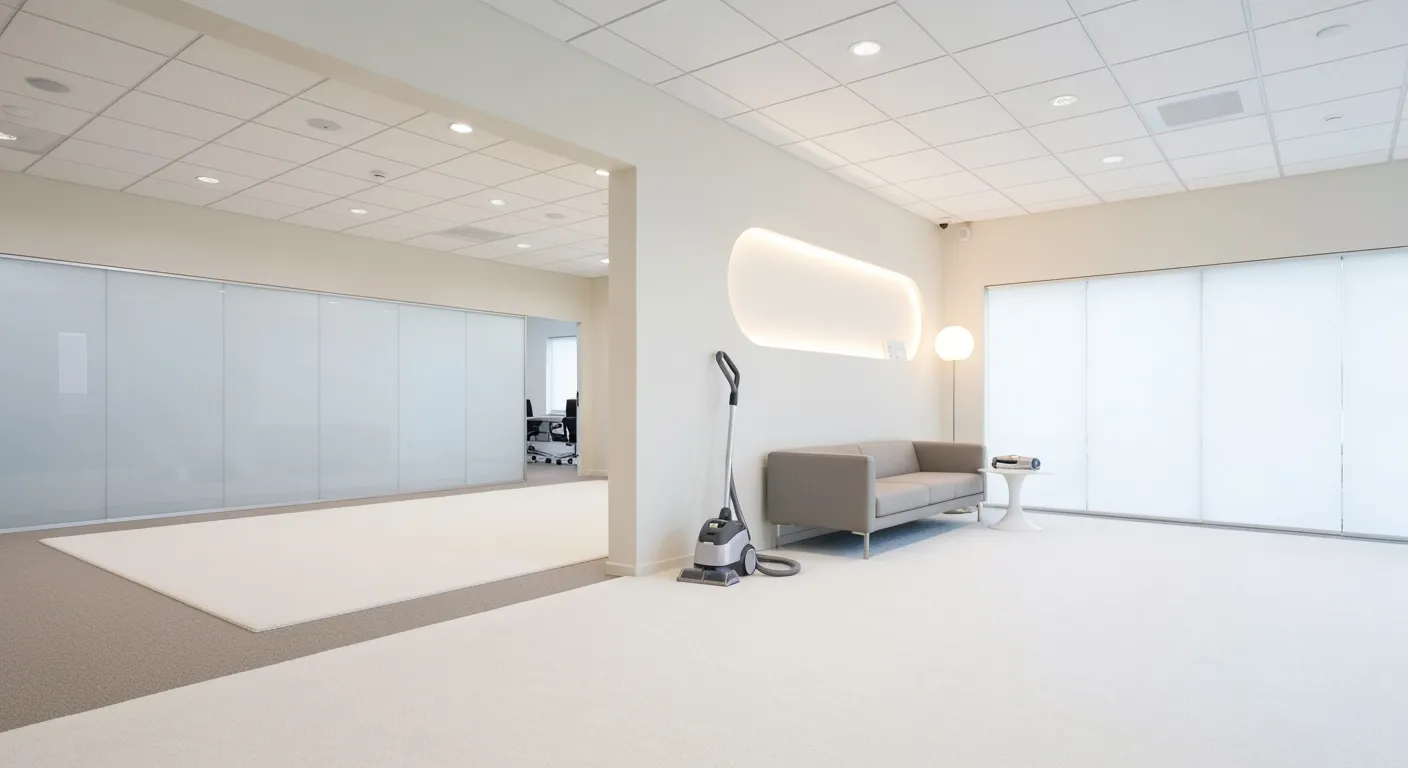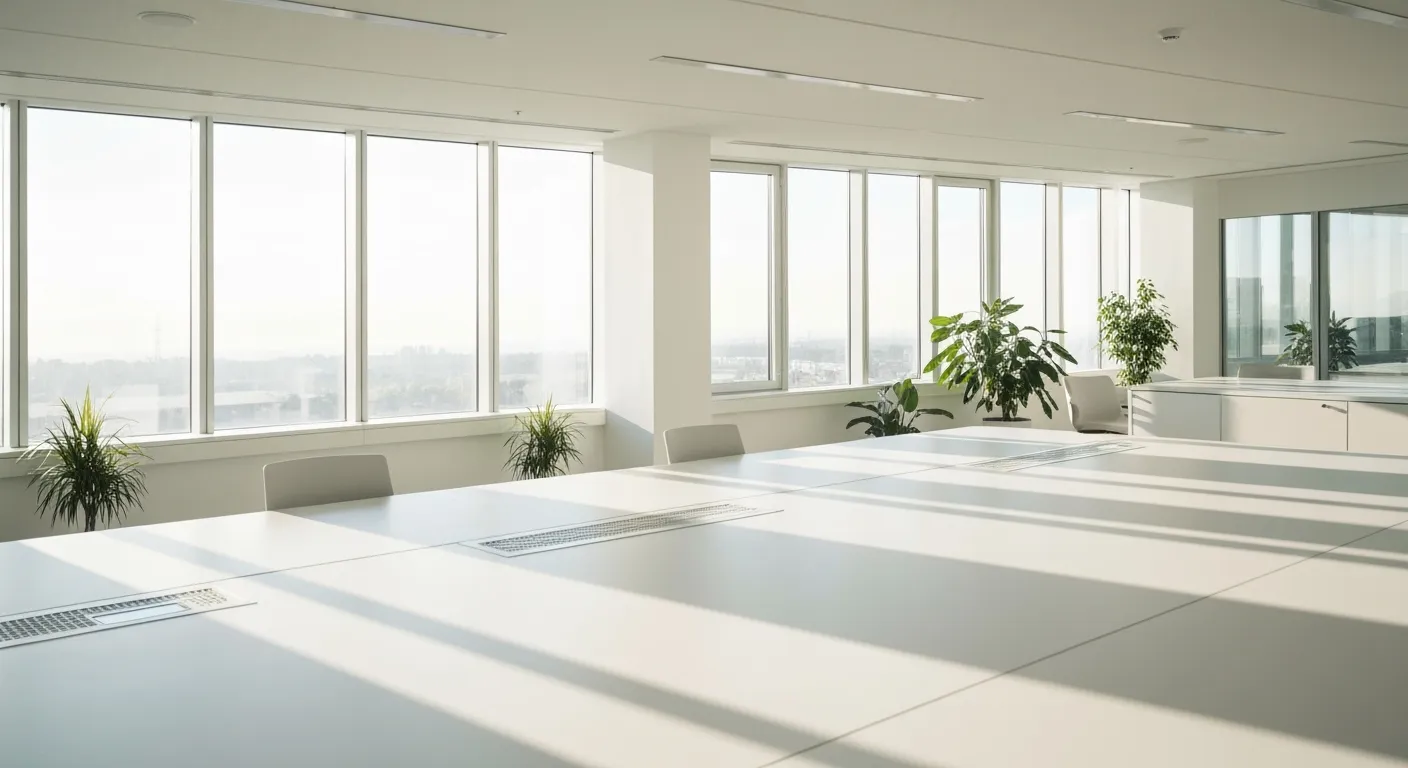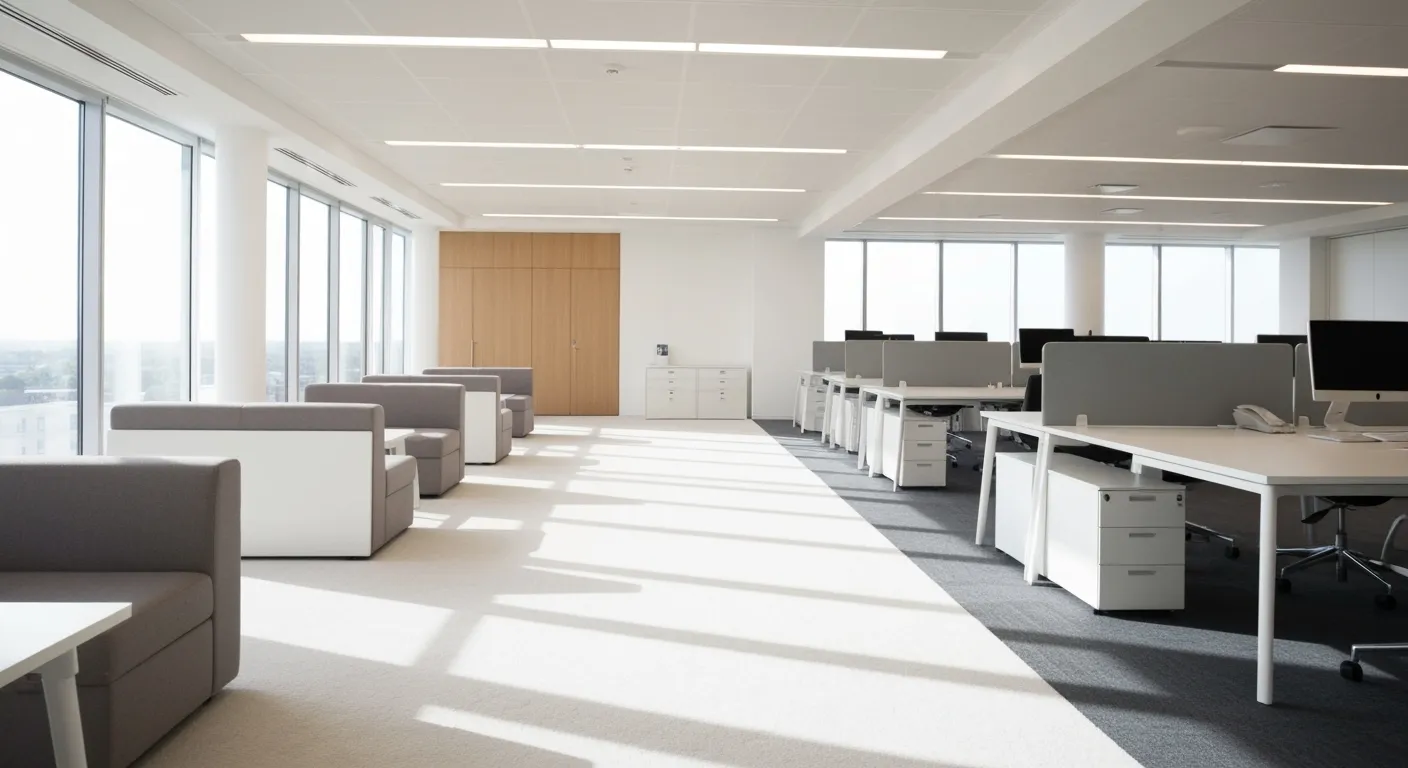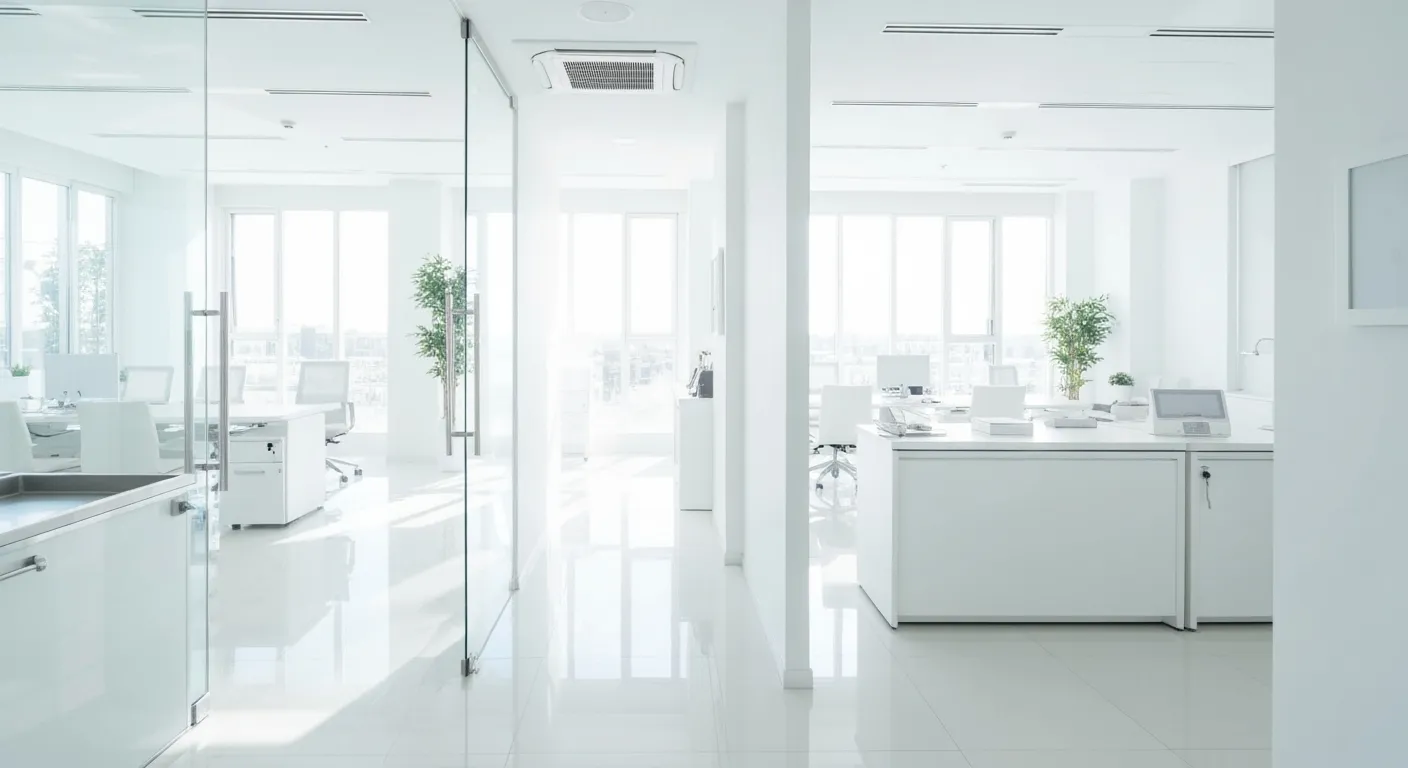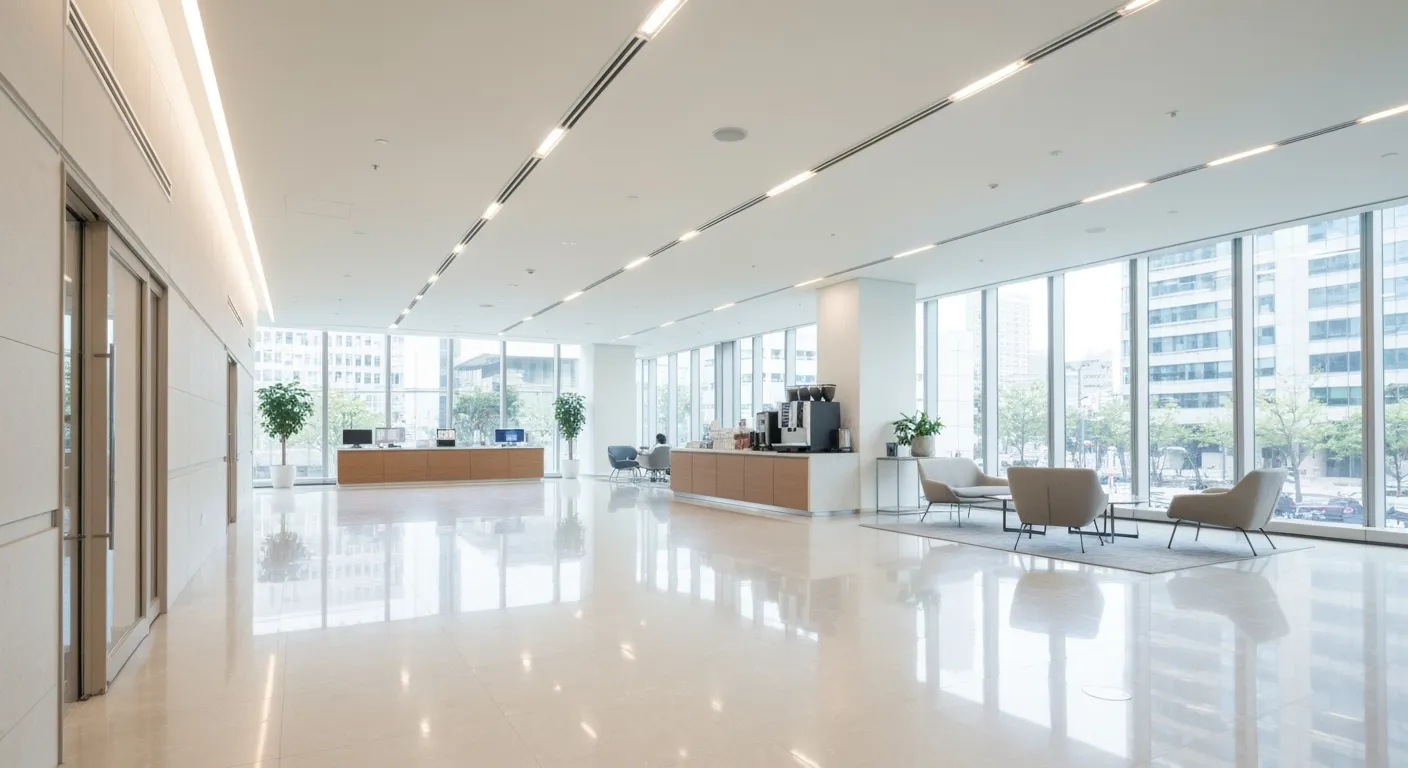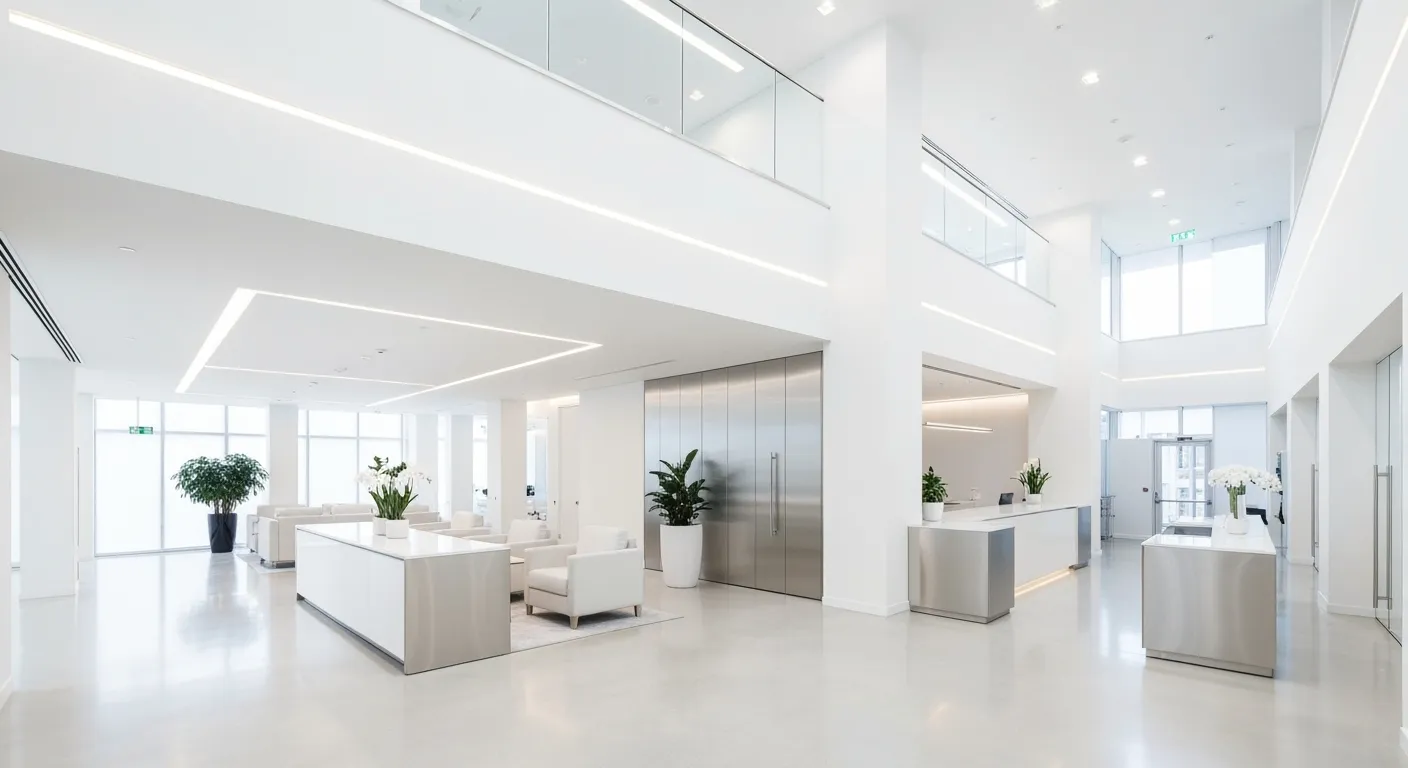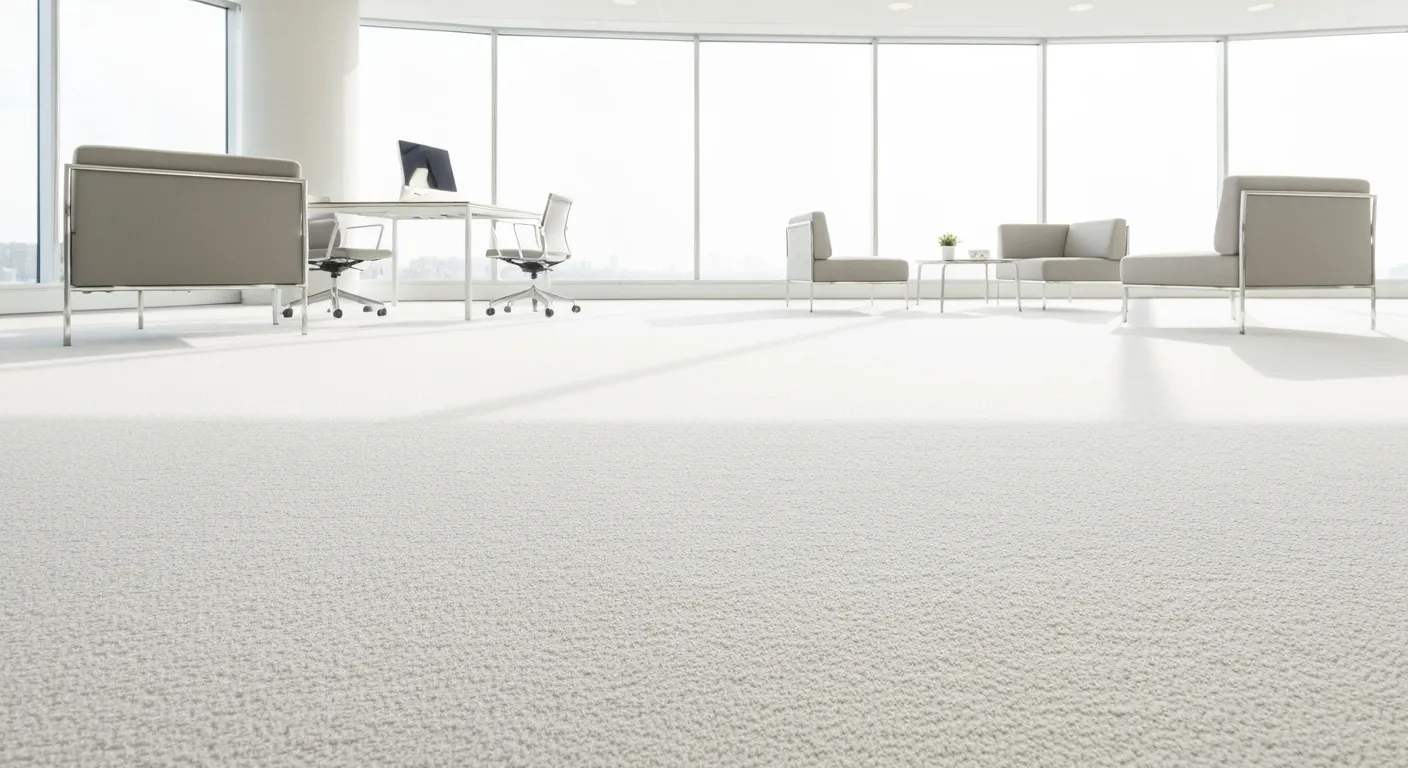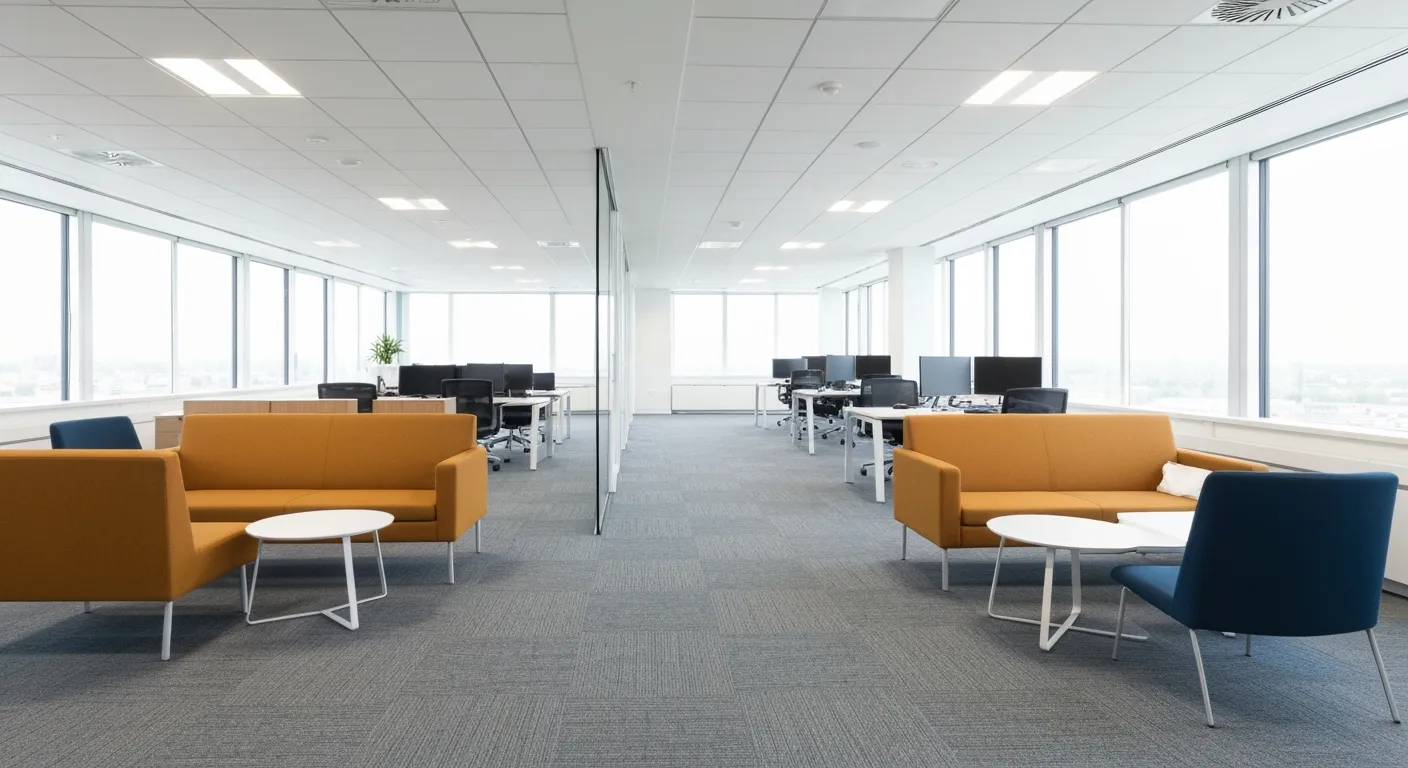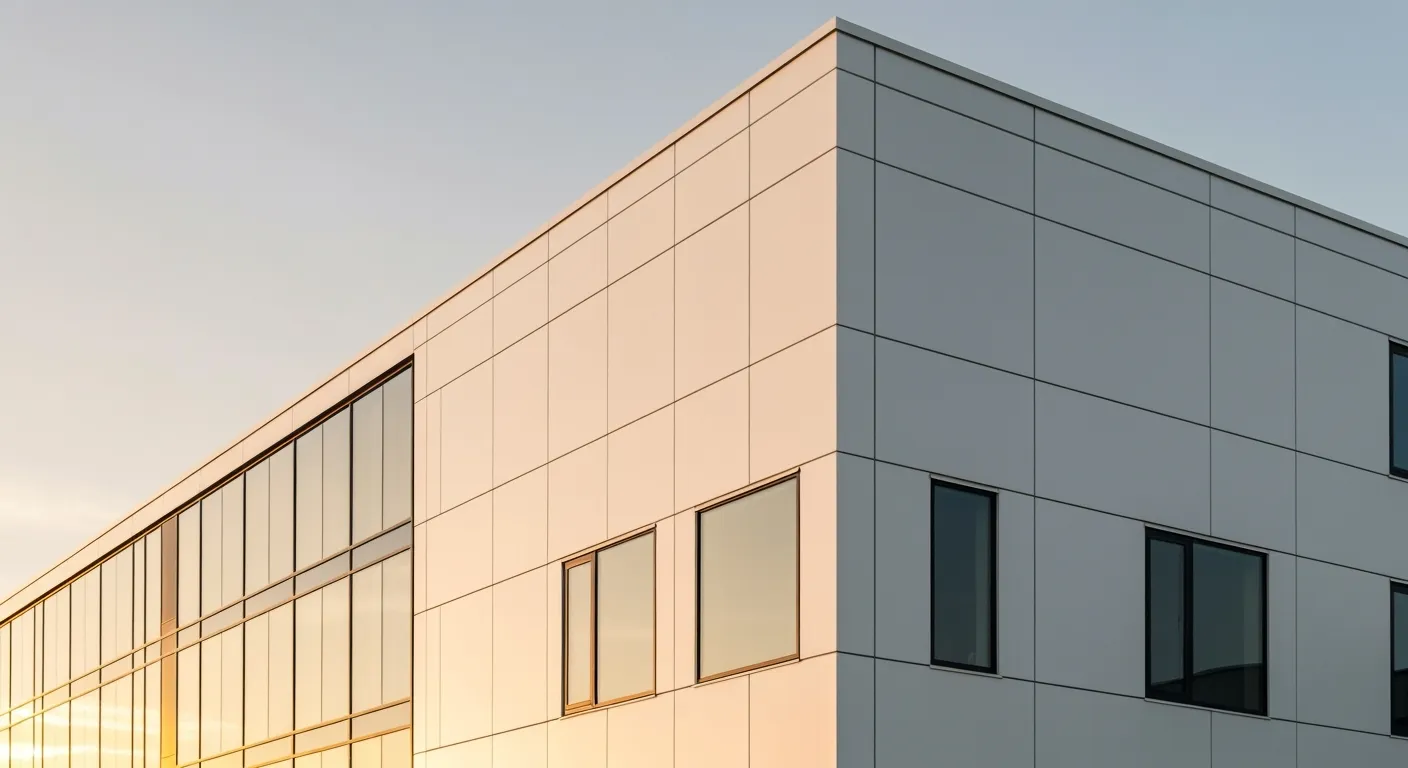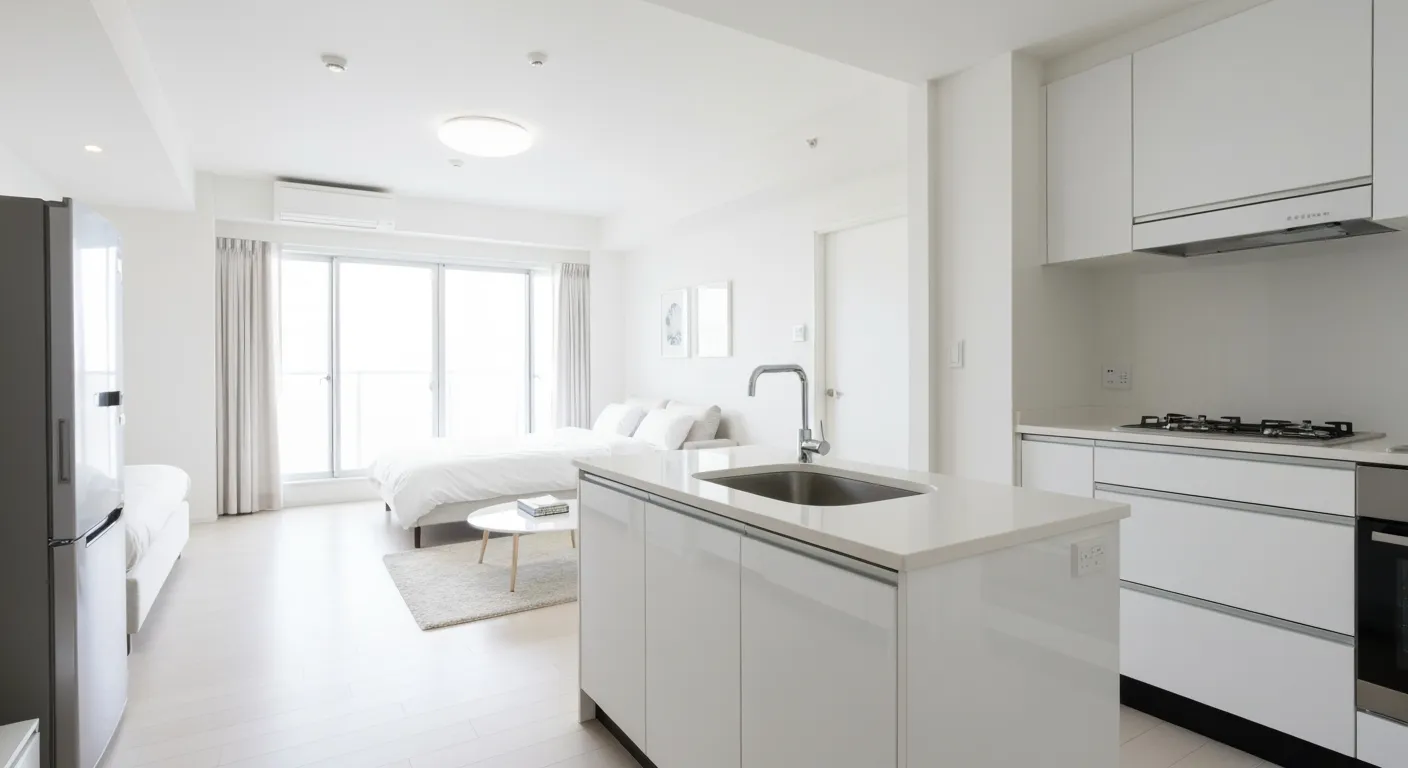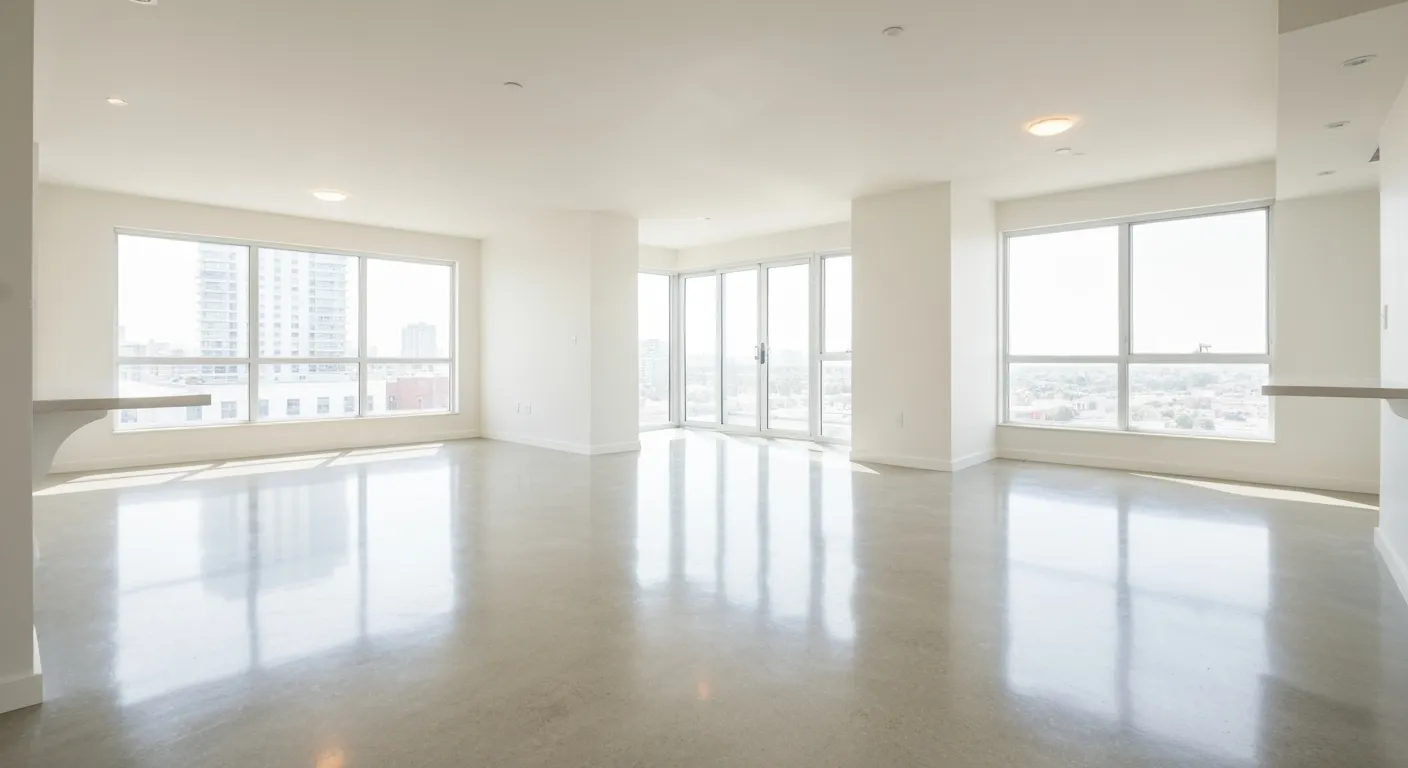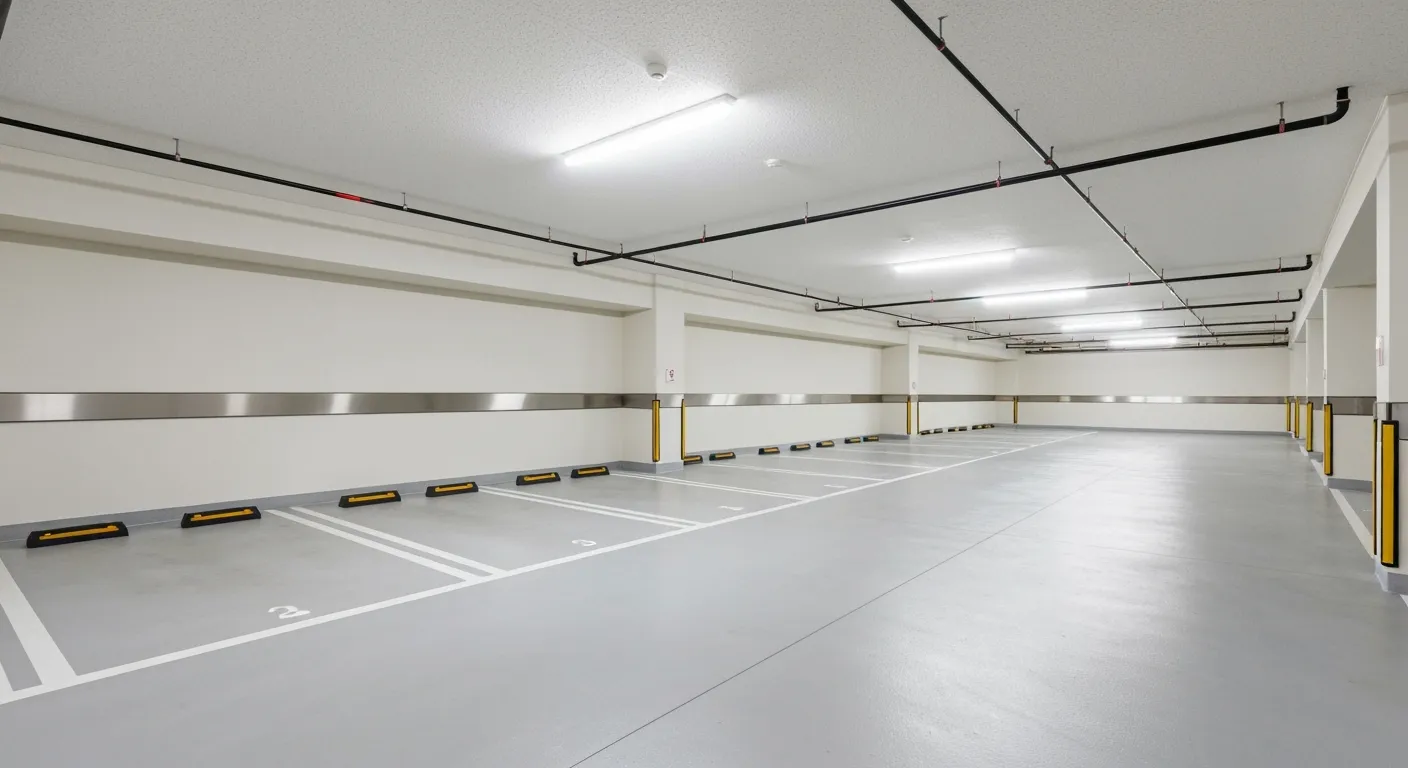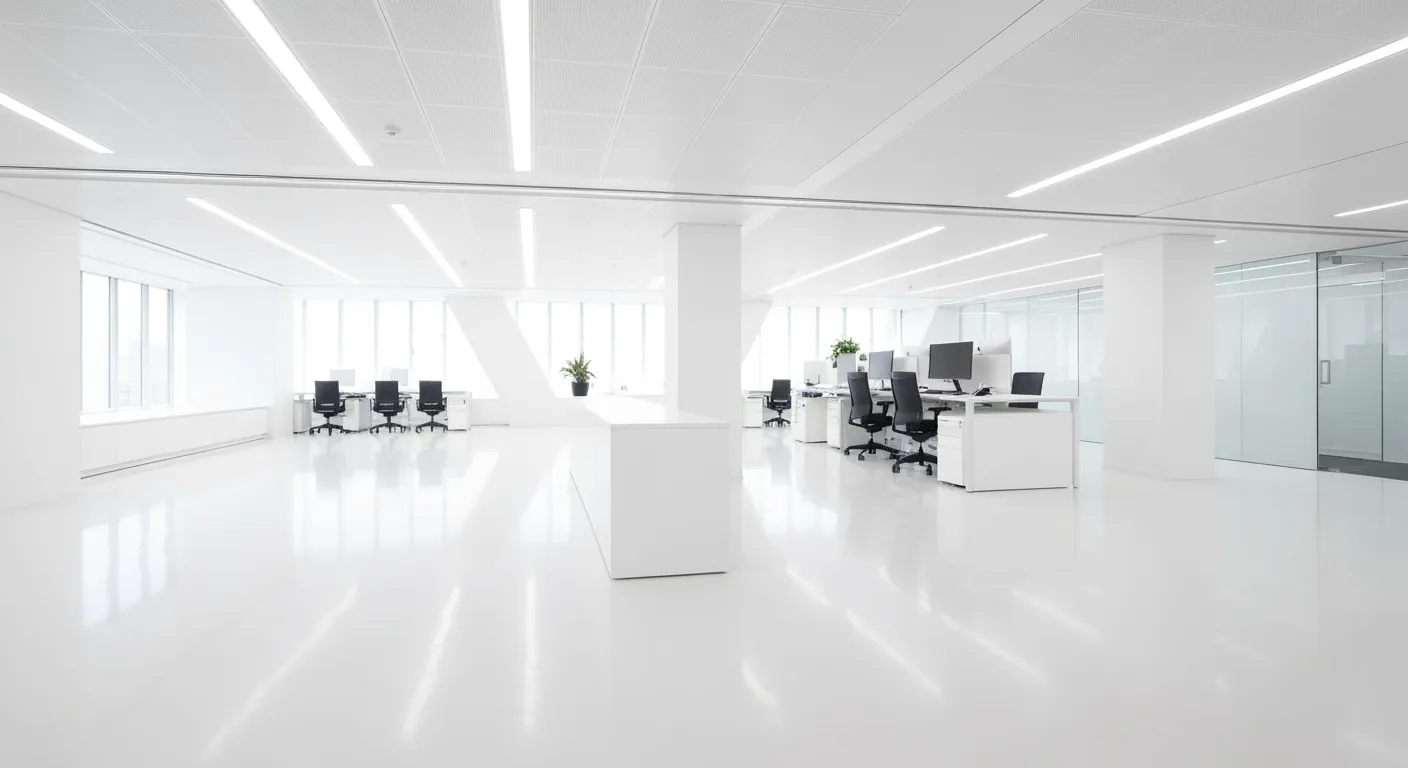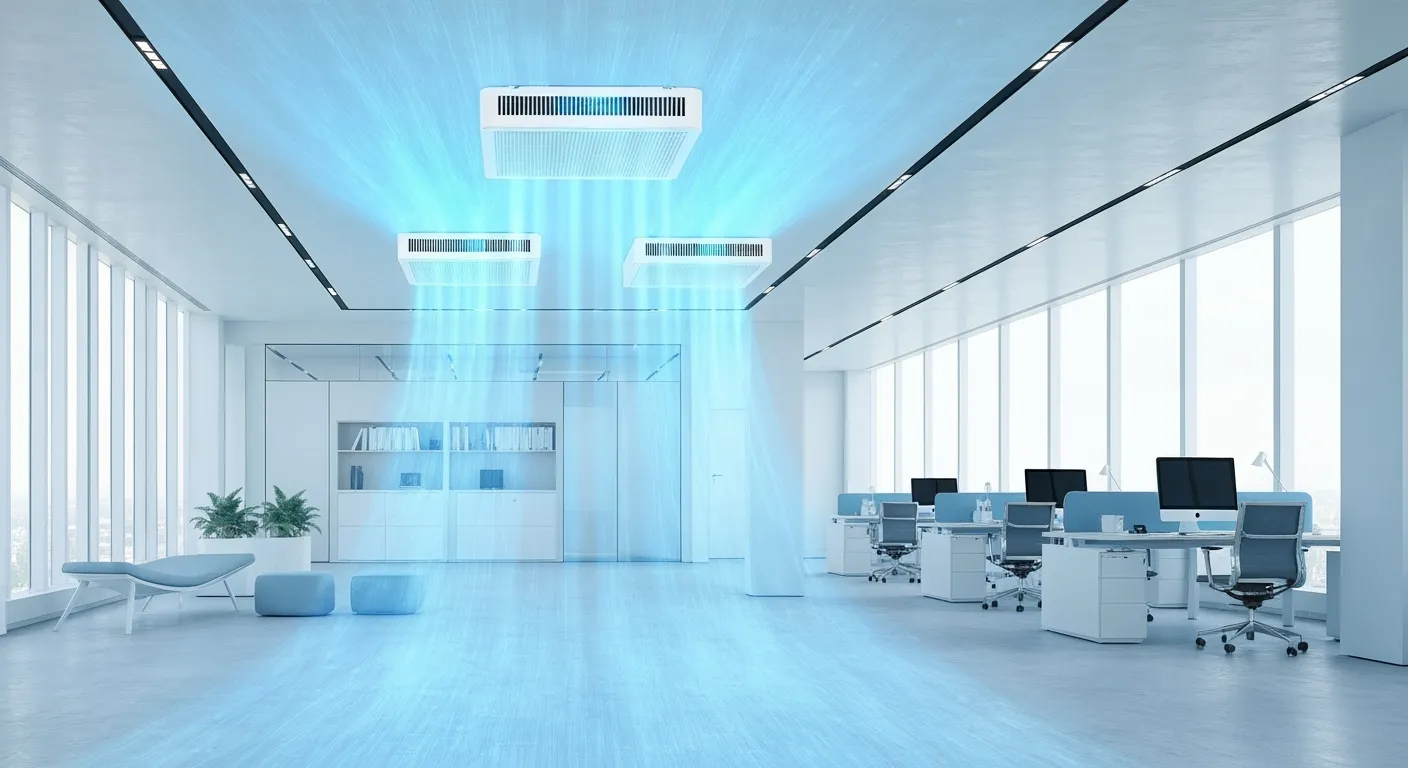Multi-Family Building Cleaning Statistics: Usage, Frequency, and Satisfaction

Exploring the Growth and Complexities of Cleaning Services in Multi-Family Housing
The multi-family building cleaning sector is undergoing significant transformation driven by evolving resident expectations, technological advances, and market growth. Understanding usage patterns, resident satisfaction, and service performance is critical for property managers and service providers aiming to enhance living environments and tenant retention. This article delves into market trends, frequency of cleaning service usage, satisfaction levels, and key challenges faced by the industry, supplemented by data-driven insights and comparative analyses to support informed decision-making.
Market Growth and Emerging Trends in Multi-Family Building Cleaning

What are the current market trends and research findings in multi-family building cleaning?
The multi-family building cleaning market is experiencing robust growth, with an expected increase of USD 37.8 billion from 2025 to 2029. During this period, the industry is forecasted to expand at a compound annual growth rate (CAGR) of 5.9%. This growth is driven mainly by the rising popularity of multifamily dwellings, which demand tailored cleaning services to maintain hygiene and health standards.
Recent research highlights a shift towards adopting advanced cleaning technologies like electrostatic spray disinfection and eco-friendly practices. These innovations not only enhance cleaning efficiency but also align with the industry’s focus on sustainability. Cleaning companies are increasingly incorporating specialized equipment and technology, such as AI-powered service management tools, to improve service quality and communication.
The industry landscape is highly competitive, with vendors forming strategic alliances to broaden their reach and service offerings. This trend allows companies to deliver more comprehensive solutions, ranging from general cleaning to deep cleaning, sanitizing, and disinfection.
Customer satisfaction remains a central focus, with providers emphasizing trained staff who are bonded and insured, ensuring dependability and trust. The emphasis on service quality has positively impacted resident perceptions, especially in the multifamily sector, where reviews in 2024 show a notable 50% increase in compliments compared to complaints—a record high since 2021 and tied with 2019 for the third-best since 2003.
Overall, the market trend indicates a move towards more hygienic, technologically advanced, and customer-centric cleaning services that meet modern expectations for health and safety.
Usage Patterns and Cleaning Frequency in Multi-Family Properties
How often are cleaning services typically utilized in multi-family buildings and what are the common usage patterns?
Cleaning services in multi-family buildings are generally scheduled on a weekly basis for several essential areas. These include common spaces such as hallways, stairways, elevators, lobbies, laundry rooms, gyms, pools, and restrooms. Such regular cleaning helps maintain a healthy environment and ensures operational smoothness.
High-traffic areas, like entrances and shared seating areas, experience more foot traffic. As a result, these spaces often require cleaning multiple times each week or even daily during busy times. Amenities such as gyms and pools need frequent disinfection, sometimes multiple times daily, especially during peak usage hours, to uphold hygiene standards.
The frequency of cleaning also depends heavily on the building’s occupancy levels and specific activity patterns. Buildings with more residents or higher visitor numbers typically require more frequent cleaning. In addition, factors like the age of the building, the type of amenities offered, and the location can influence the cleaning schedule.
Commercial elements within these complexes, for example, leasing offices or shared event spaces, may also be part of routine cleaning plans. These areas might see weekly or bi-weekly deep cleaning, with supplementary spot cleaning as needed.
Overall, establishing a routine cleaning schedule is vital for maintaining safety, cleanliness, and tenant satisfaction in multi-family buildings. Appropriately tailored cleaning frequencies help prevent the buildup of dirt, grime, and germs, which is especially important given the ongoing emphasis on hygiene and health.
Resident Satisfaction with Cleaning and Maintenance Services

What levels of resident satisfaction are generally reported concerning cleaning and maintenance services in multi-family housing?
Resident satisfaction in multi-family housing tends to be high when cleaning and maintenance are regular, thorough, and professionally executed. Properties that prioritize the cleanliness of common areas like lobbies, hallways, elevators, and outdoor spaces see better resident responses.
The introduction of advanced cleaning technology, such as electrostatic spray disinfection, has helped improve service quality, leading to happier residents. These technologies allow for more effective sanitizing, especially vital in a post-pandemic era focused on health and hygiene.
Conversely, poor maintenance, particularly plumbing issues or inefficient waste management, can reduce satisfaction drastically. Residents often express frustration when their concerns are not addressed promptly.
In addition to routine tasks, effective communication from property managers, timely responses, and a friendly, professional cleaning staff significantly boost overall satisfaction. Many residents highlight the importance of consistent service quality and staff interaction in their reviews.
Therefore, investing in high-standard, consistent cleaning protocols and responsive maintenance translates directly into higher resident retention and positive reviews, reflecting a community that values hygiene and attentive service.
Analyzing Customer Feedback: Statistical Insights into Preferences and Sentiment
Safety and hygiene priorities
Data from online reviews and surveys show that residents in multi-family buildings highly value safety and hygiene in cleaning services. Customers often highlight the importance of effective sanitation and germ eradication, especially amid ongoing health concerns. Sentiment analysis reveals that around 89% of feedback is positive, with high scores attributed to thorough cleaning and sanitization. Consumers also express trust in eco-friendly cleaning products, emphasizing the need for safe ingredients.
Eco-friendly product preferences
Environmental considerations are increasingly influencing customer choices. Feedback indicates a strong preference for cleaning products that are labeled as 'green,' 'natural,' or 'chemical-free.' Residents appreciate products that are both effective and environmentally responsible. Service providers responding to this trend often incorporate eco-friendly solutions, which are reflected in increased positive reinforcement and loyalty.
Key satisfaction metrics
Several satisfaction metrics help assess overall performance. The Net Promoter Score (NPS) remains high, with many residents willing to recommend their cleaning services. Satisfaction ratings show an upward trend, reaching approximately 89%. Compliment and complaint patterns in reviews highlight improvements in staff interaction, communication, and overall service quality. Notably, mentions of amenities and facility features have declined, implying a shift toward valuing service and hygiene over physical amenities.
Data-driven service tailoring
By analyzing large volumes of online reviews and survey responses, cleaning companies can identify what customers value most. Metrics like ingredient transparency and scent quality are areas for targeted improvement. For example, the analysis reveals strong preferences for pleasant scents coupled with germ-fighting efficacy, guiding product formulation choices.
Implementing data-driven insights enables providers to customize their services, increase customer satisfaction, and build loyalty. Understanding specific concerns, such as rising pet waste complaints and parking issues, helps design better communication strategies. Overall, leveraging statistical feedback allows cleaning services to adapt effectively to customer expectations in multi-family environments.
Impact of Cleaning and Maintenance on Property Management and Resident Retention

How do cleaning and maintenance services impact property management outcomes, online reviews, and resident retention?
Effective cleaning and maintenance practices significantly influence the success of property management, particularly within multifamily communities. When maintenance issues are addressed promptly and cleaning standards are high, residents tend to feel more satisfied and valued, which directly improves online reviews. In 2024, residents' online feedback reflected this trend, with compliments about service and communication increasing, and complaints about amenities and clarity of charges declining.
High-quality services foster trust between residents and property managers, encouraging lease renewals and reducing turnover. Since a large portion of potential residents consult online reviews, maintaining a positive reputation is crucial. Poor maintenance or neglected cleaning can lead to negative reviews, damaging the community’s image and deterring prospective tenants.
Community satisfaction hinges on more than just the physical environment; it also depends on communication, transparency, and responsiveness. As operational areas like customer service have improved, resident loyalty and satisfaction have increased.
Influence on resident loyalty and lease renewals
Loyalty and lease renewals are closely tied to residents’ satisfaction with cleanliness and maintenance. When properties consistently demonstrate attentiveness, residents are more likely to stay longer, paying attention to how well their needs are met.
In 2024, residents showed a preference for improved communication, which correlates with better maintenance experiences. Clear and honest billing, along with responsive maintenance, enhances trust, encouraging residents to renew their leases.
Role of maintenance quality in community satisfaction
The quality of maintenance and cleaning directly impacts community satisfaction levels. Well-maintained properties with clean communal areas and efficient repairs create a positive environment that residents want to be part of.
Residents' feedback indicates that attention to maintenance and cleanliness results in fewer complaints and more praise, strengthening the community’s overall reputation. Conversely, inadequate upkeep can lead to increased pet waste complaints and parking issues, which need strategic solutions.
Strategies for enhancing property management outcomes
To improve community satisfaction and online reputation, property managers should focus on:
- Investing in trained, dependable staff to ensure consistent cleaning and maintenance.
- Streamlining communication channels to quickly address resident concerns.
- Incorporating specialized technology, such as electrostatic spray disinfection, to boost hygiene.
- Enhancing transparency in billing and service procedures to build trust.
- Monitoring feedback trends to identify areas for improvement, such as pet waste management and parking policies.
This proactive approach helps maintain high cleanliness standards, fosters positive resident relationships, and sustains a thriving, vibrant community.
Leveraging Data-Driven Insights to Optimize Cleaning Practices

What data-driven insights can be leveraged to improve cleaning practices and increase resident satisfaction in multi-family buildings?
In today’s competitive cleaning industry, utilizing data-driven insights has become essential to delivering high-quality services and boosting resident satisfaction in multi-family buildings. These approaches enable managers and cleaners to make informed decisions, optimize operations, and respond proactively to residents’ needs.
One effective method is the use of real-time monitoring and analytics. Sensors installed in common areas and high-traffic zones can track usage patterns, including foot traffic and frequency of surface contact. This data allows cleaning teams to prioritize areas that require immediate attention, ensuring hygiene standards are upheld without wasting resources on less-used spots.
Predictive maintenance and scheduling further enhance cleaning operations. By analyzing historical data on equipment and facility issues, property managers can anticipate when appliances or systems need servicing, reducing unplanned disruptions. Scheduled deep cleaning and sanitization become more efficient when timed according to observed usage trends, leading to a more consistent environment.
Importantly, resident feedback plays a crucial role. Collecting and analyzing survey data, online reviews, and direct comments help identify specific areas for improvement. For instance, if residents frequently mention pet waste or parking issues, management can adjust cleaning schedules or implement targeted improvements to address these concerns.
Integrating all these data sources supports operational improvements. Enhanced communication channels keep residents informed about cleaning schedules and policy updates, fostering trust and transparency. Clear communication about billing and service expectations also builds confidence, reducing misunderstandings especially related to complex fee structures.
In sum, leveraging data analytics helps building managers adopt a proactive, tailored approach to cleaning and maintenance. This not only ensures a cleaner, healthier environment but also elevates resident satisfaction, leading to better reviews and loyalty.
Challenges in Cleaning and Maintenance of Multi-Family Housing and Effective Solutions

What are the general challenges faced in cleaning and maintenance of multi-family housing, and what solutions are effective?
Managing cleaning and maintenance in multi-family housing communities presents several hurdles. Aging infrastructure often leads to increased repair needs and compliance issues with safety and building regulations. High resident turnover can complicate ongoing maintenance efforts and disrupt consistent service quality.
Pest control is another common challenge, especially with increased pet ownership, which correlates with more pet waste complaints. Shared amenities such as laundry rooms, hallways, and outdoor spaces require regular upkeep to prevent deterioration and ensure a pleasant environment for residents.
To address these issues, property managers are adopting proactive maintenance strategies. Regular inspections help identify potential problems early, preventing costly repairs later. Leveraging technology, like property management software and Internet of Things (IoT) devices, streamlines scheduling, monitoring, and reporting tasks.
Specialized services, including pest control and specialized repairs, are vital for maintaining health standards and property value. Investing in staff training enhances service delivery, especially regarding hygiene standards and resident interaction.
Digital tools and automation also play a significant role. Automated scheduling, online communication portals, and digital billing improve transparency and responsiveness. Clear communication channels help manage resident expectations and foster trust.
Partnerships with professional contractors for major upgrades ensure structural safety and compliance. Implementing preventive pest management, data-driven maintenance planning, and engaging residents in cleanliness initiatives promote a healthier, more satisfied community.
In conclusion, addressing multi-family housing challenges demands a combination of preventive planning, technological adoption, professional expertise, and effective communication. These strategies help maintain high standards of cleanliness and operational efficiency, ultimately enhancing resident satisfaction.
Performance and Satisfaction Metrics: A Comparative Perspective Across Multi-Family Contexts
How do cleaning service performance and satisfaction metrics compare across different multi-family housing contexts?
Recent studies into multi-family housing have shown that cleaning service quality and resident satisfaction vary significantly between different properties, even when these properties share similar features. This variation is often linked to residents’ differing priorities and expectations.
In some housing estates, residents value high hygiene standards and timely communication from cleaning staff. In others, factors such as staff friendliness or the use of advanced disinfection technologies influence satisfaction levels. Interestingly, performance scores for cleaning services can differ notably, impacting overall resident satisfaction.
Comparative analysis indicates that services like repair and maintenance tend to receive lower ratings and are associated with higher costs, which affects perceived value. As a result, property managers are increasingly implementing tailored benchmarking approaches, considering specific conditions and resident feedback to improve service quality.
Statistical evaluations reveal that these differences are not random but statistically significant, emphasizing that a one-size-fits-all approach is ineffective. These insights underscore the importance of context-dependent evaluation methods.
Ultimately, the performance of cleaning services and satisfaction levels are deeply intertwined with the unique characteristics of each multi-family housing environment. Crafting comprehensive, tailored evaluation frameworks can help optimize service delivery and boost resident happiness.
Summary and Forward Look: Enhancing Multi-Family Cleaning Performance and Resident Experience
Multi-family building cleaning services are a vital component of property management, profoundly impacting resident satisfaction, retention, and community reputation. The sector is marked by robust growth driven by evolving hygiene expectations, technological advances, and a focus on sustainability. Usage patterns underscore the necessity for tailored cleaning frequencies aligned with area usage and resident needs. Statistical analyses of resident feedback reinforce the importance of safety, eco-friendly products, and clear communication. Challenges including aging infrastructure and operational costs can be effectively managed through proactive maintenance plans and data-driven strategies. A nuanced understanding of performance metrics across diverse multi-family contexts supports continuous improvement. Ultimately, embracing innovation, resident-centric service models, and operational excellence will define the future of multi-family building cleaning services.
References
- Commercial and Residential Cleaning Services Market in the US to ...
- Customer Service Means More Than Amenities for 2024
- How Often Should You Clean an Apartment Complex
- How Often Should a Condo's Common Areas Be Cleaned?
- Leveraging Data Analytics in Multifamily Property Management
- Data in Action: How Resident Feedback Is Transforming Multifamily ...
- Data-Driven Cleaning: Putting the numbers and Statistics into practice


